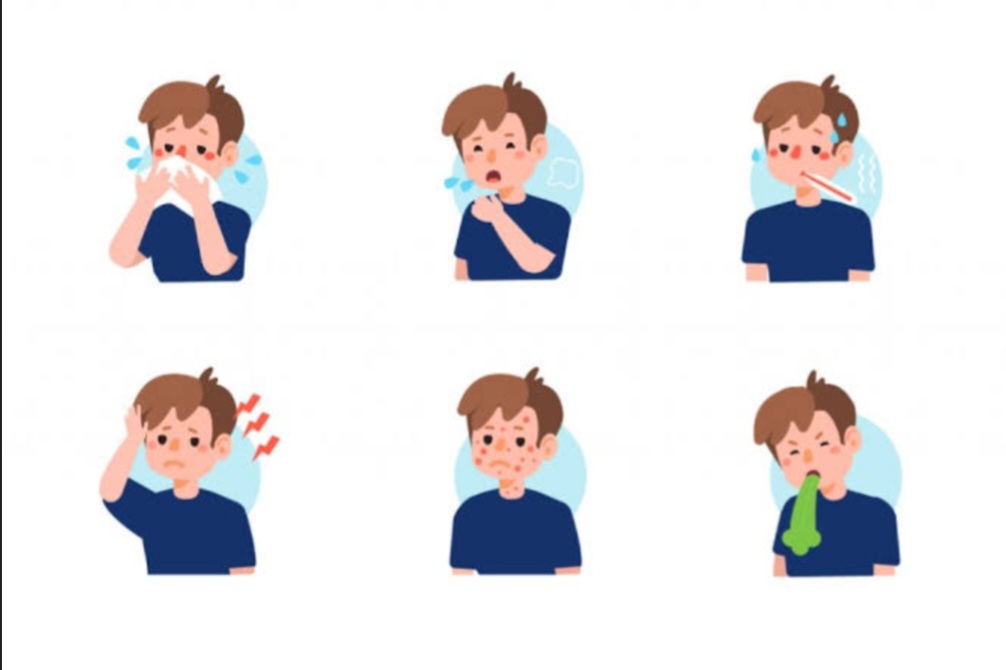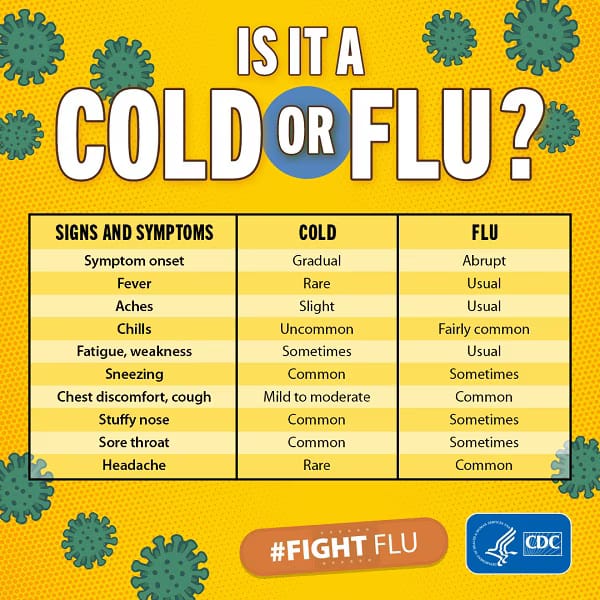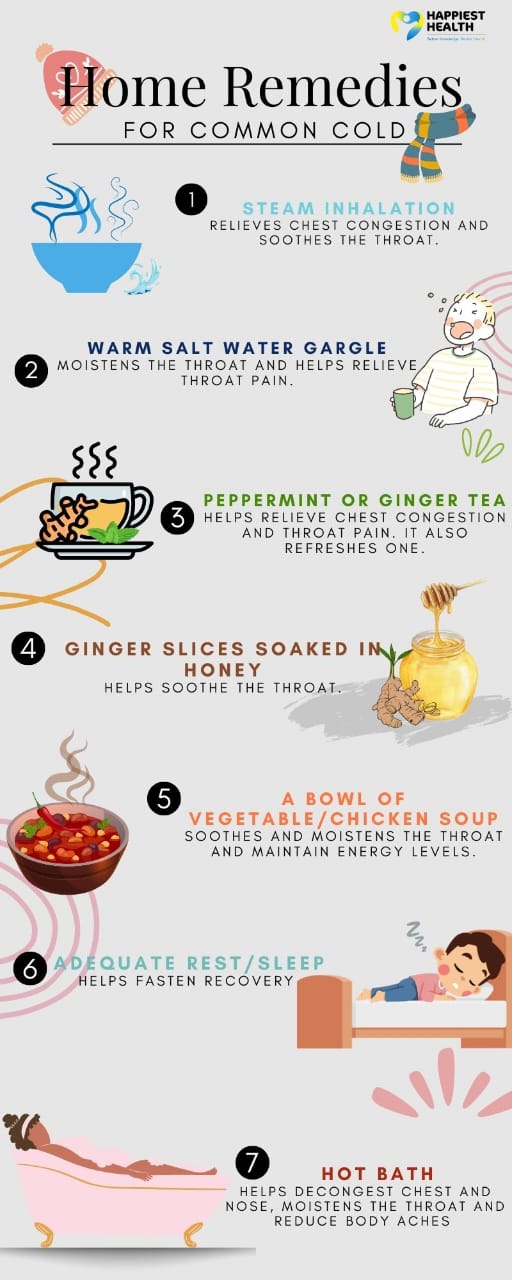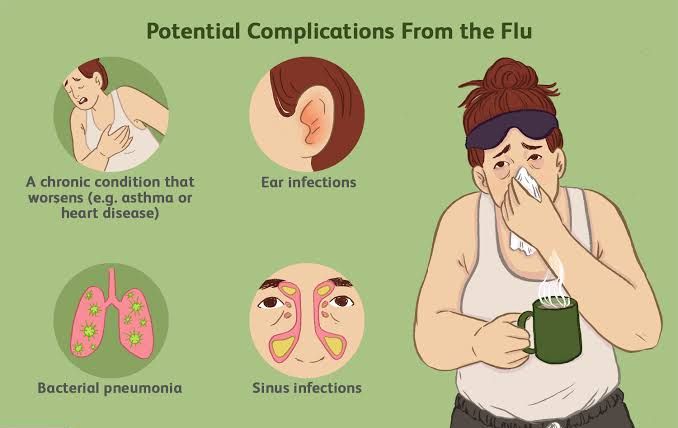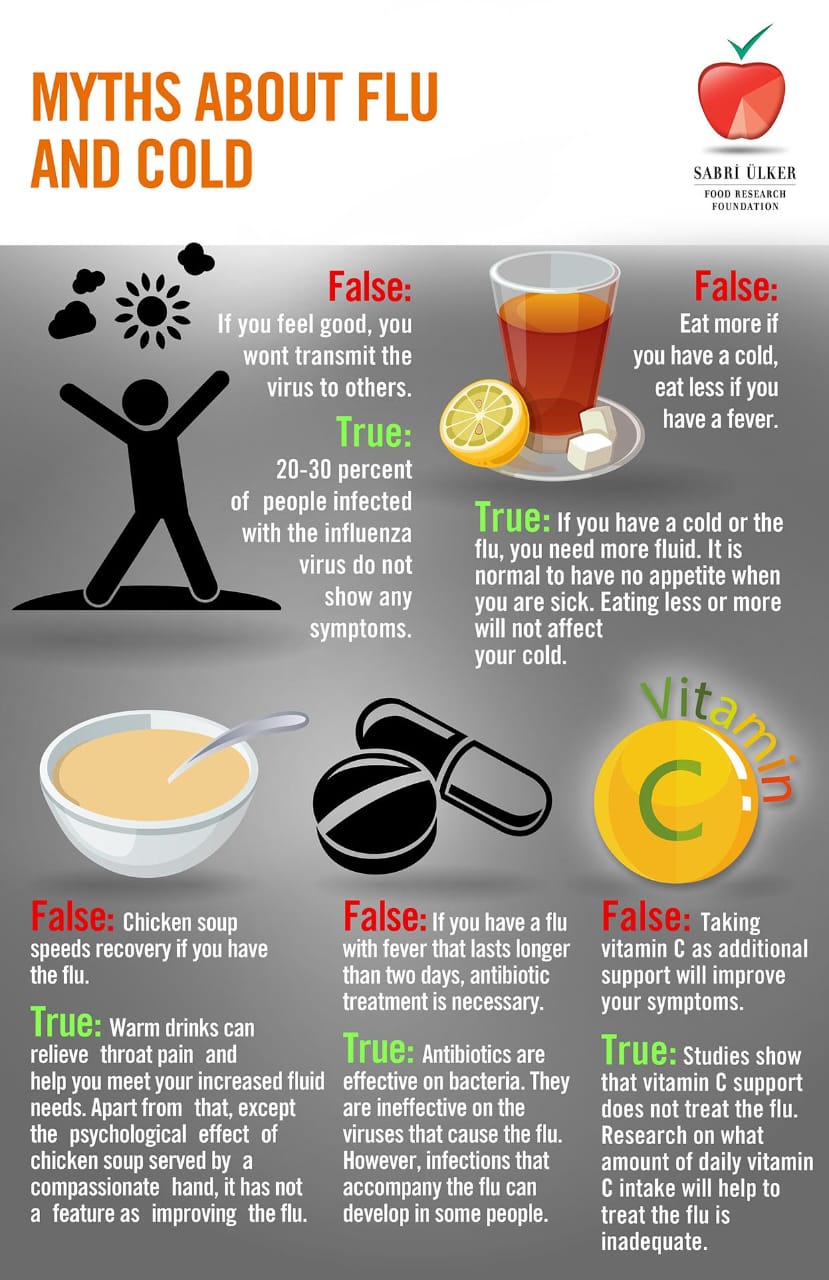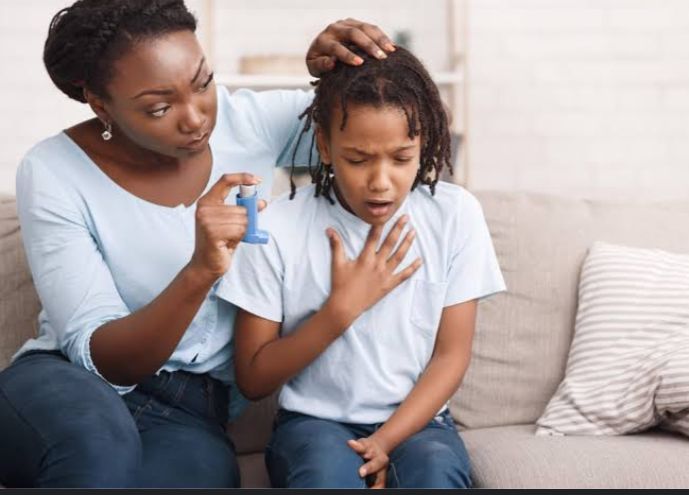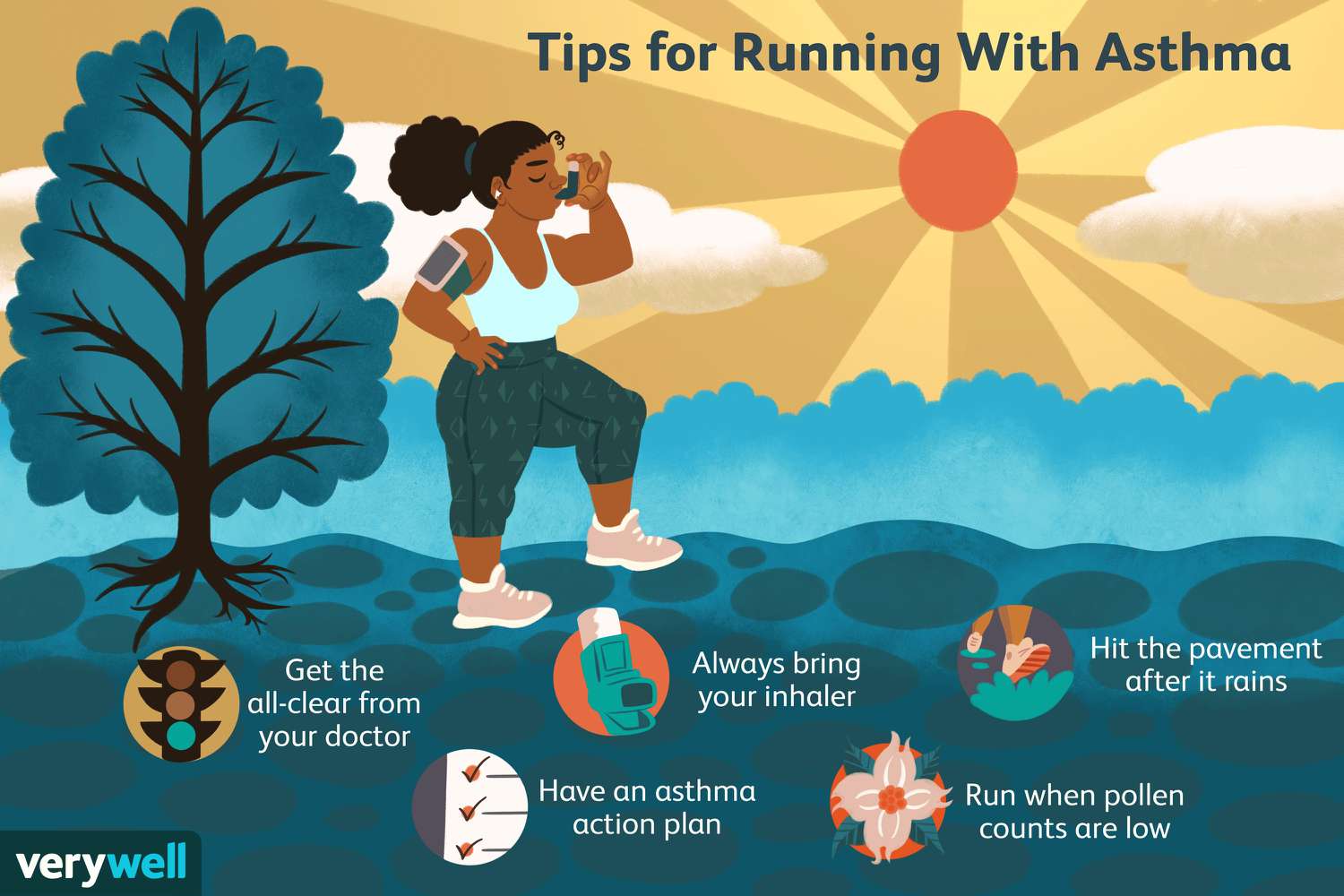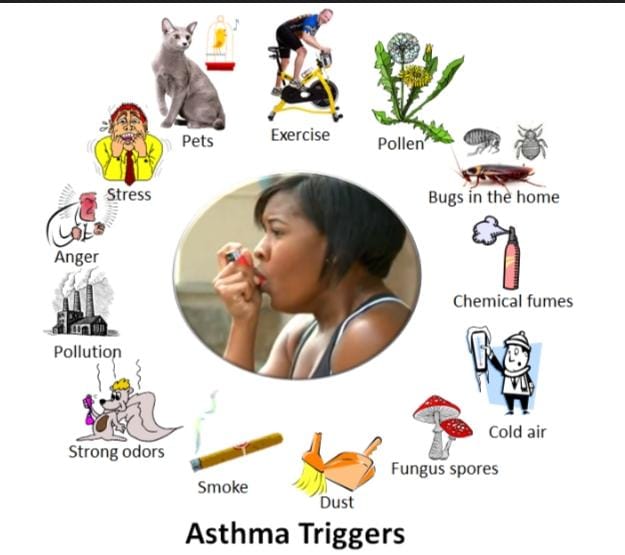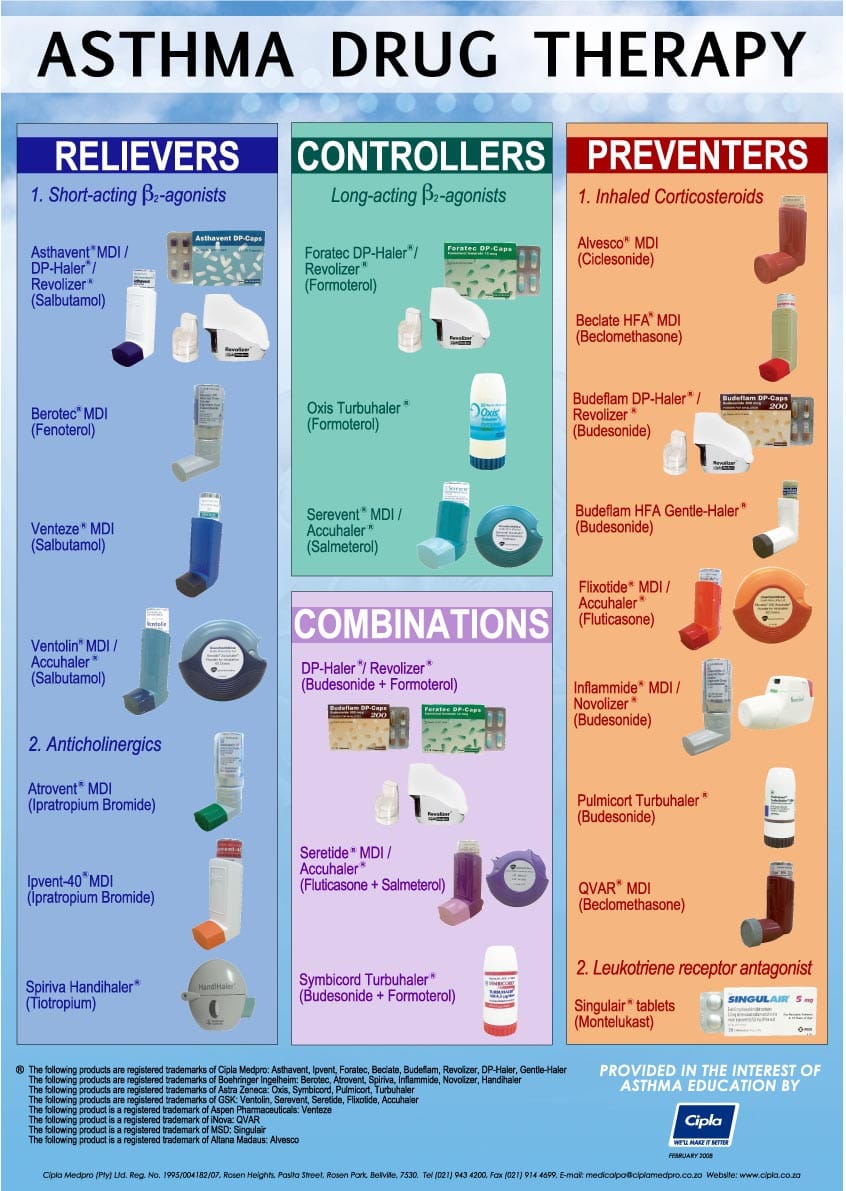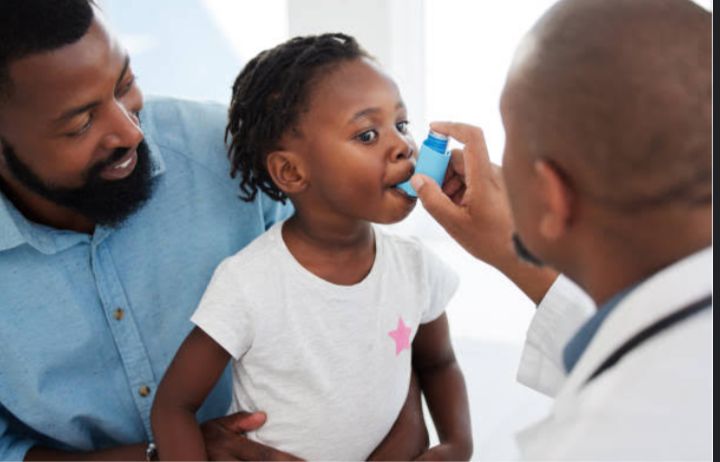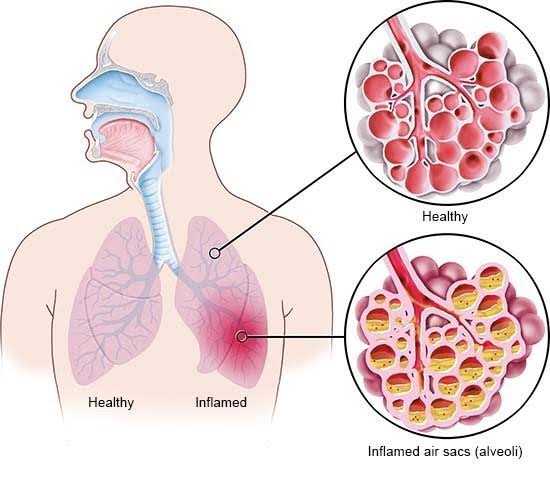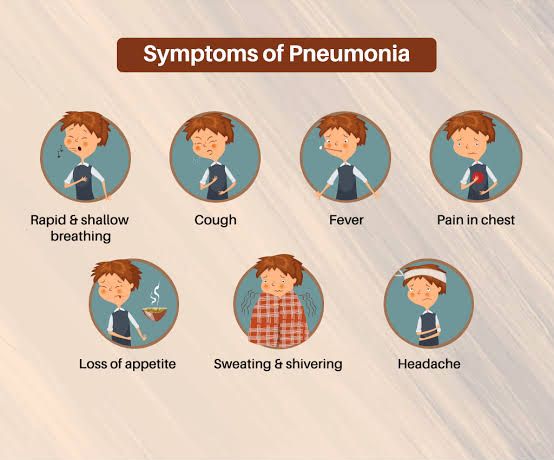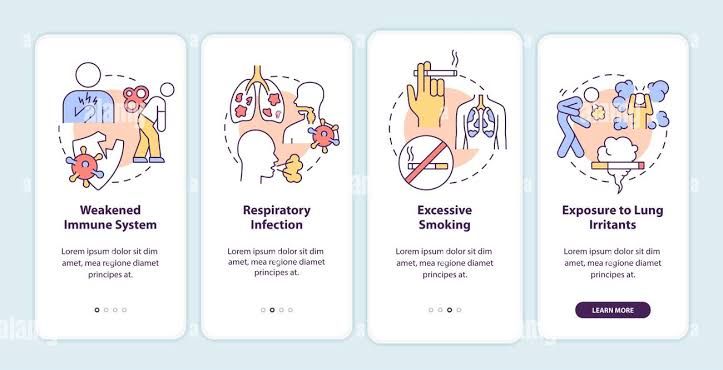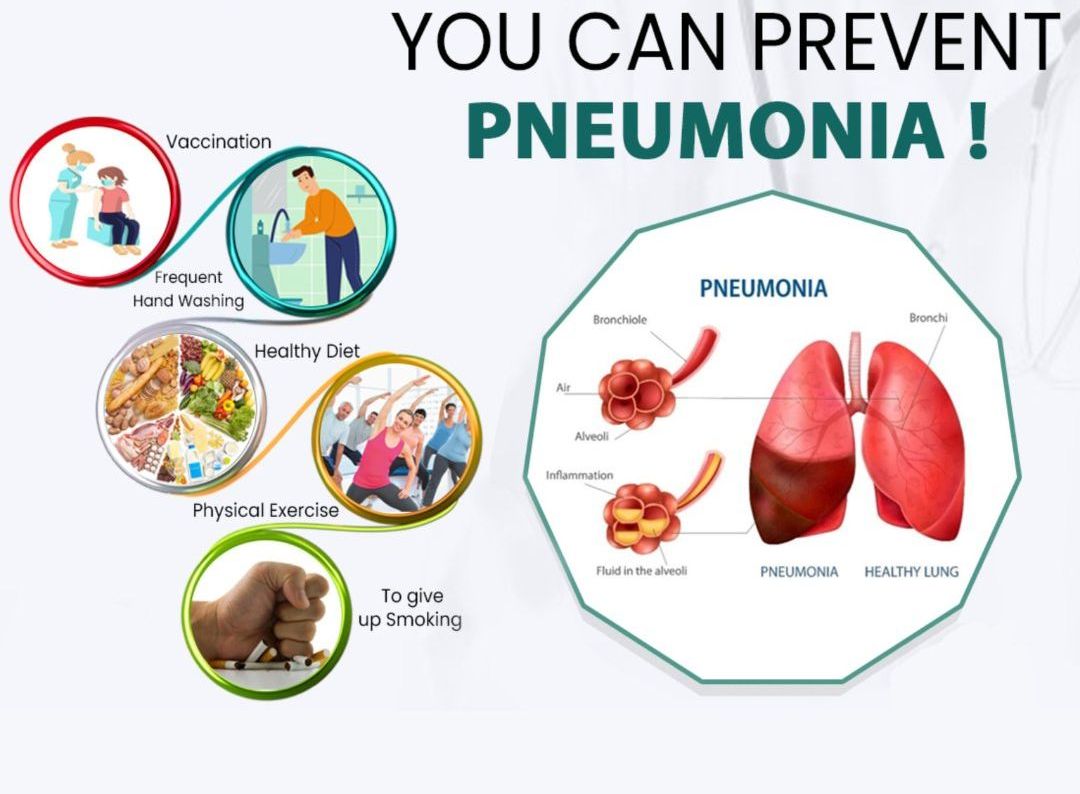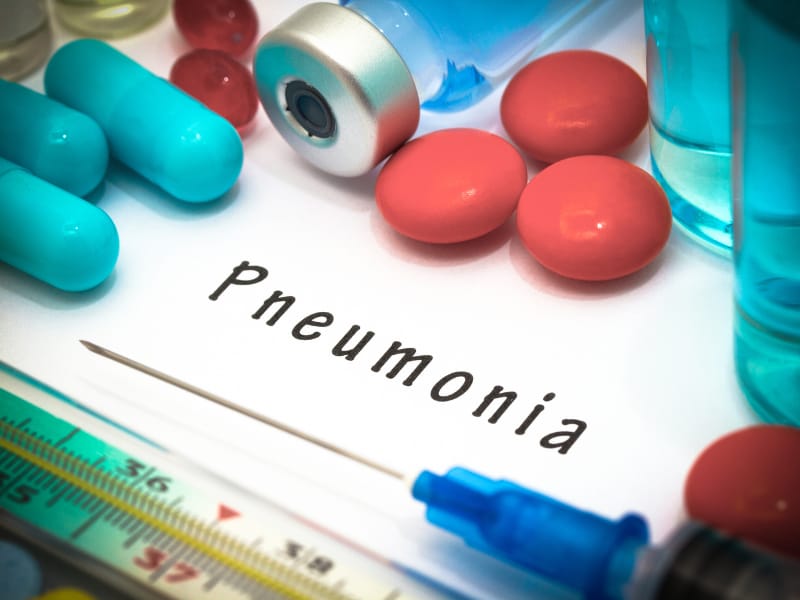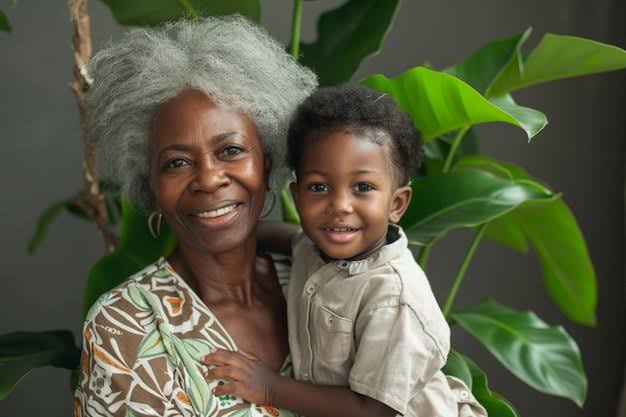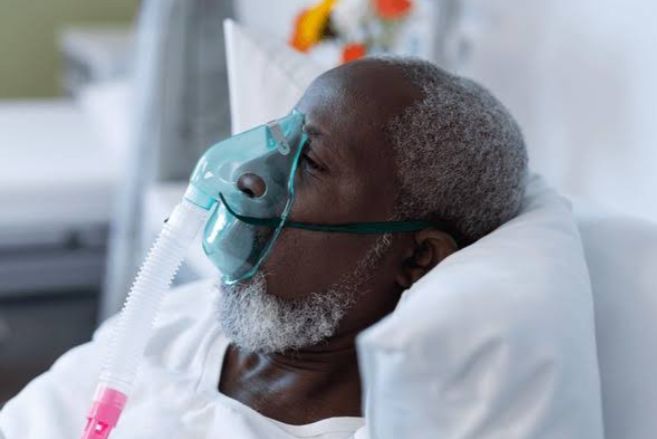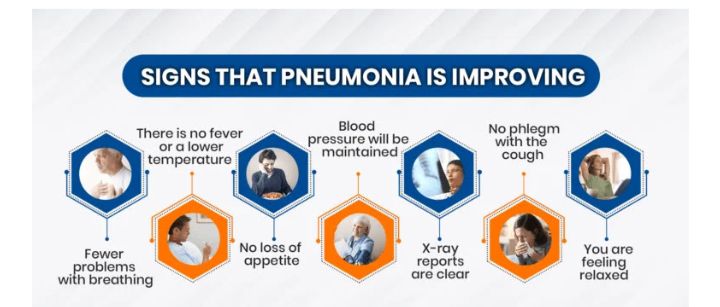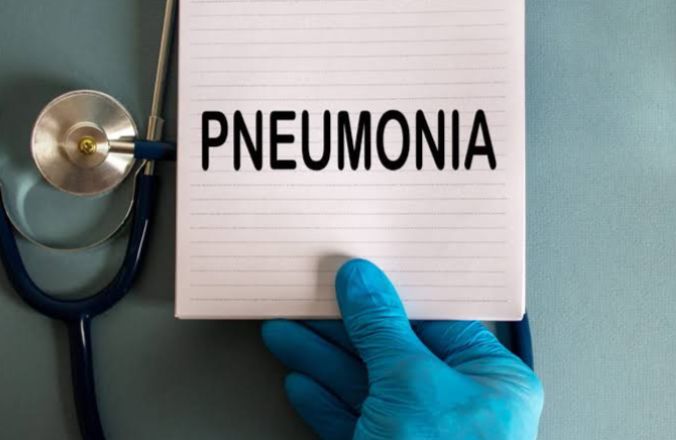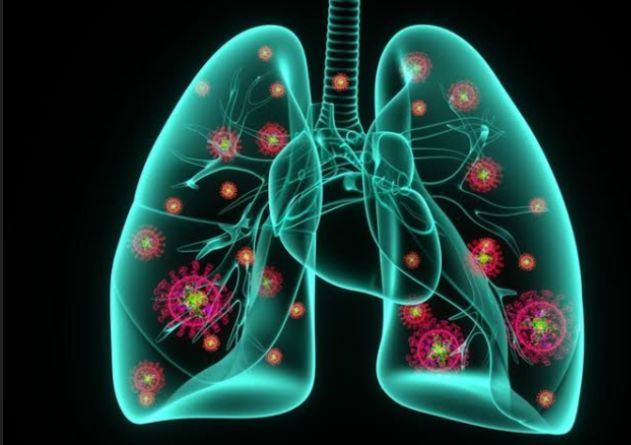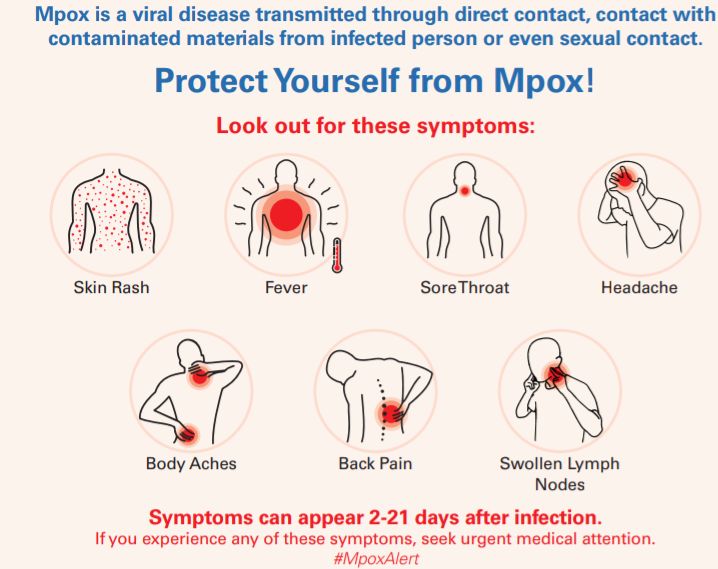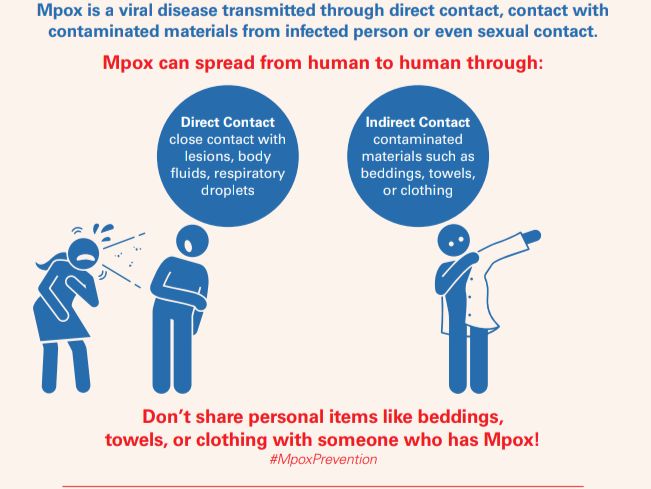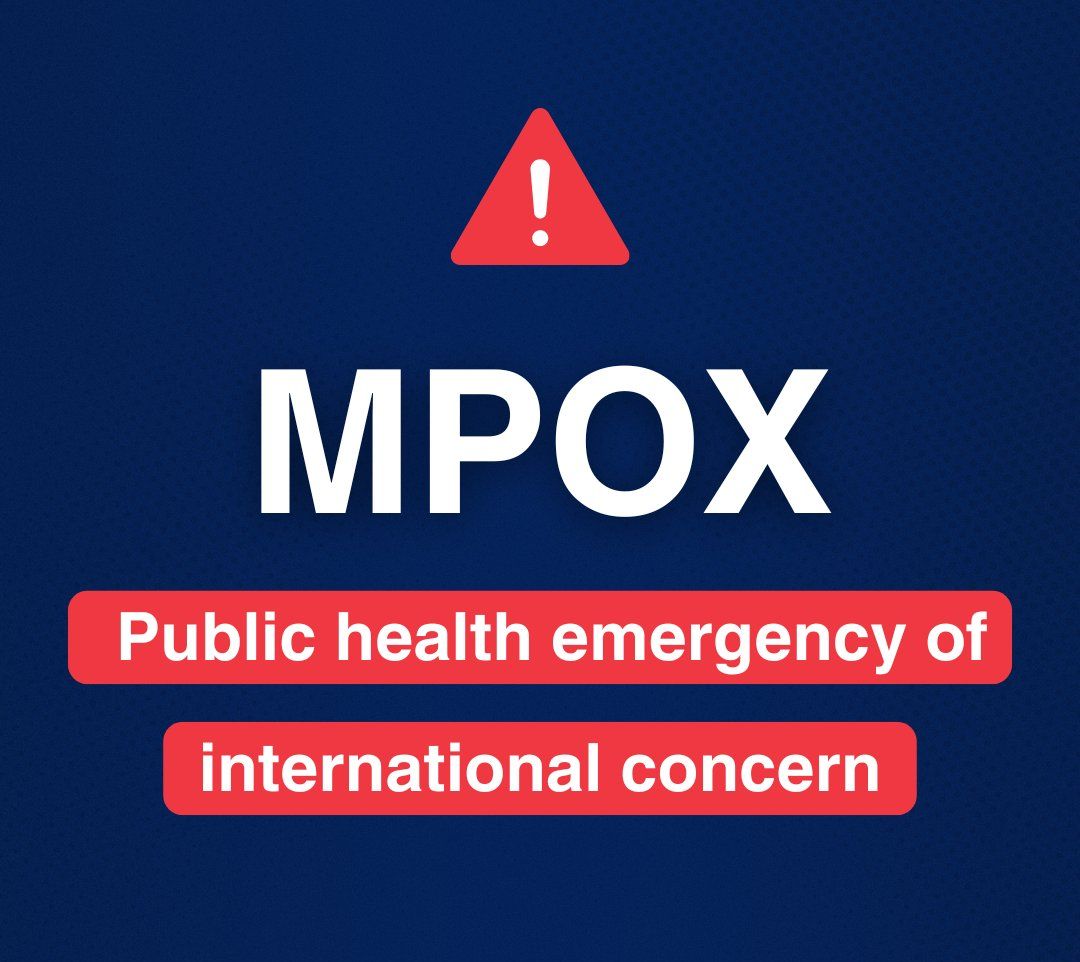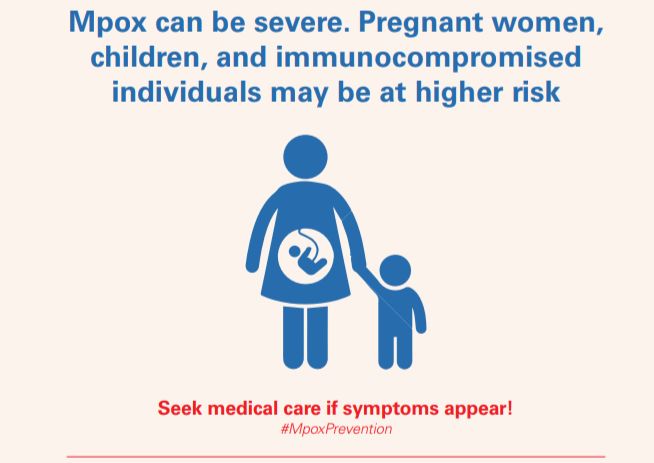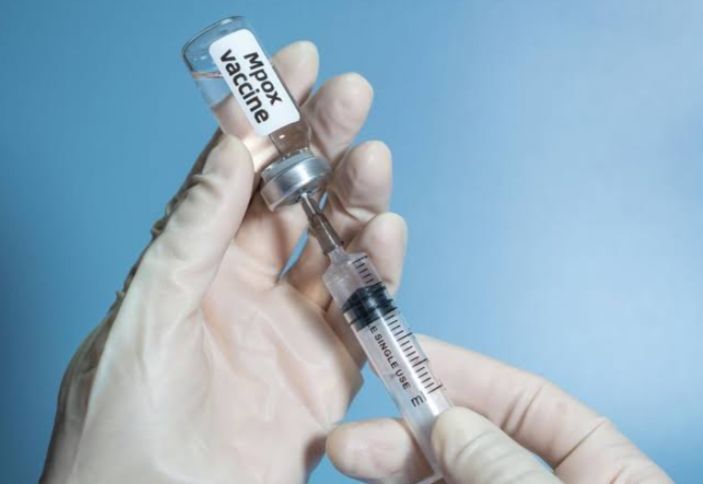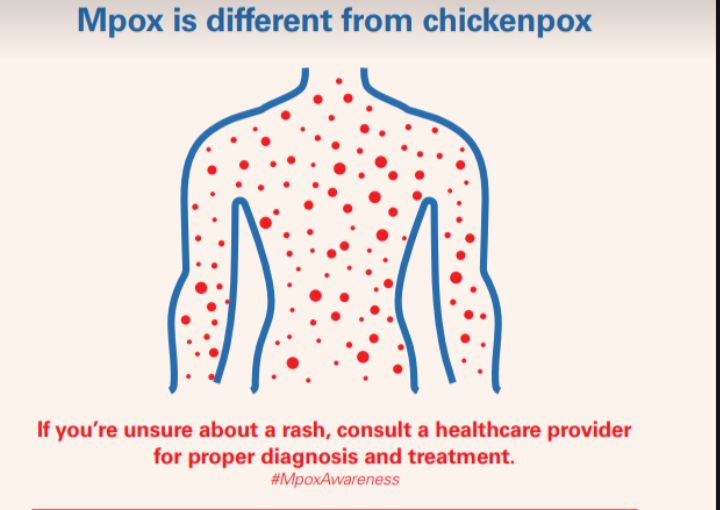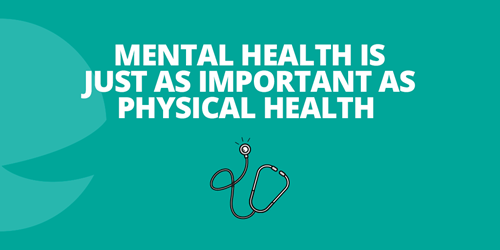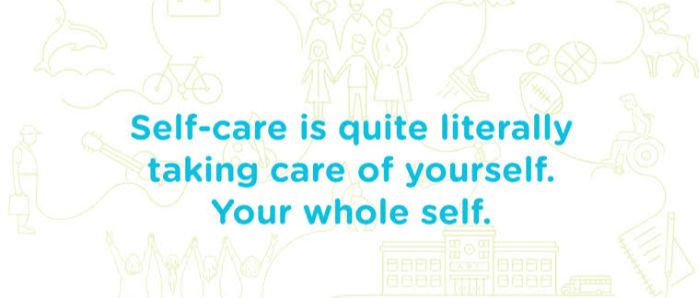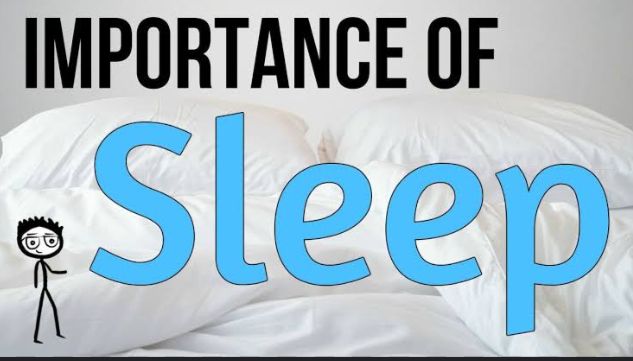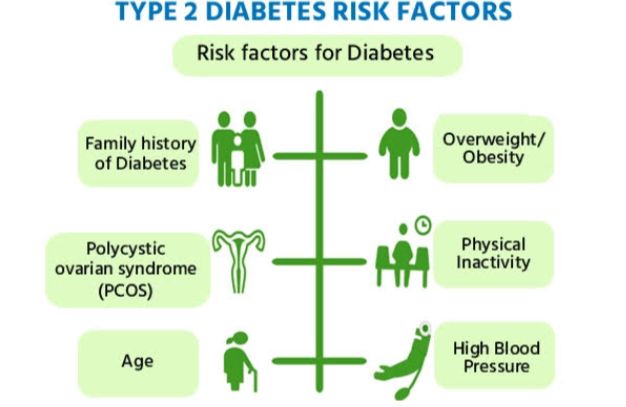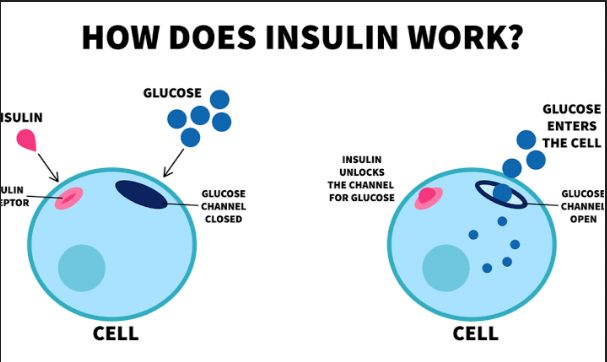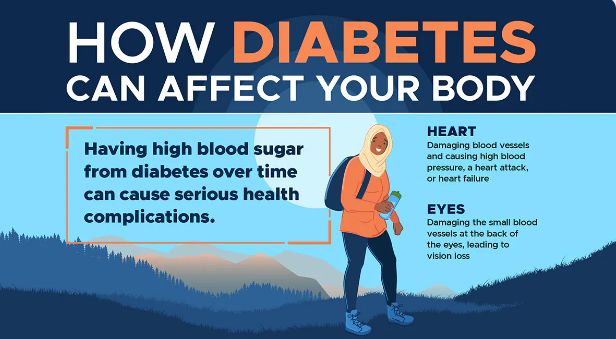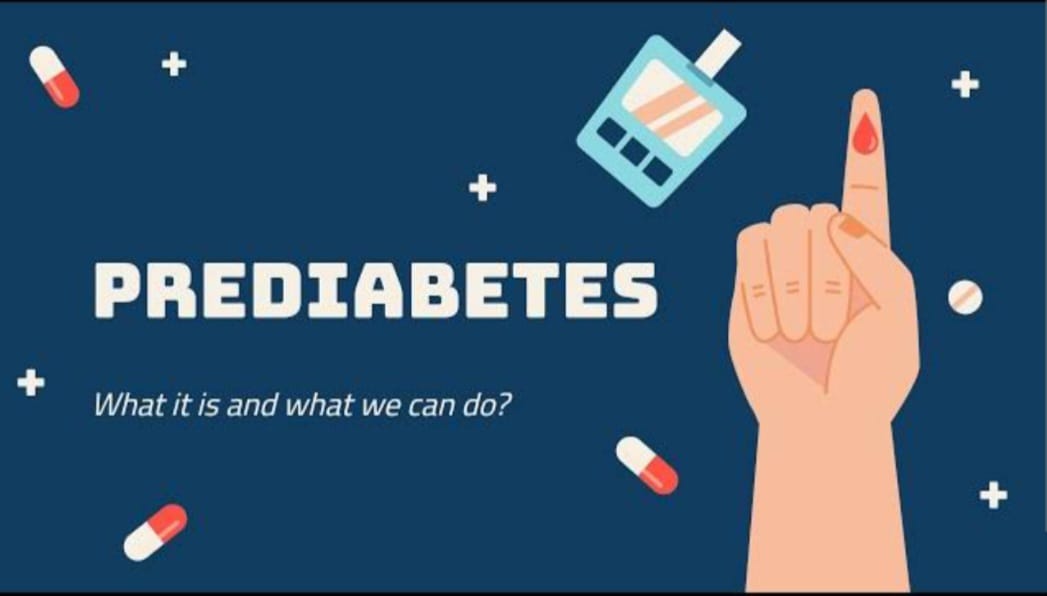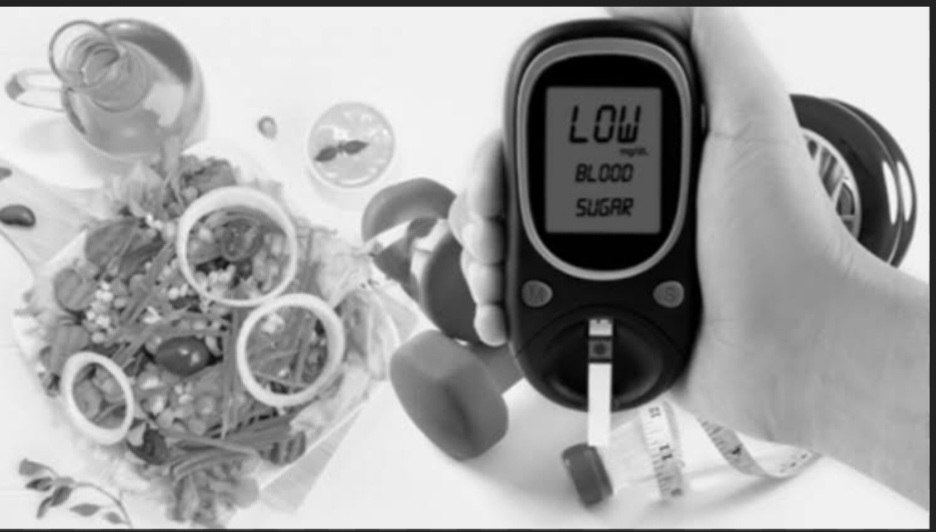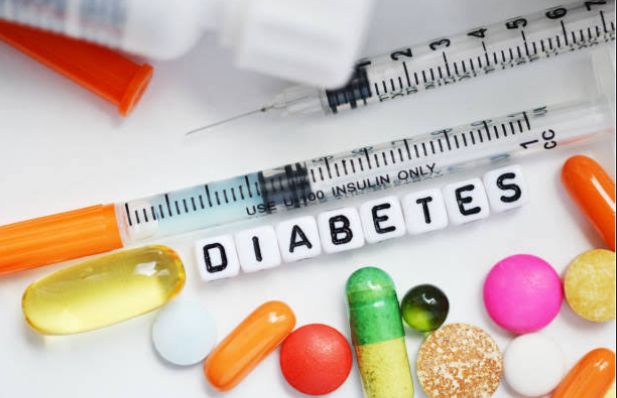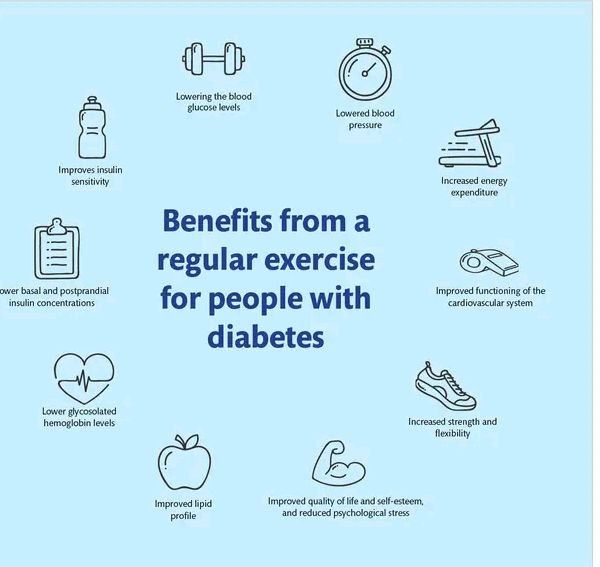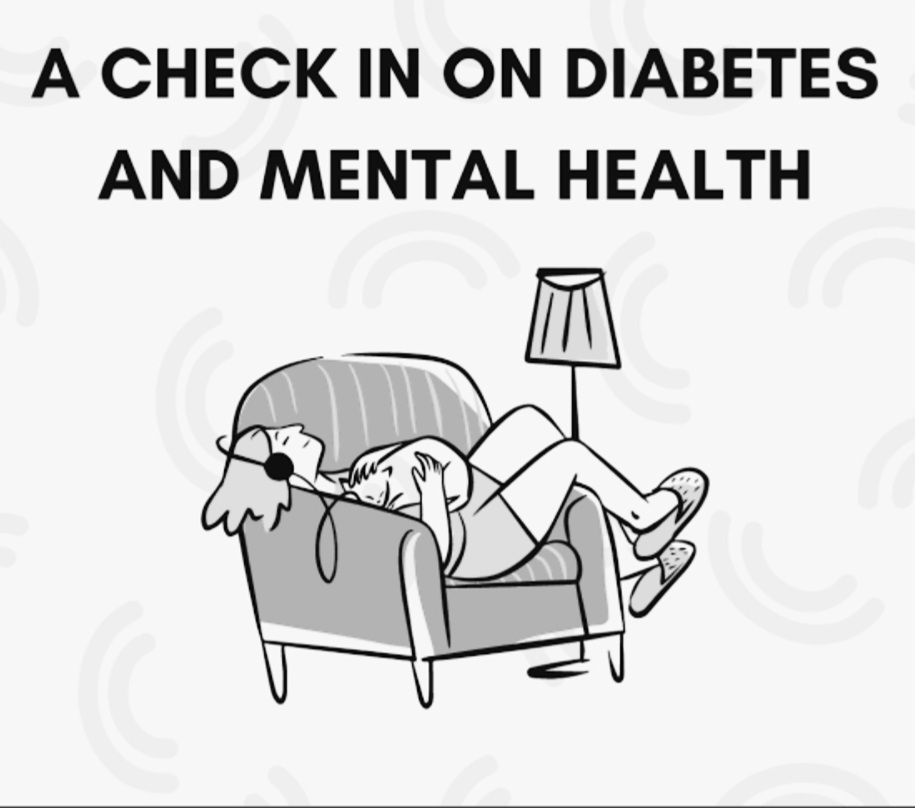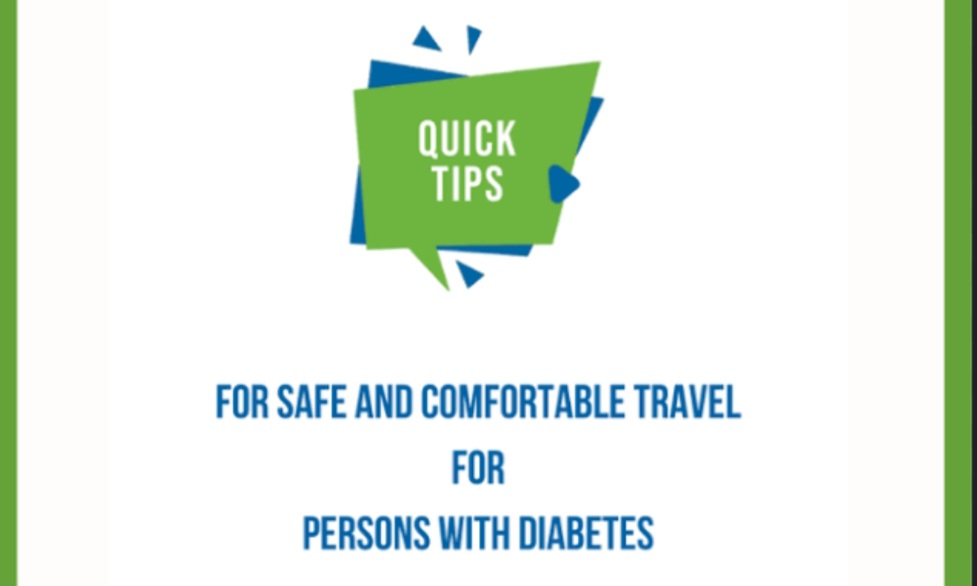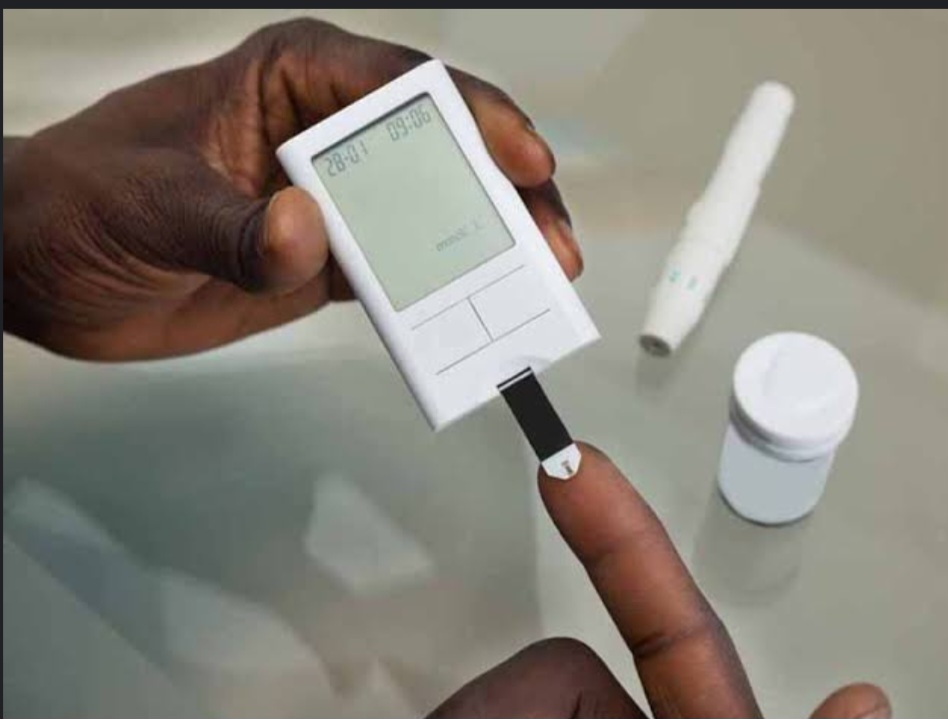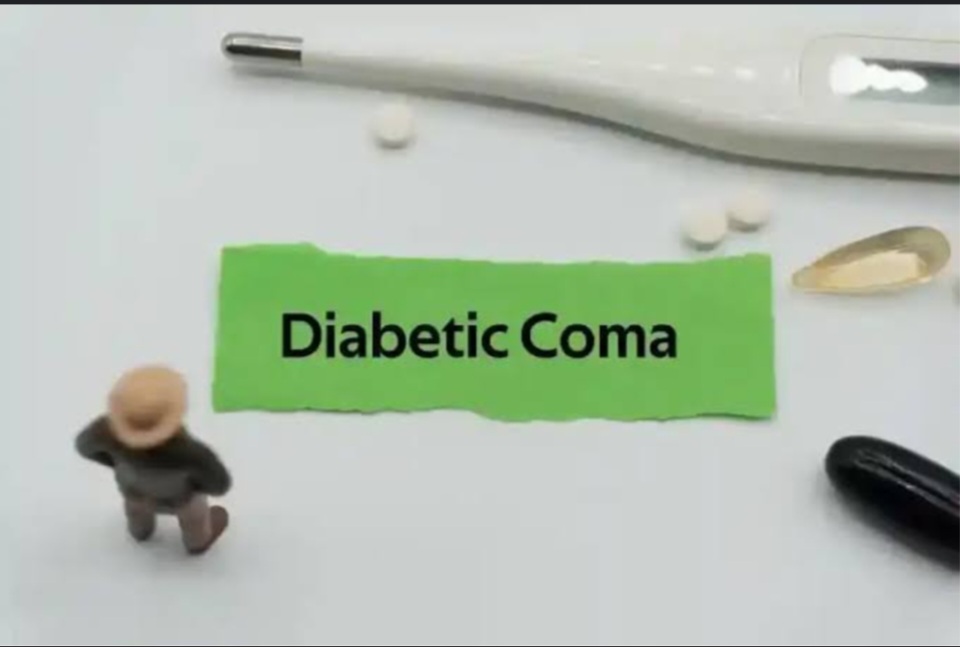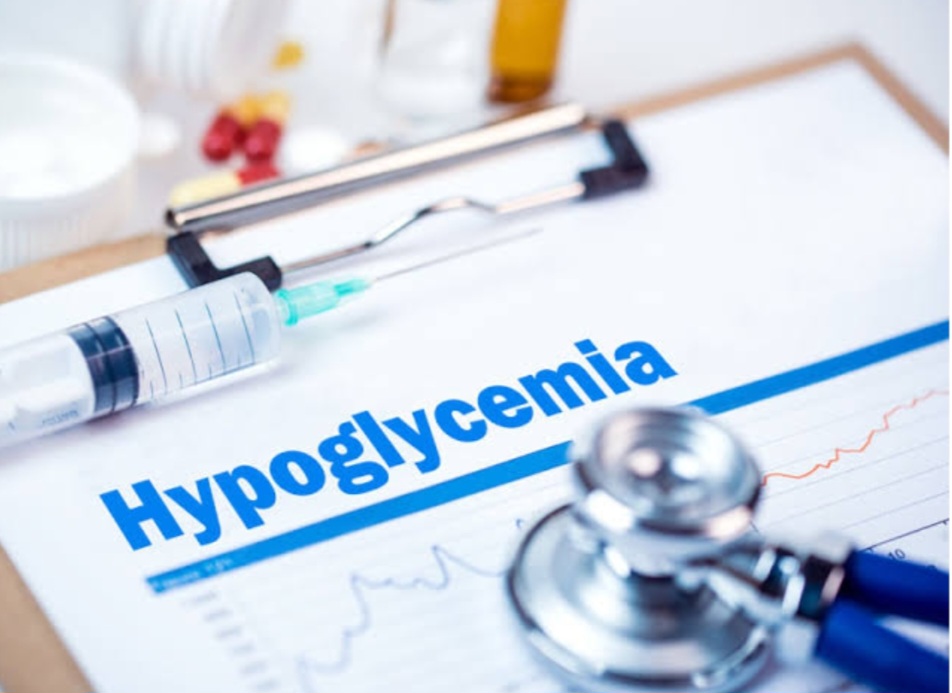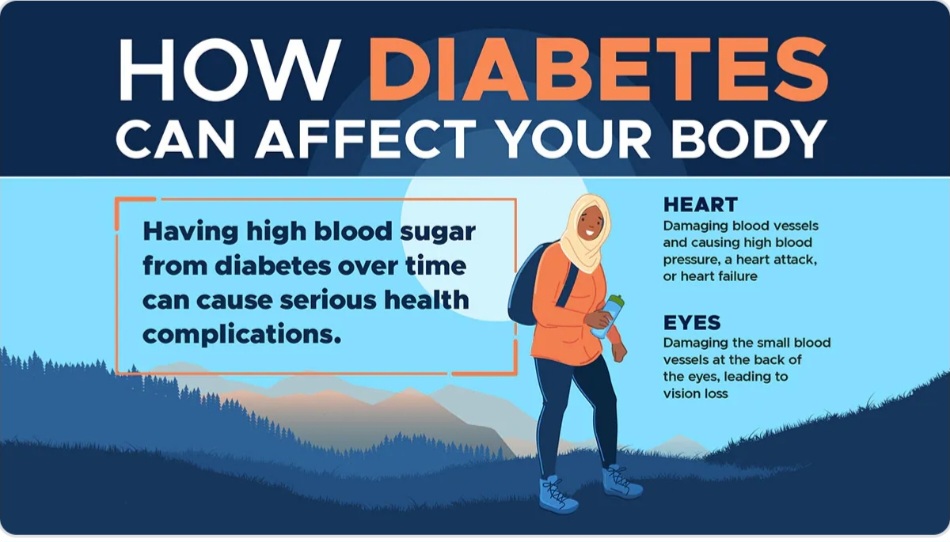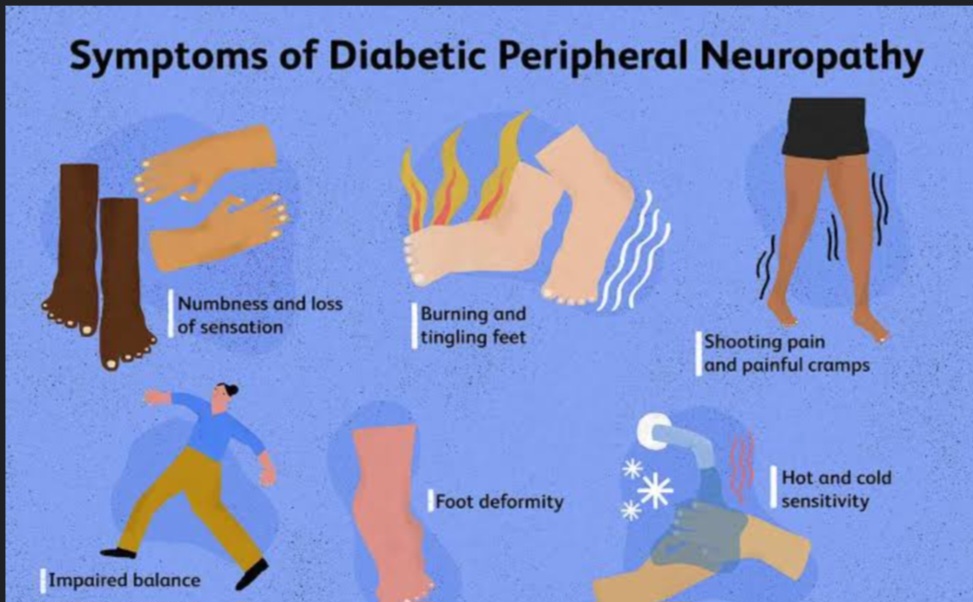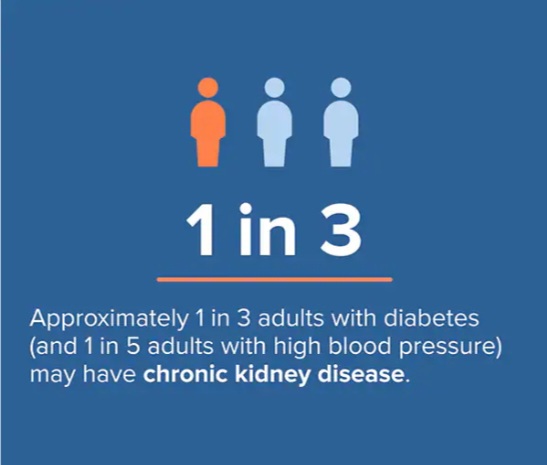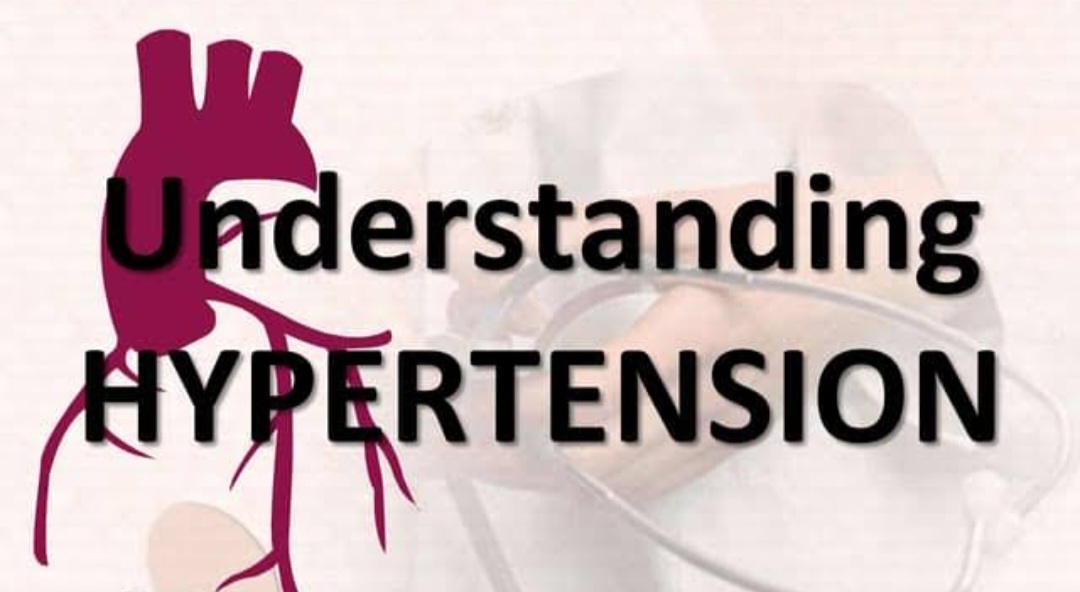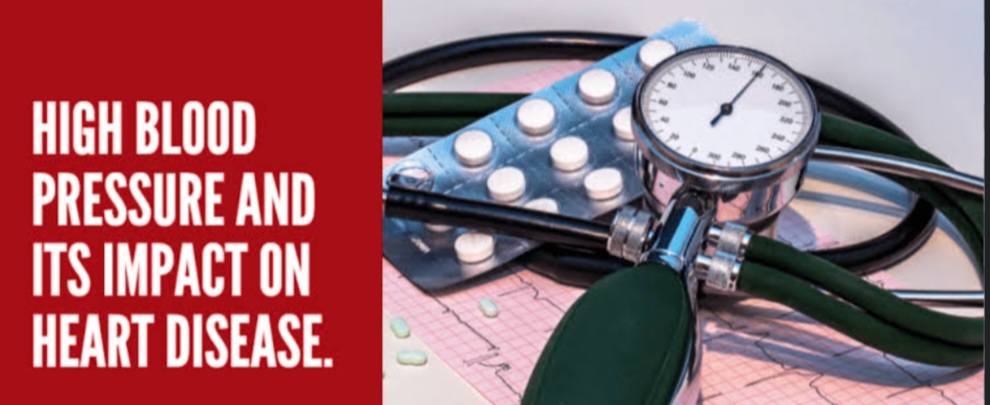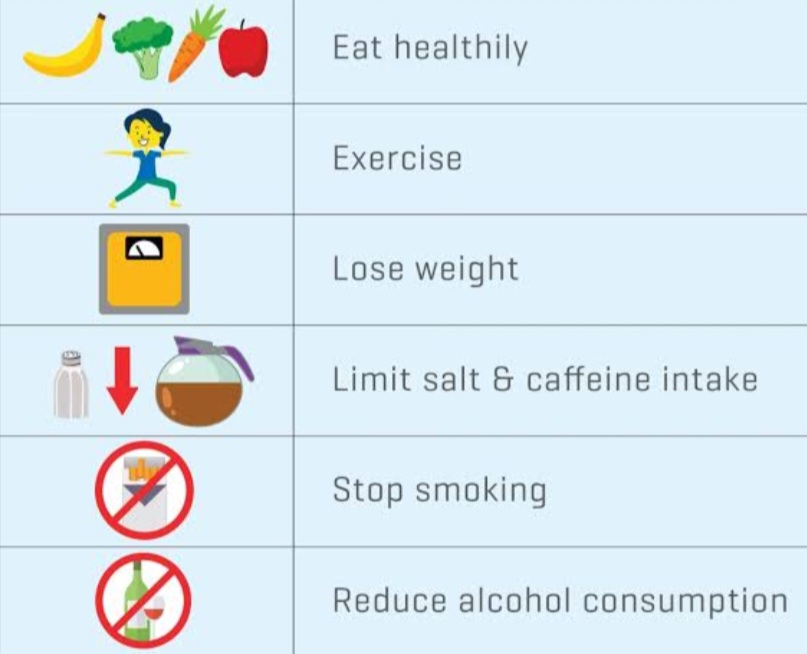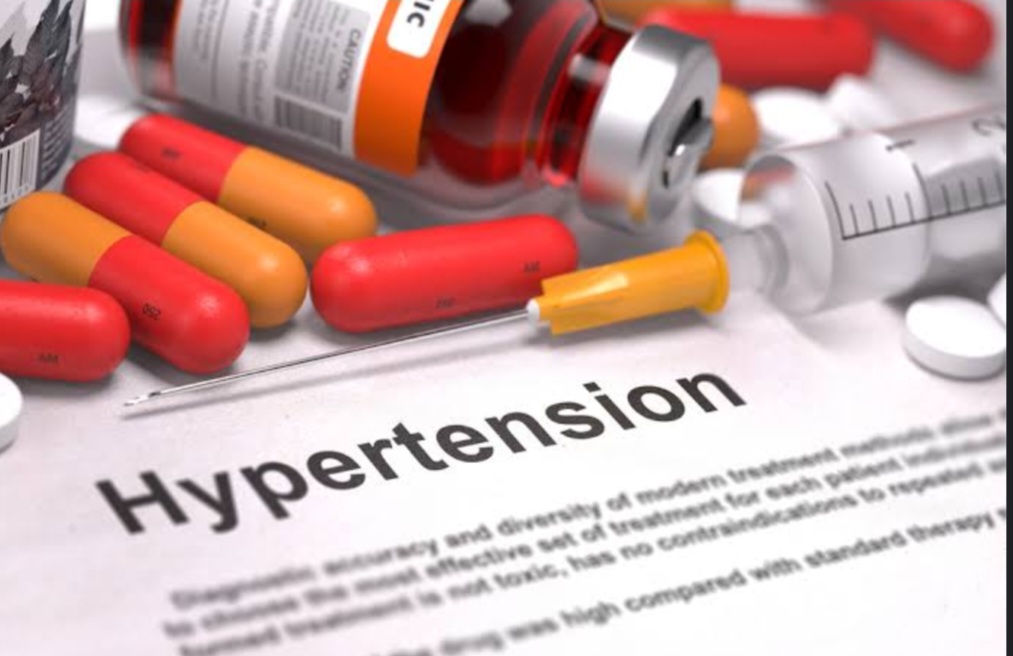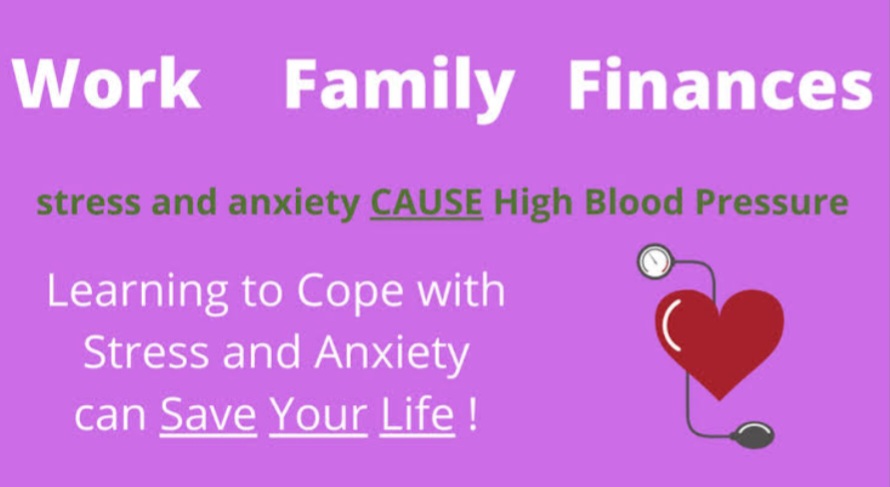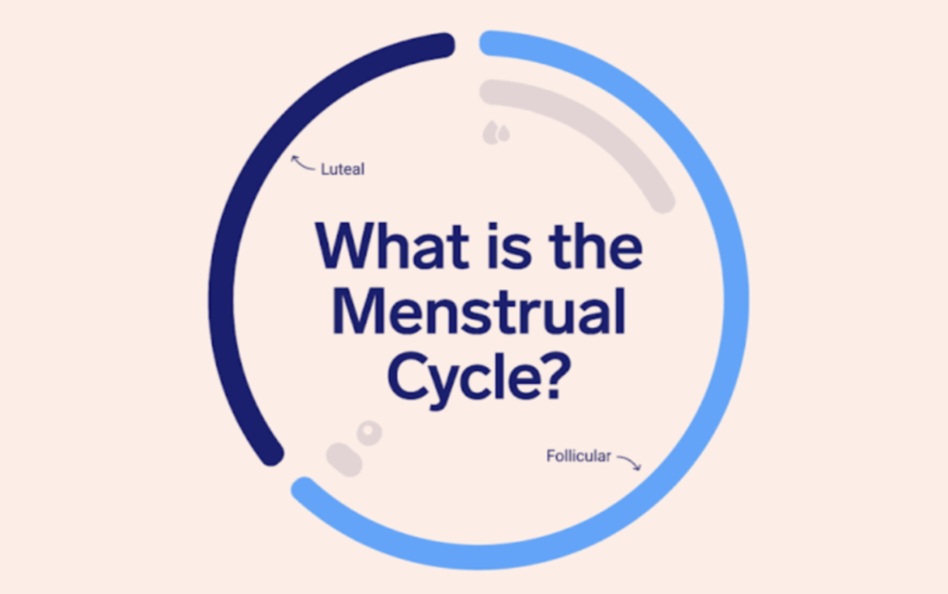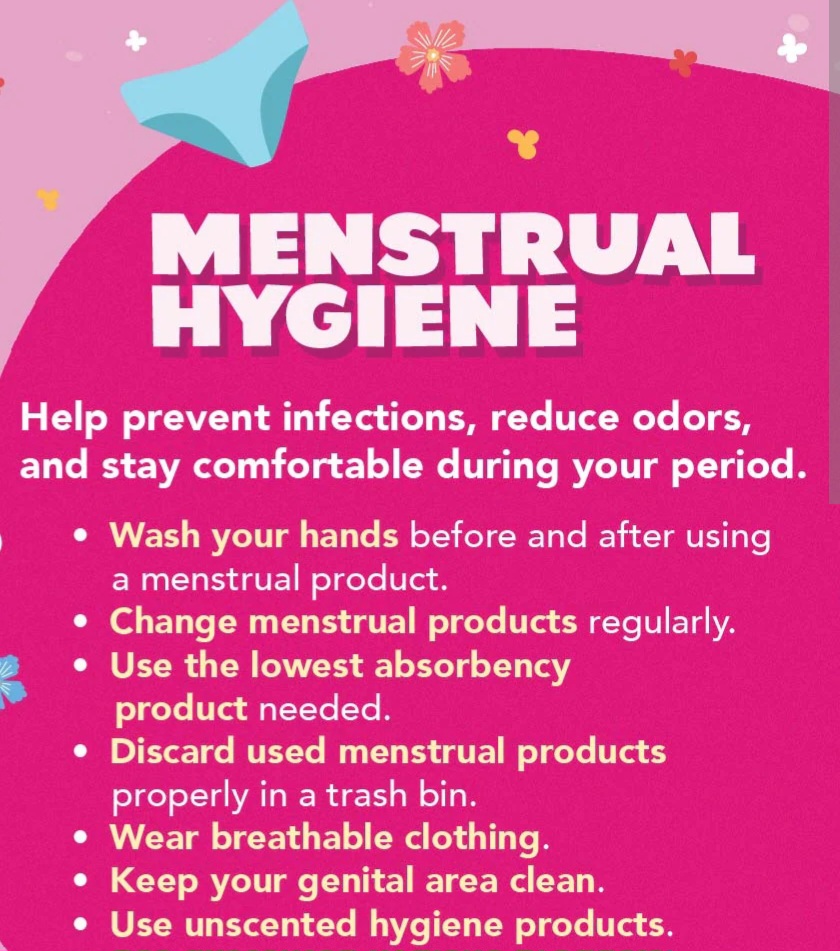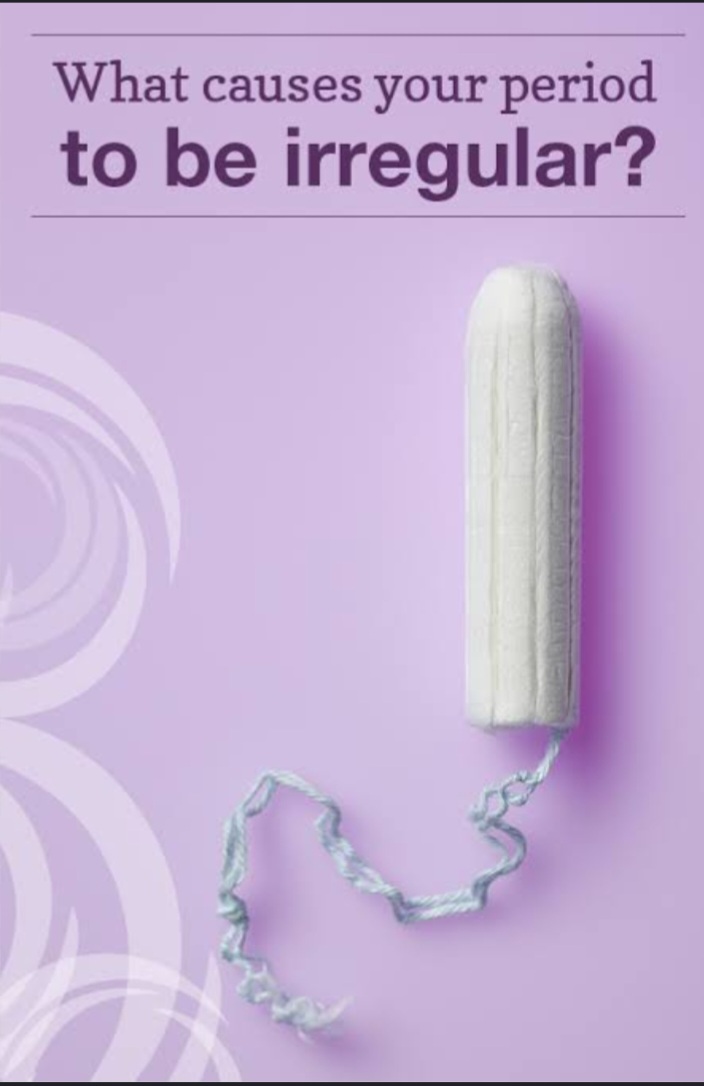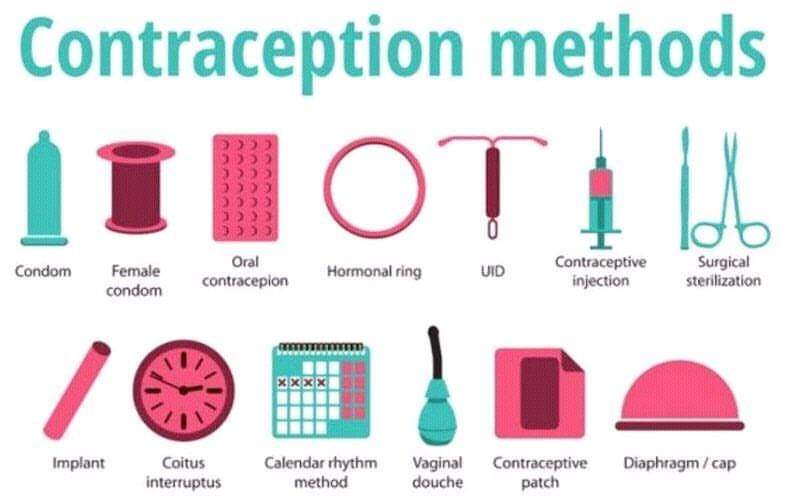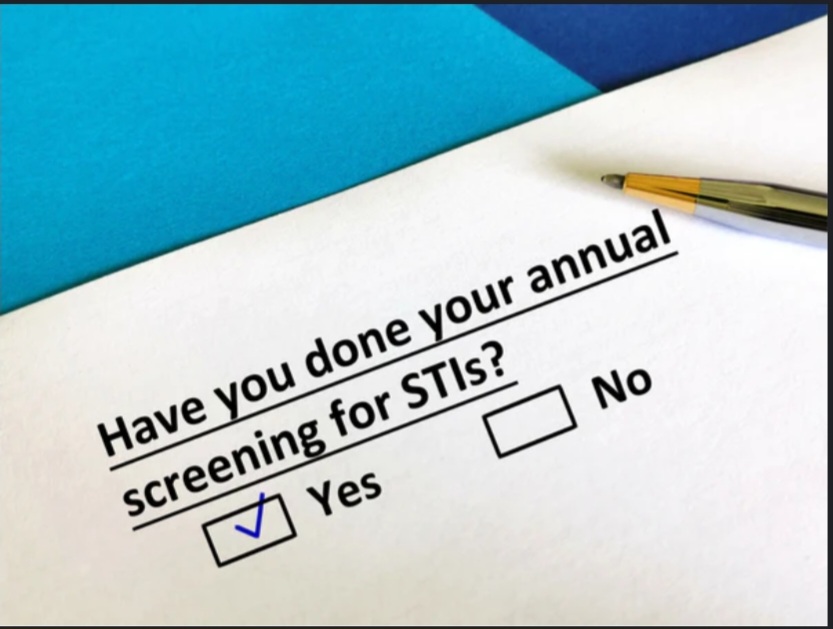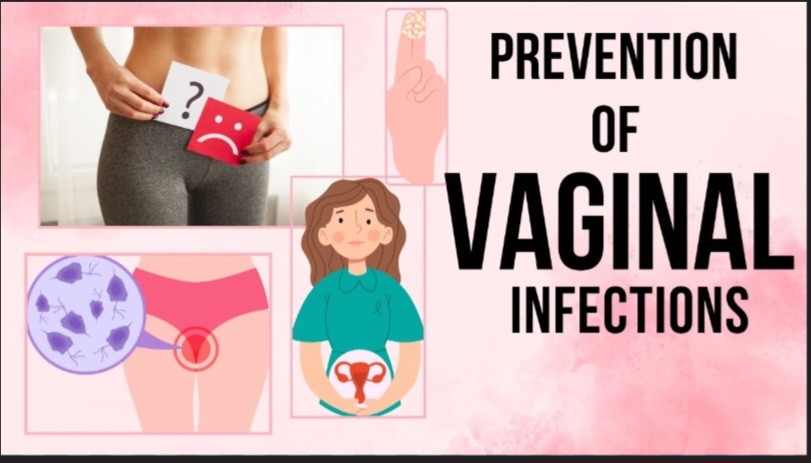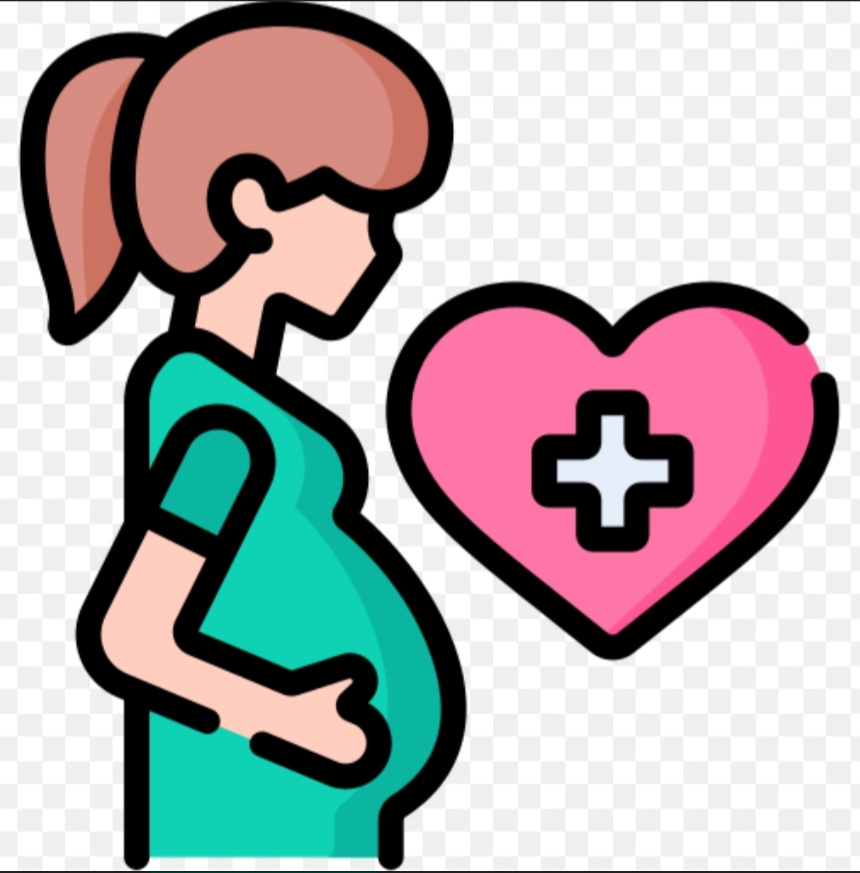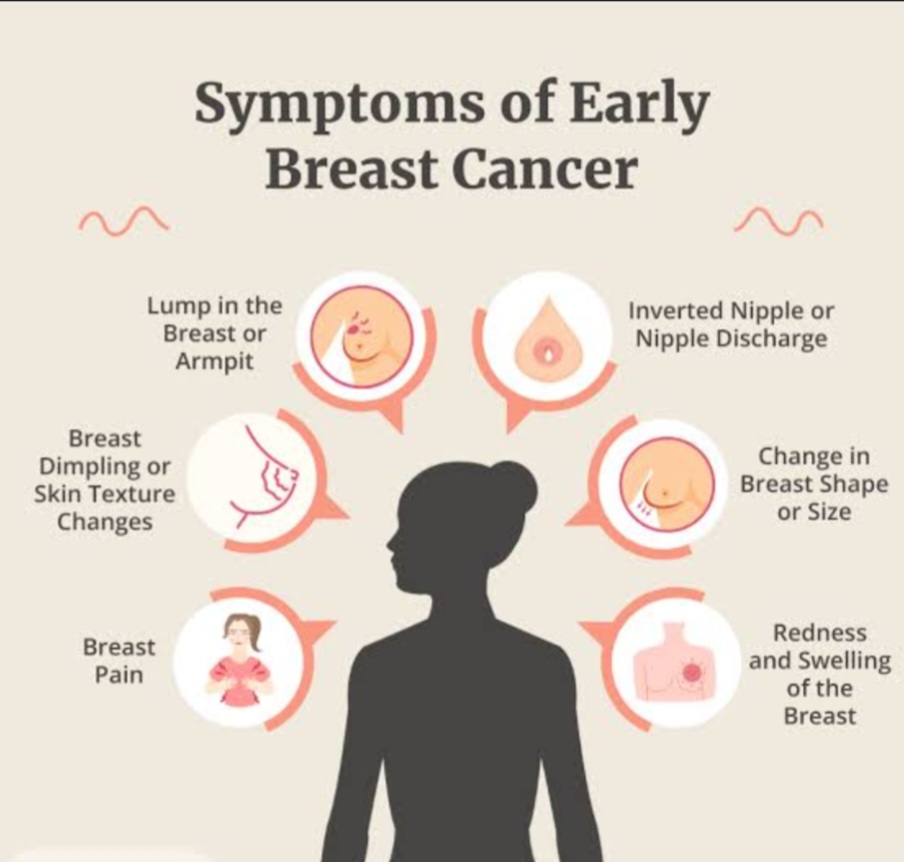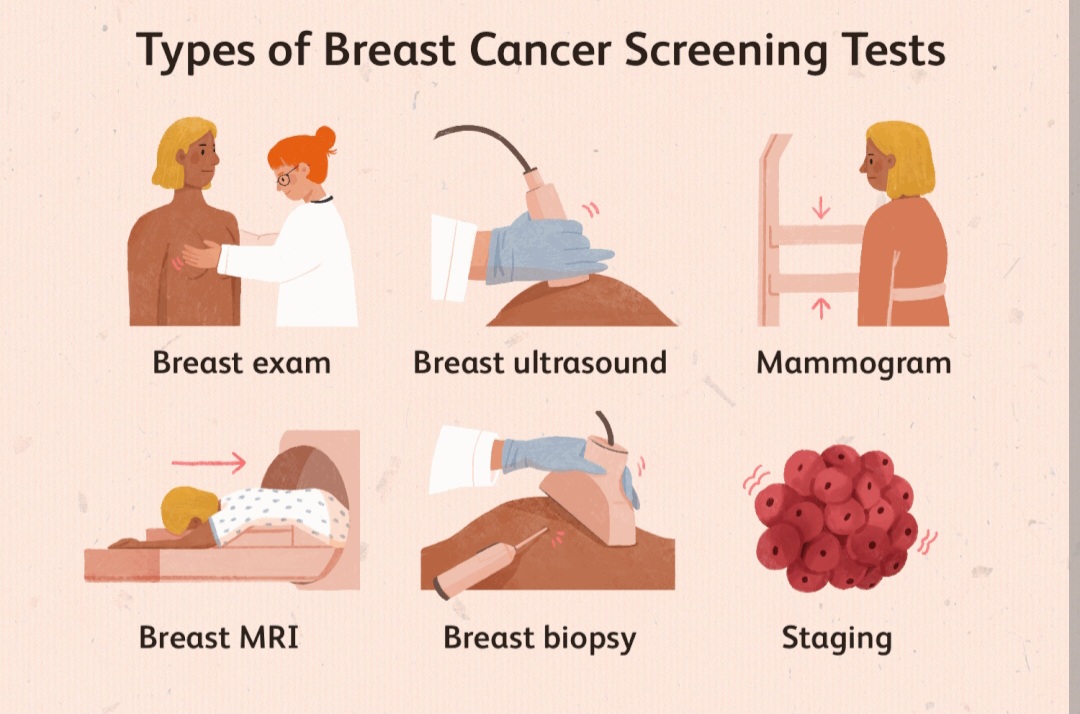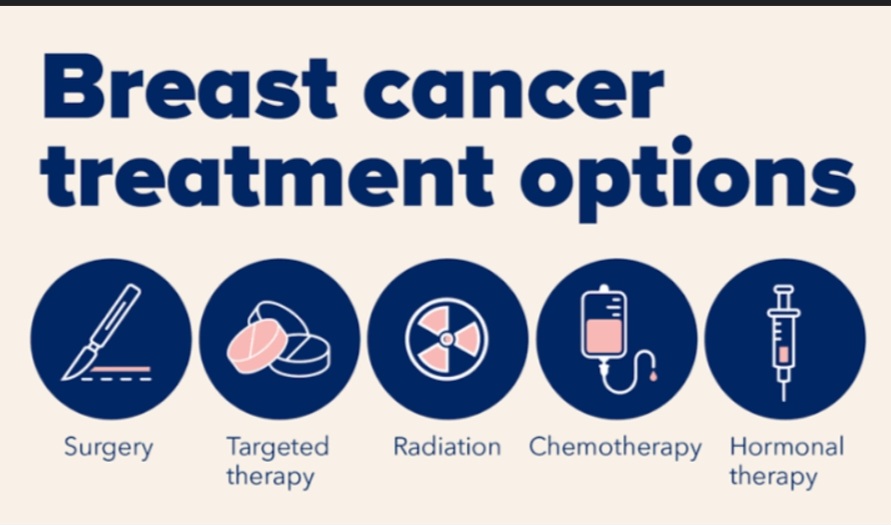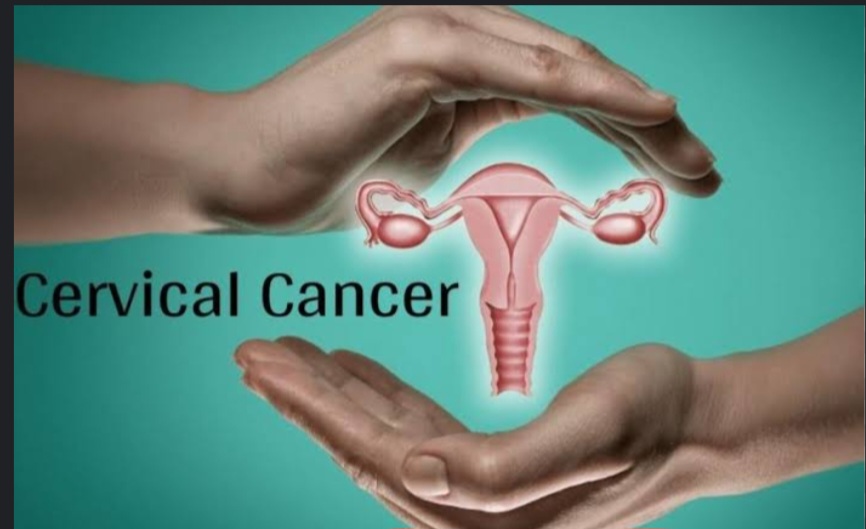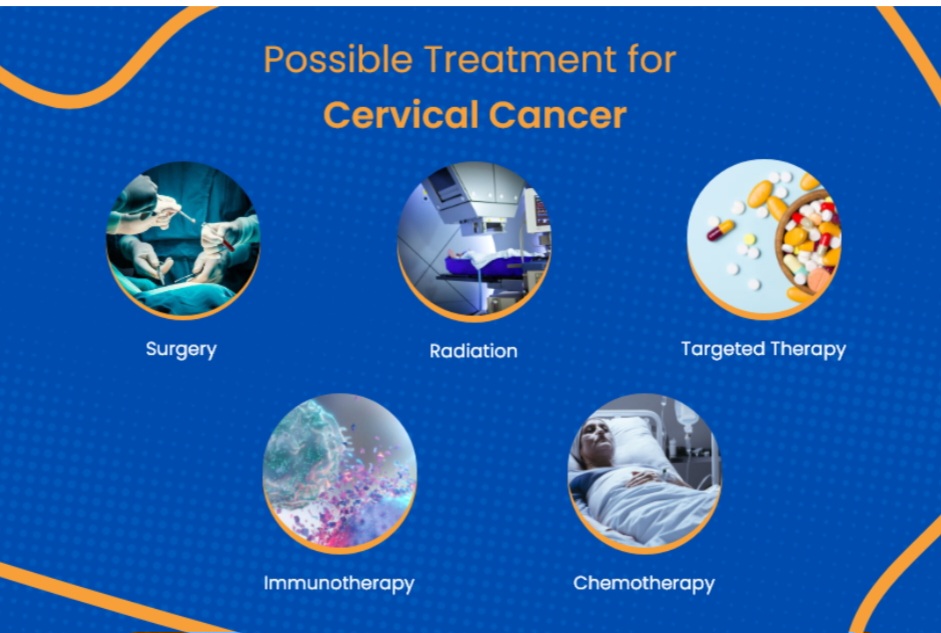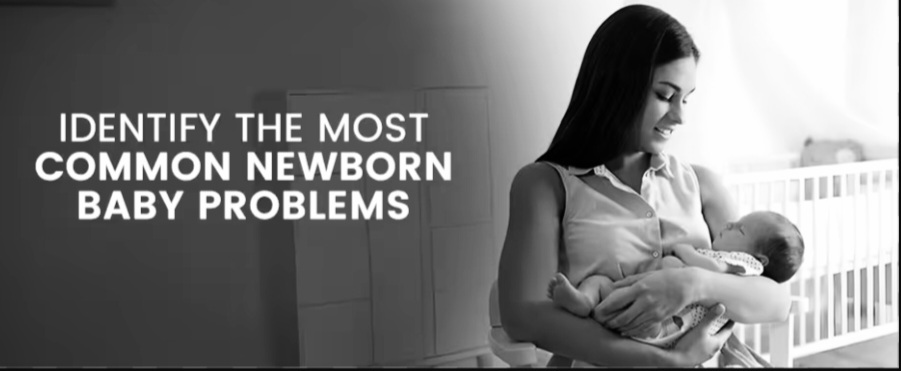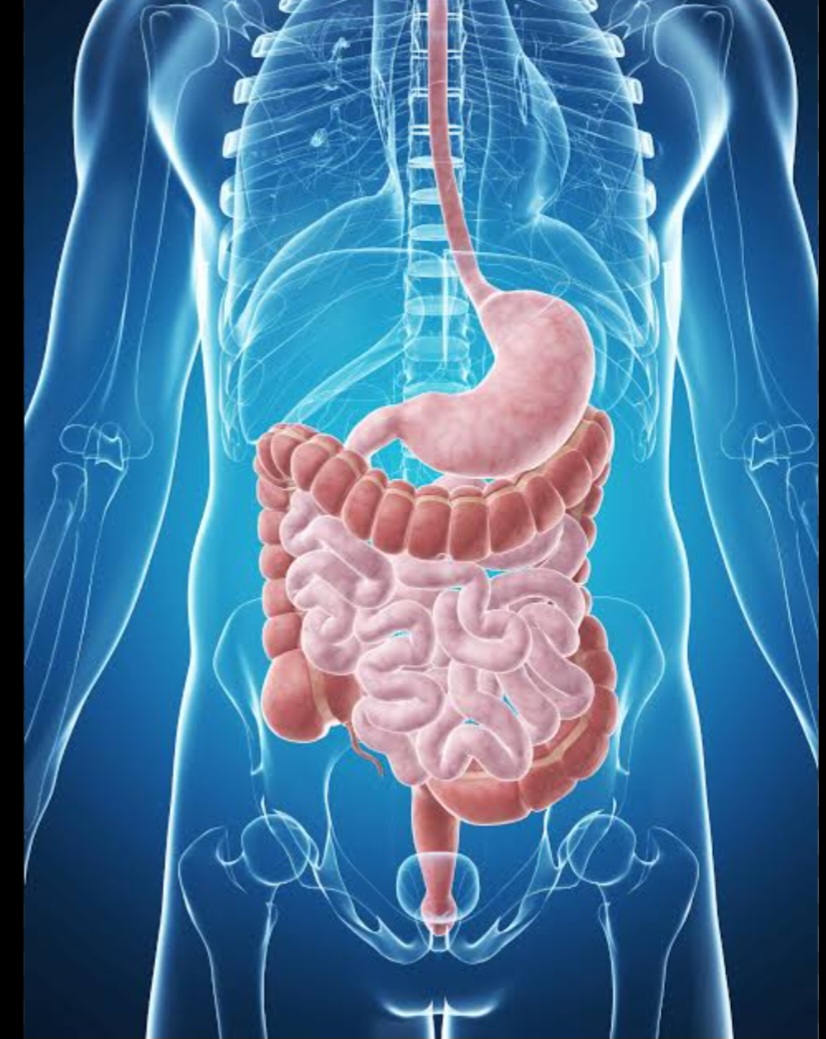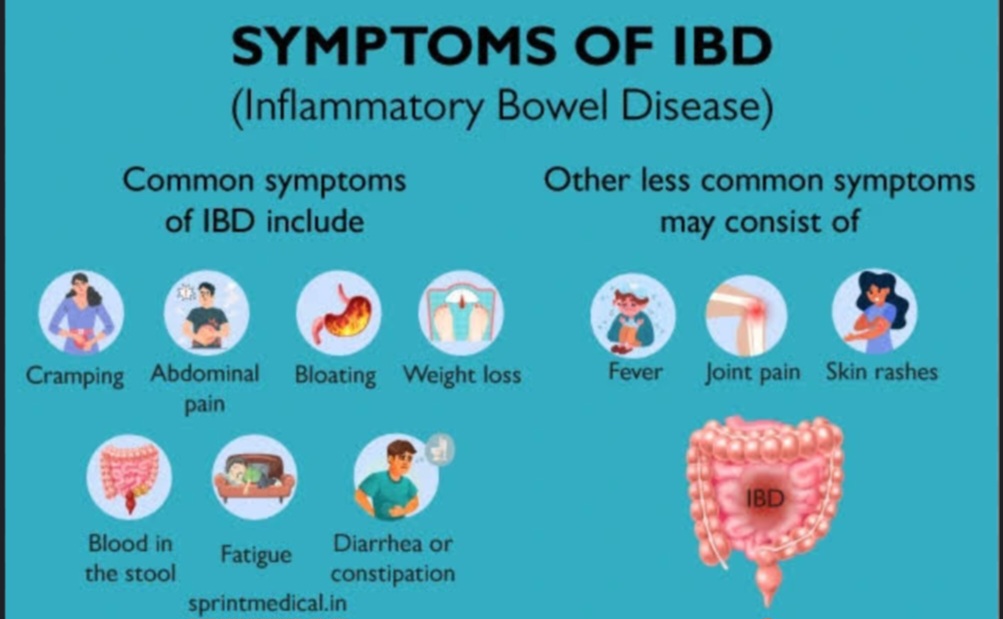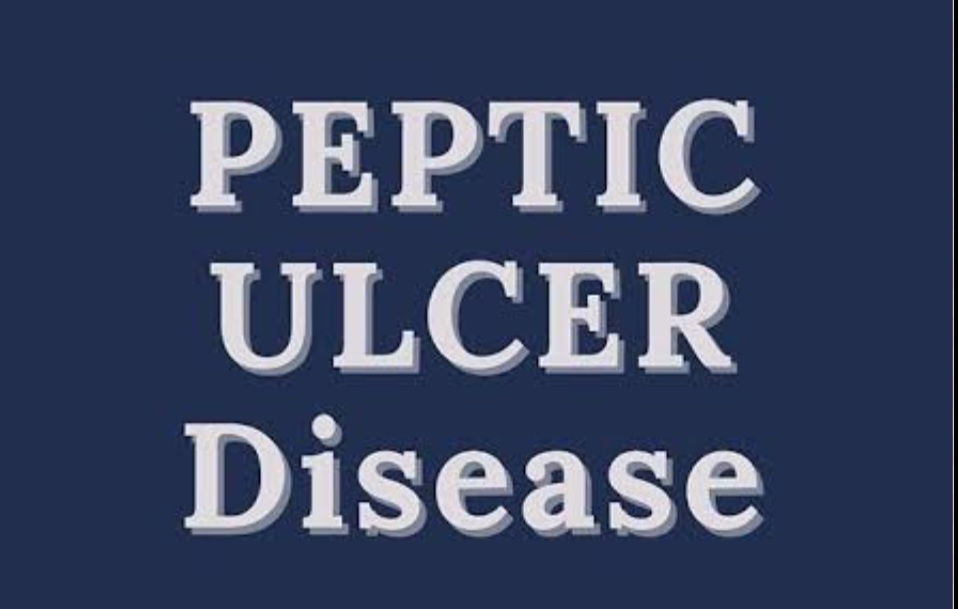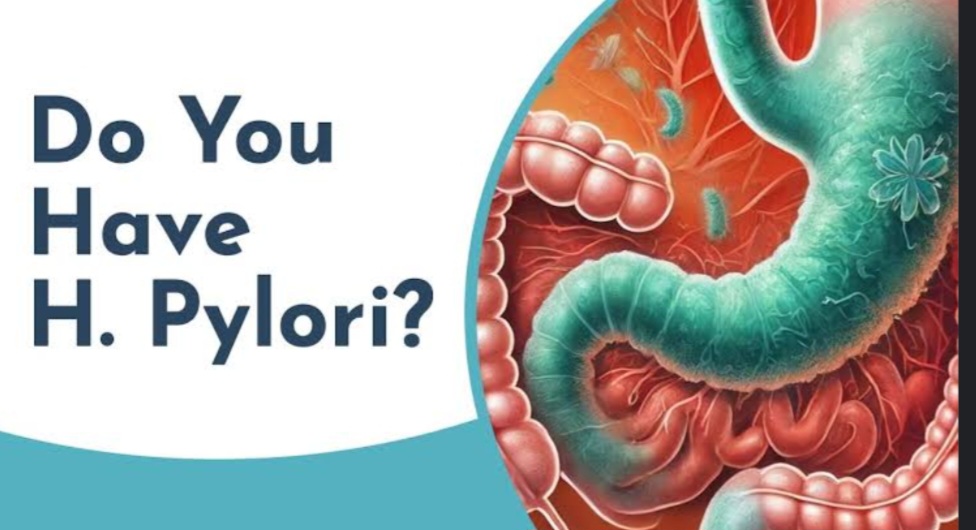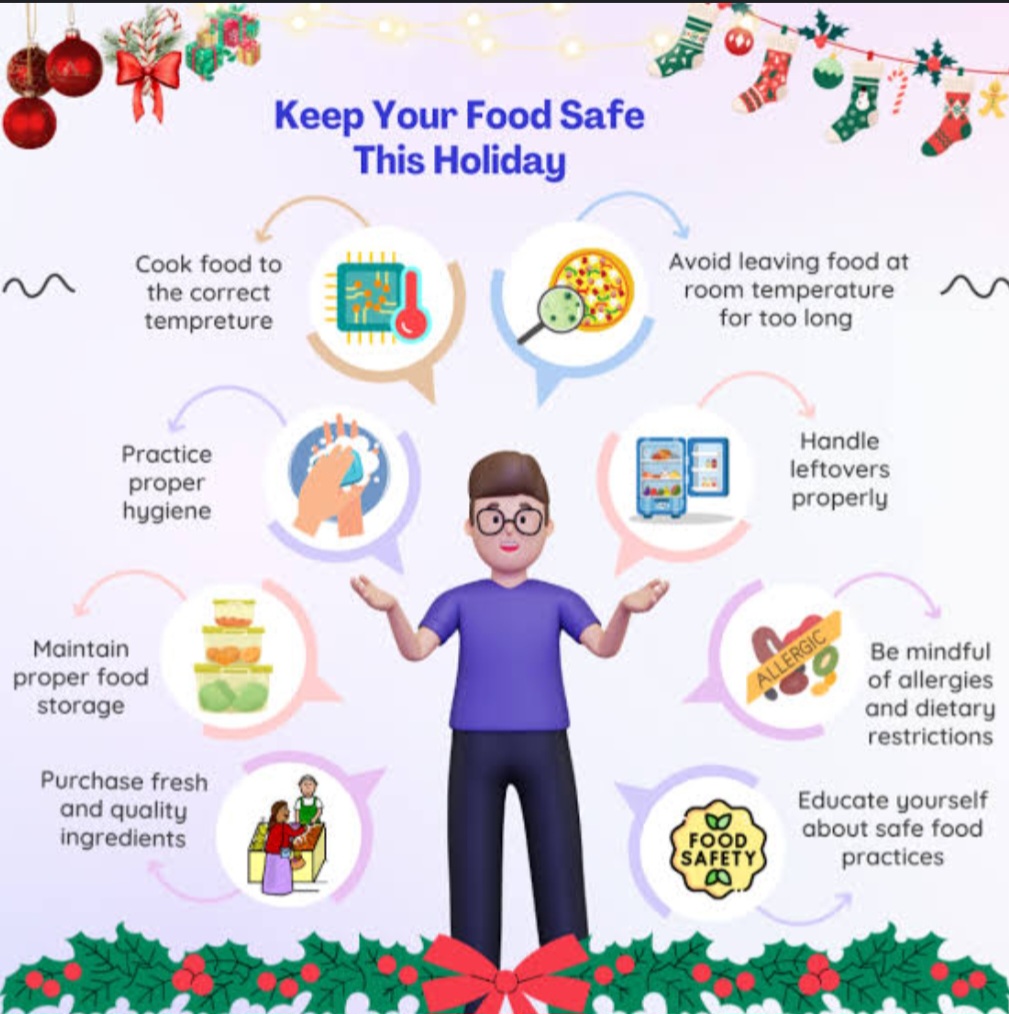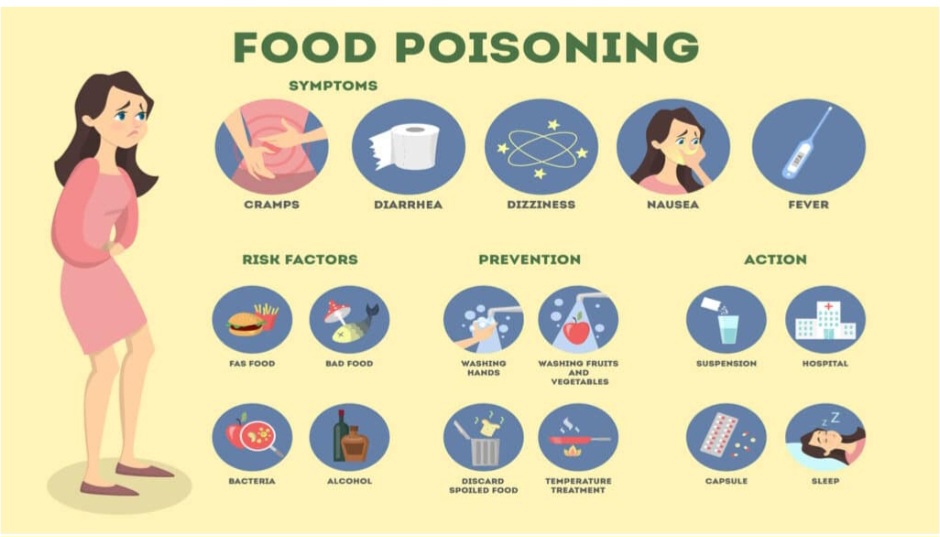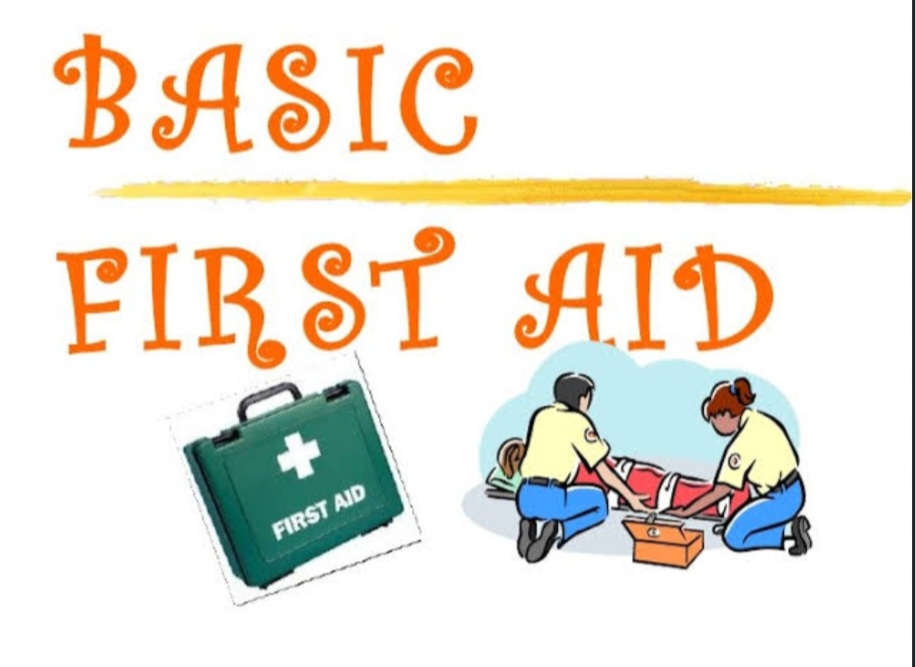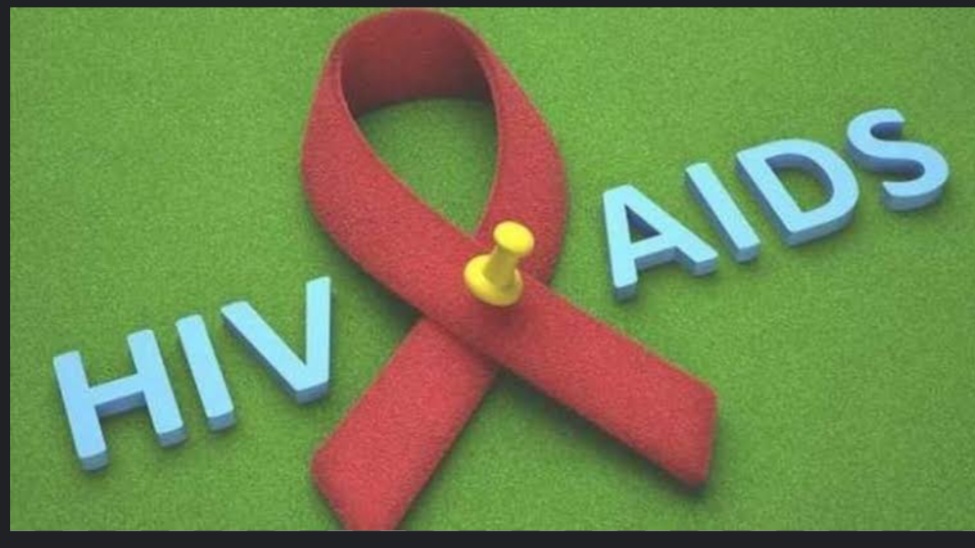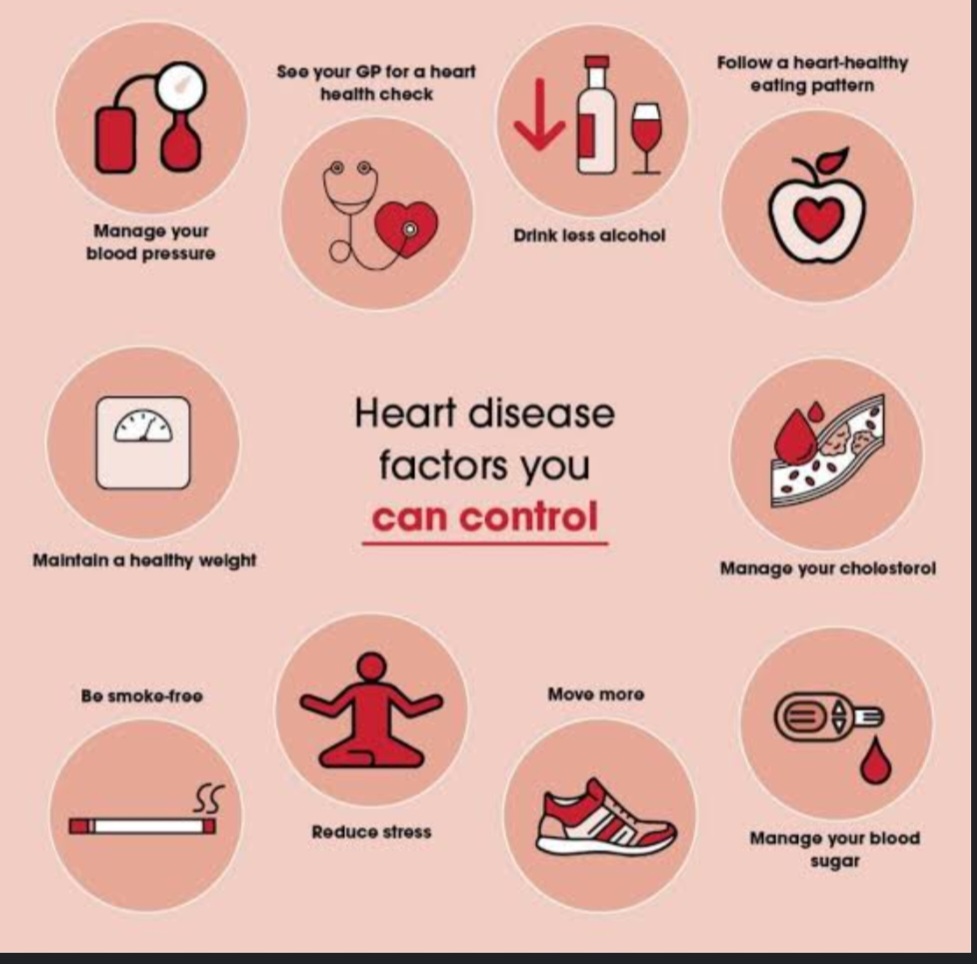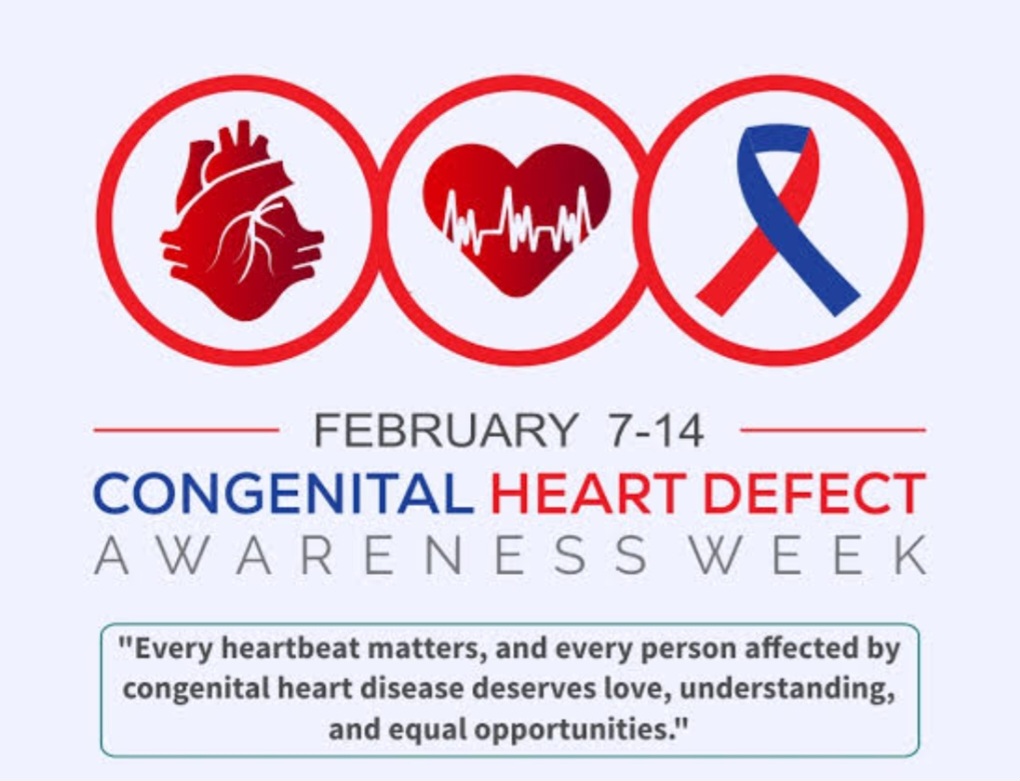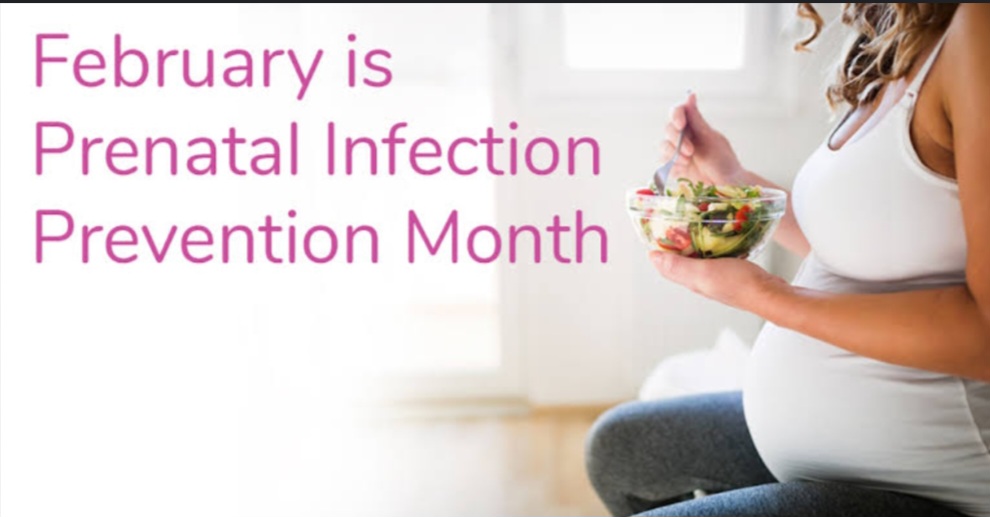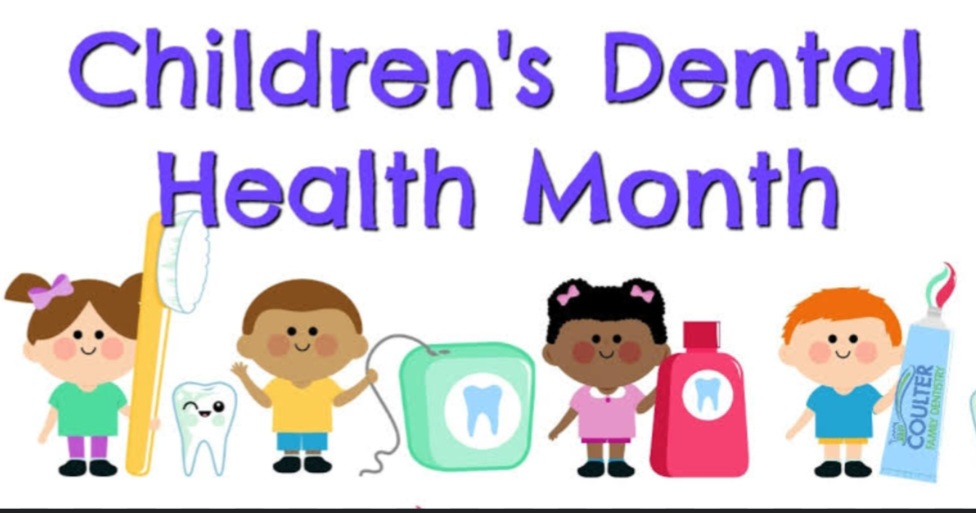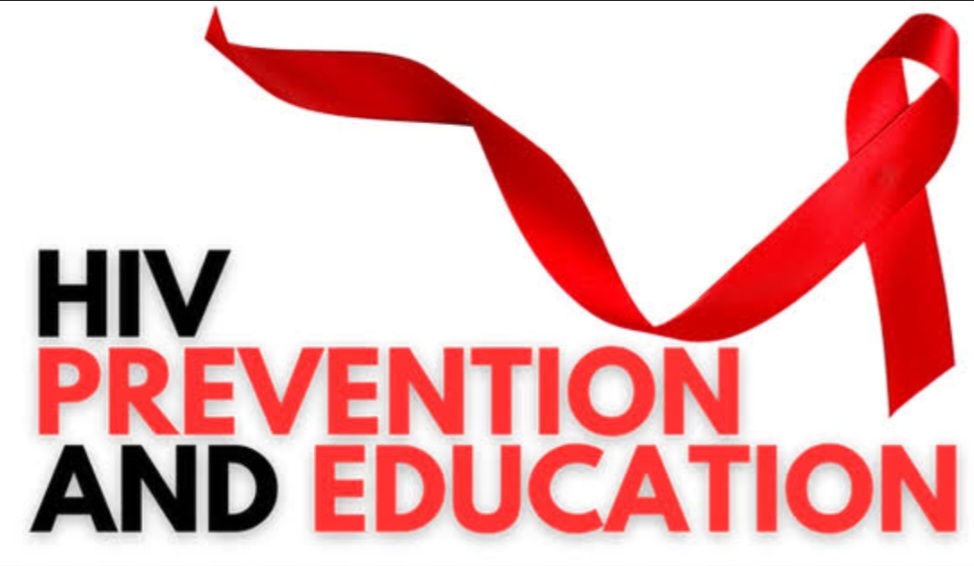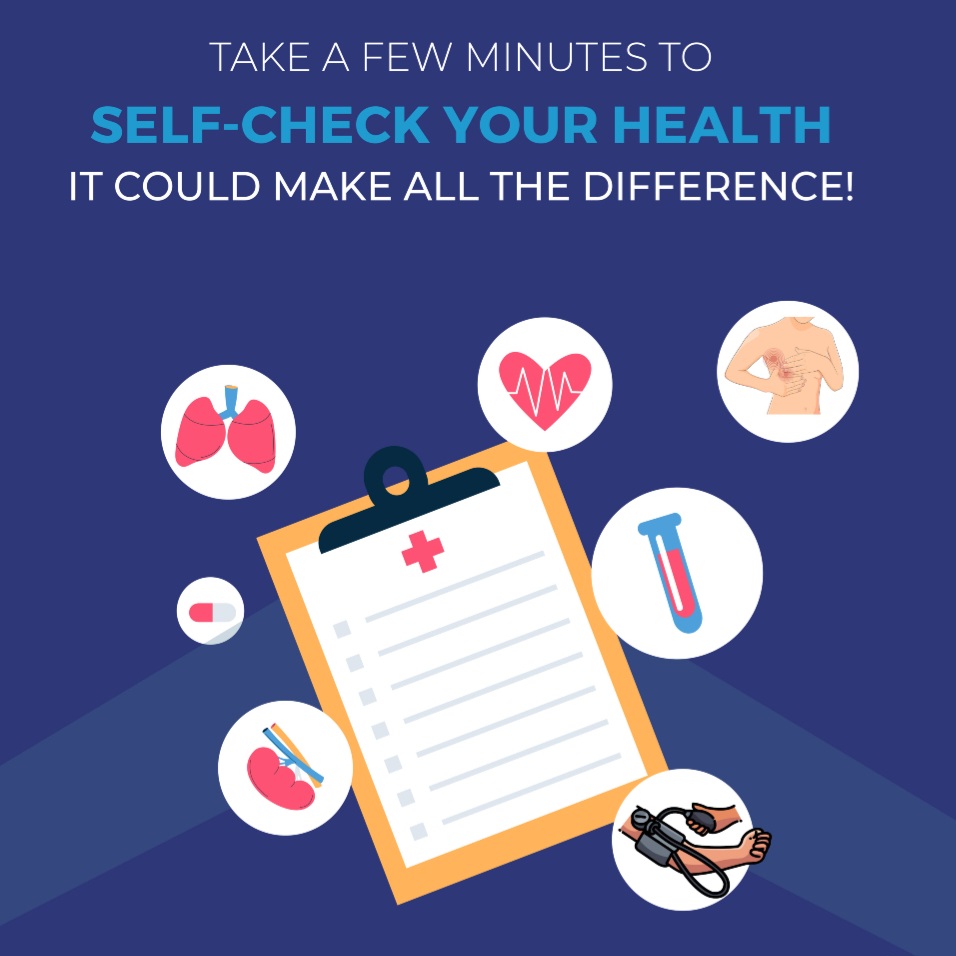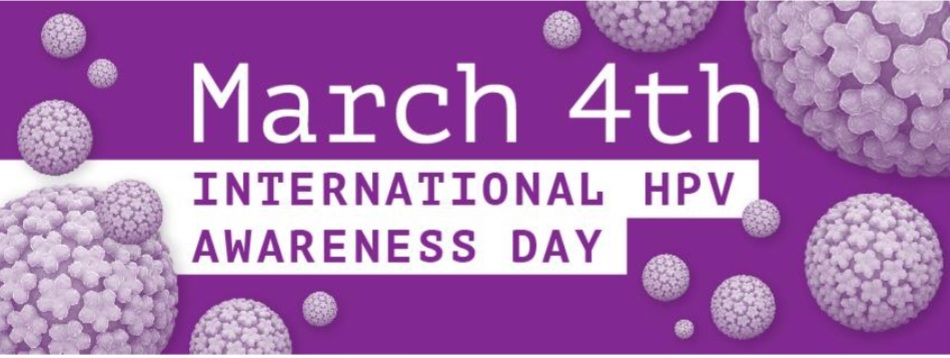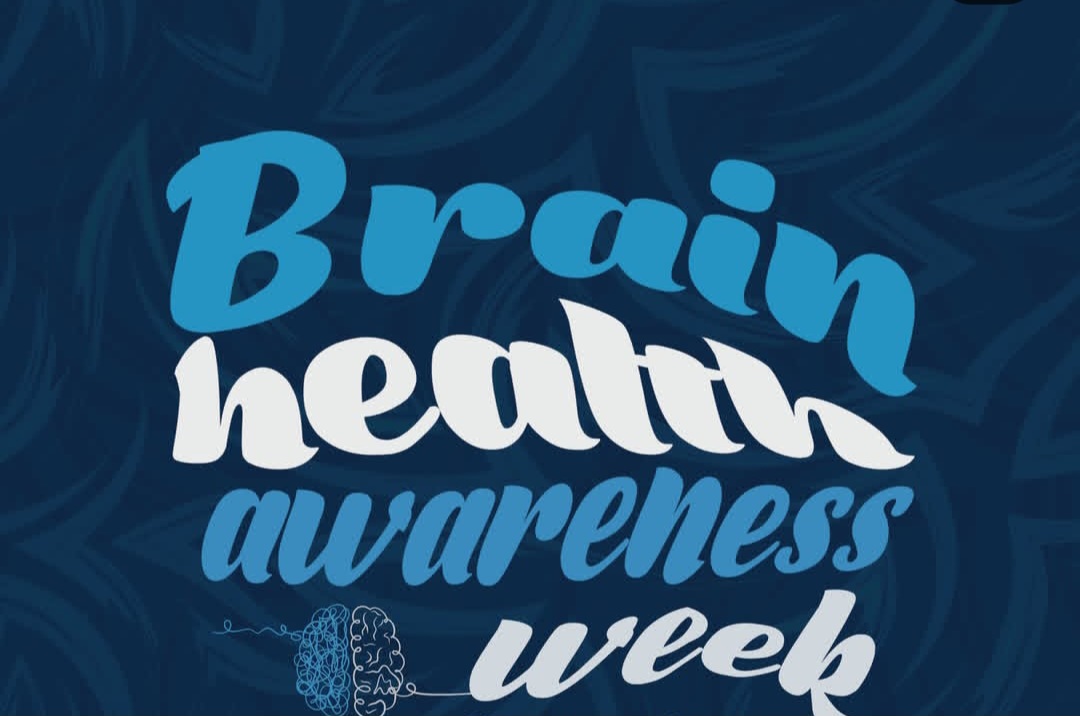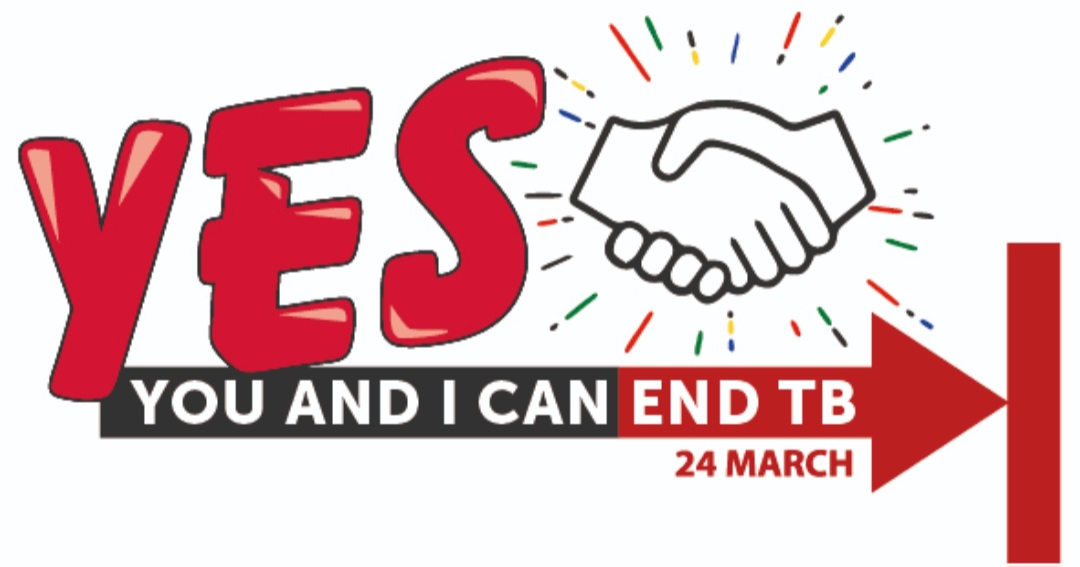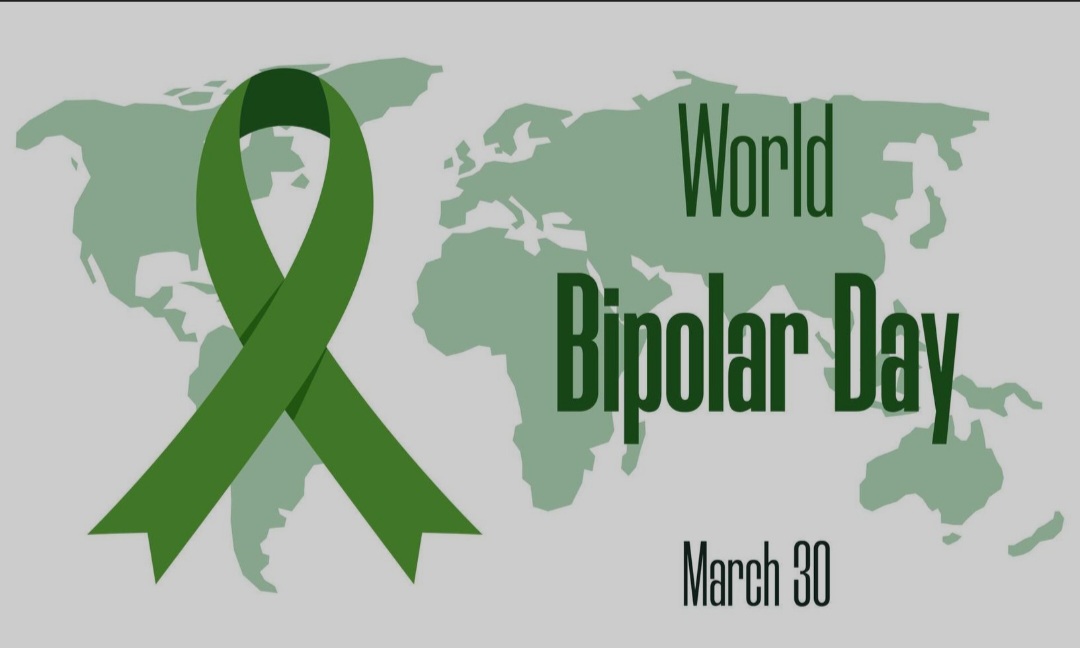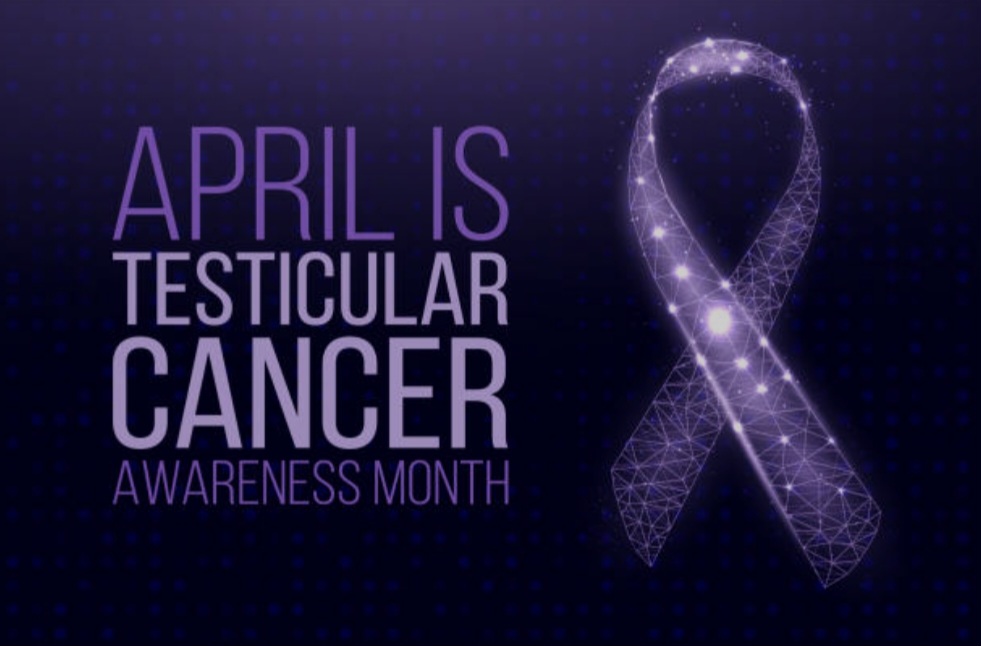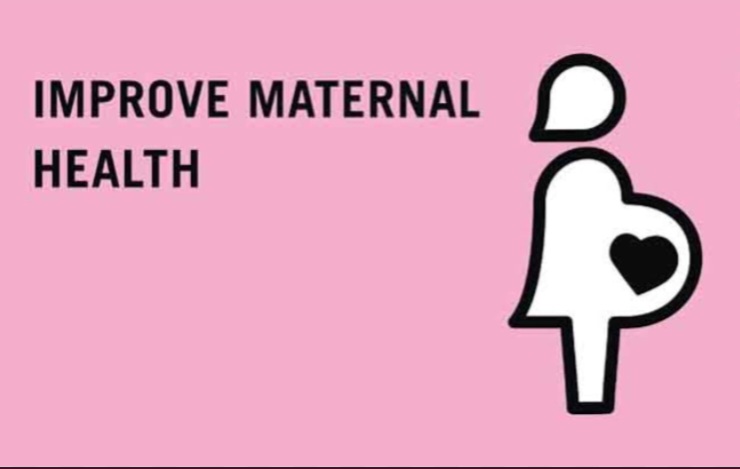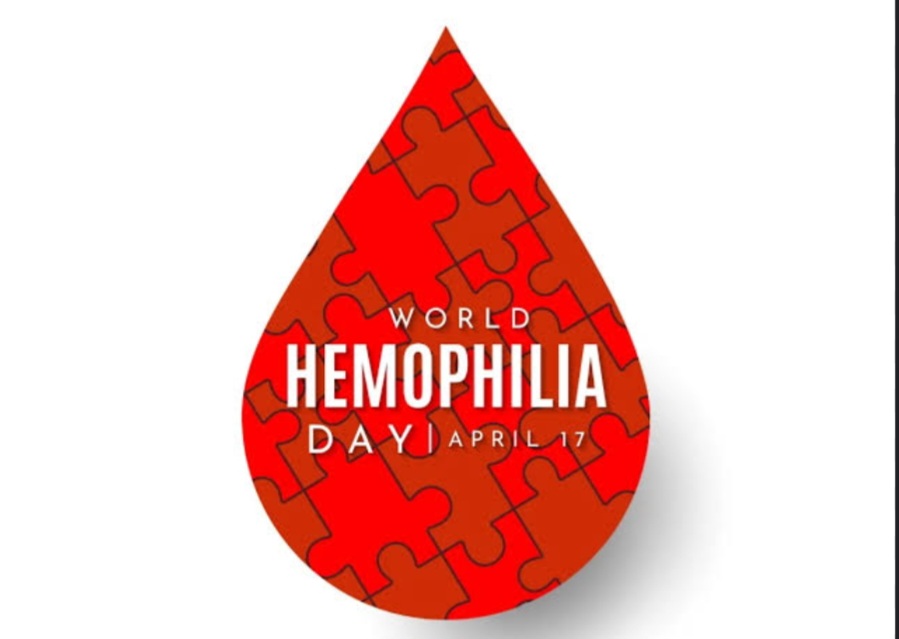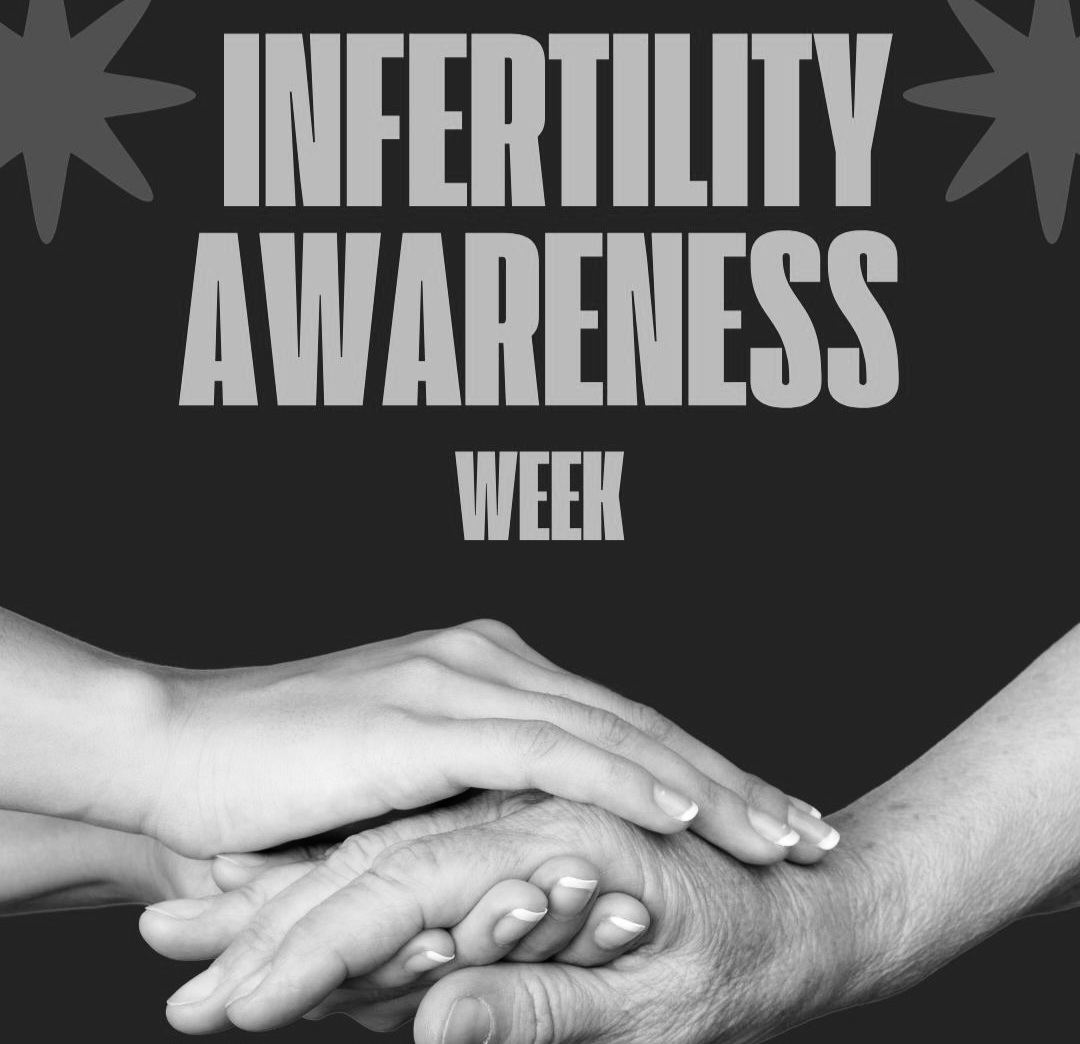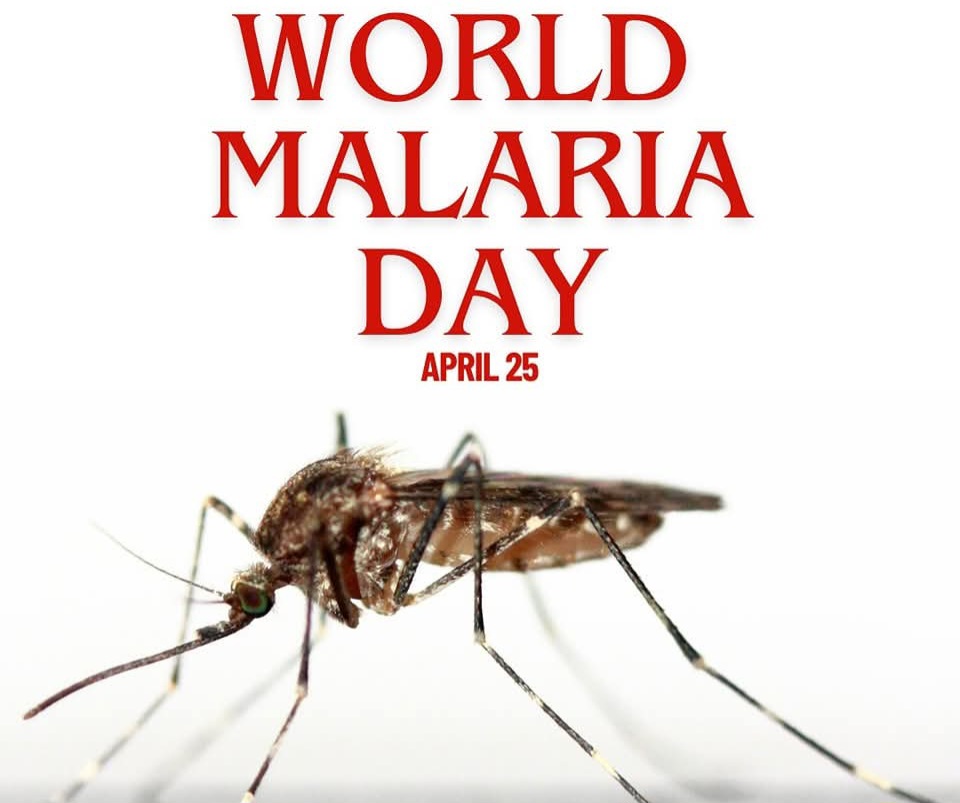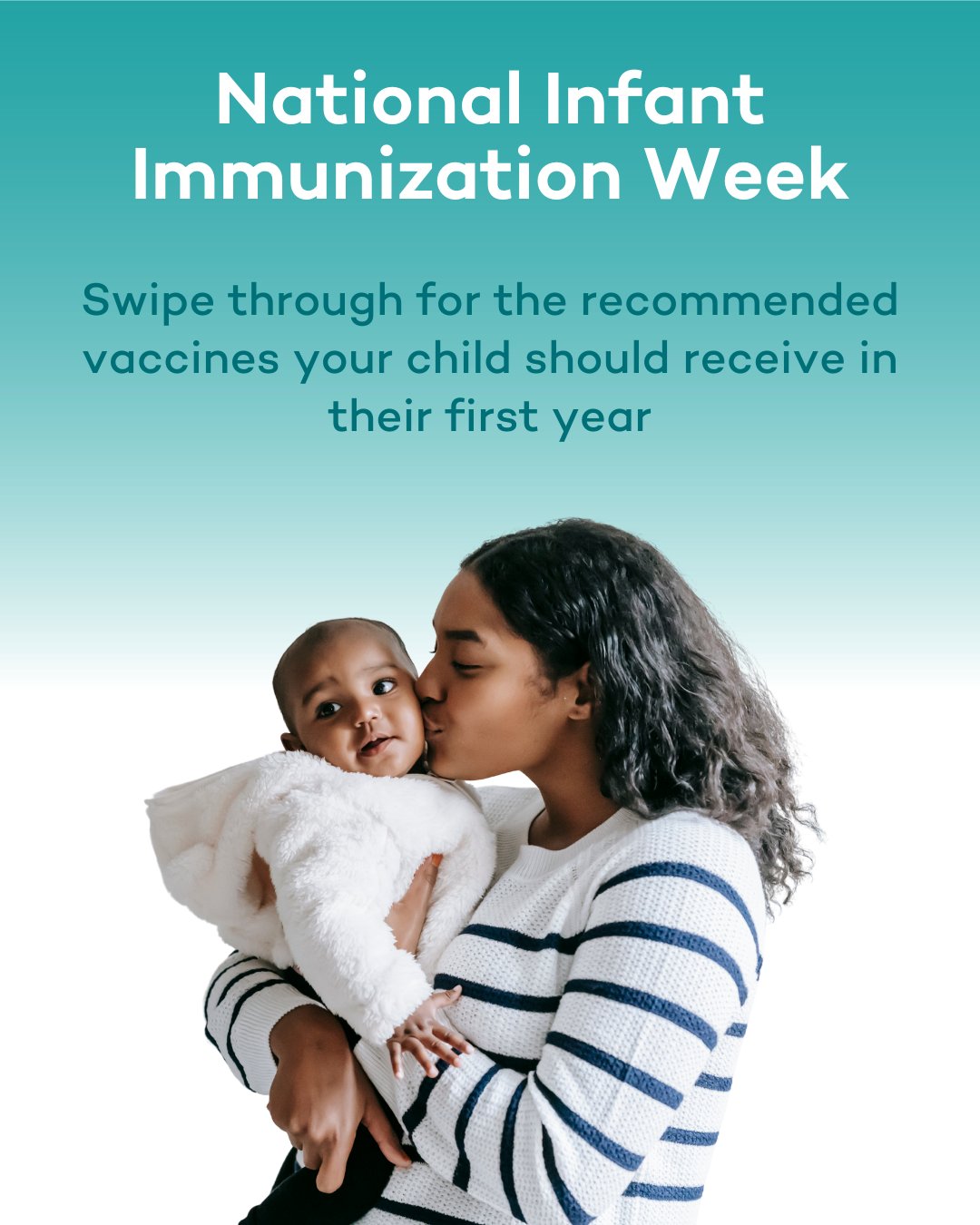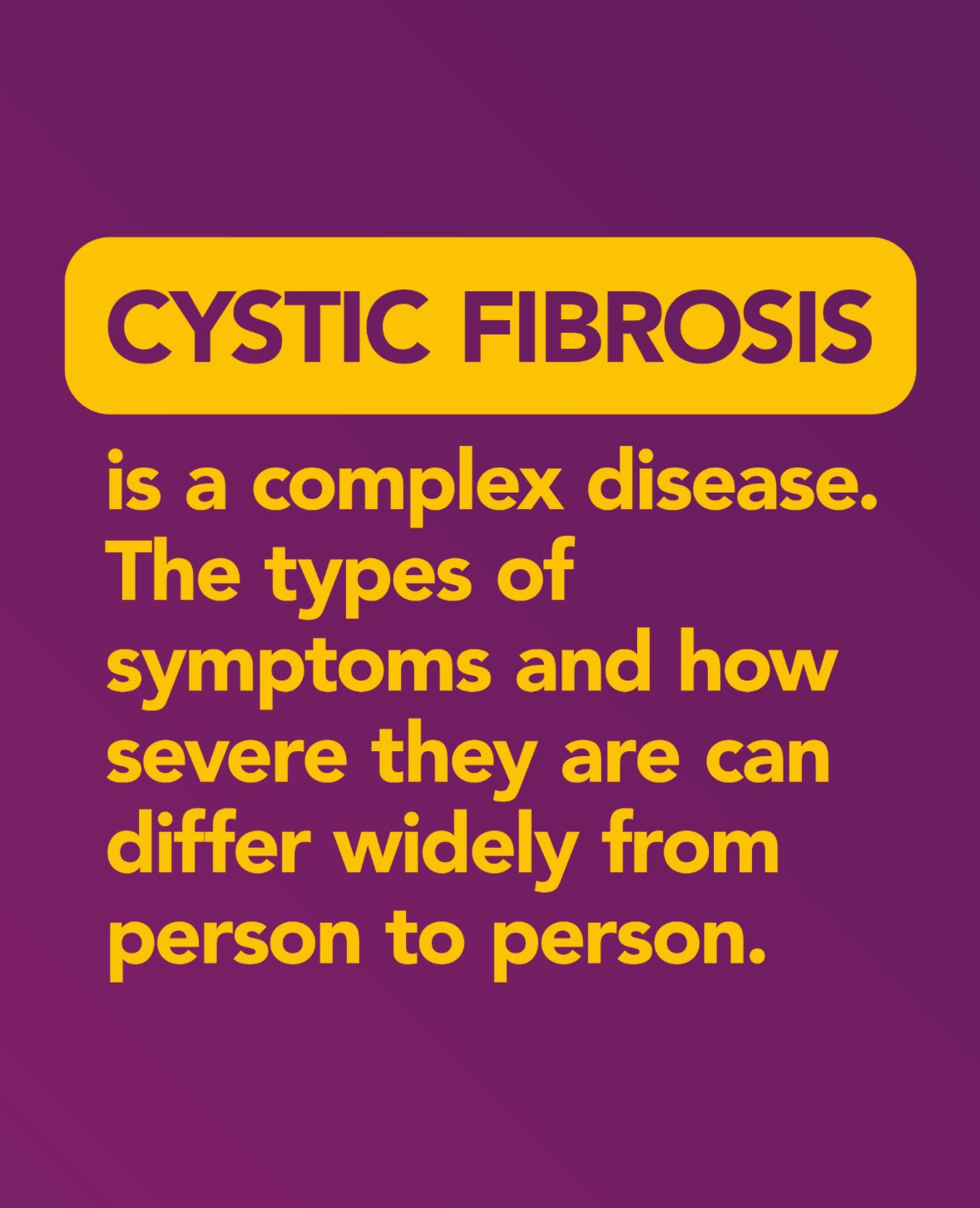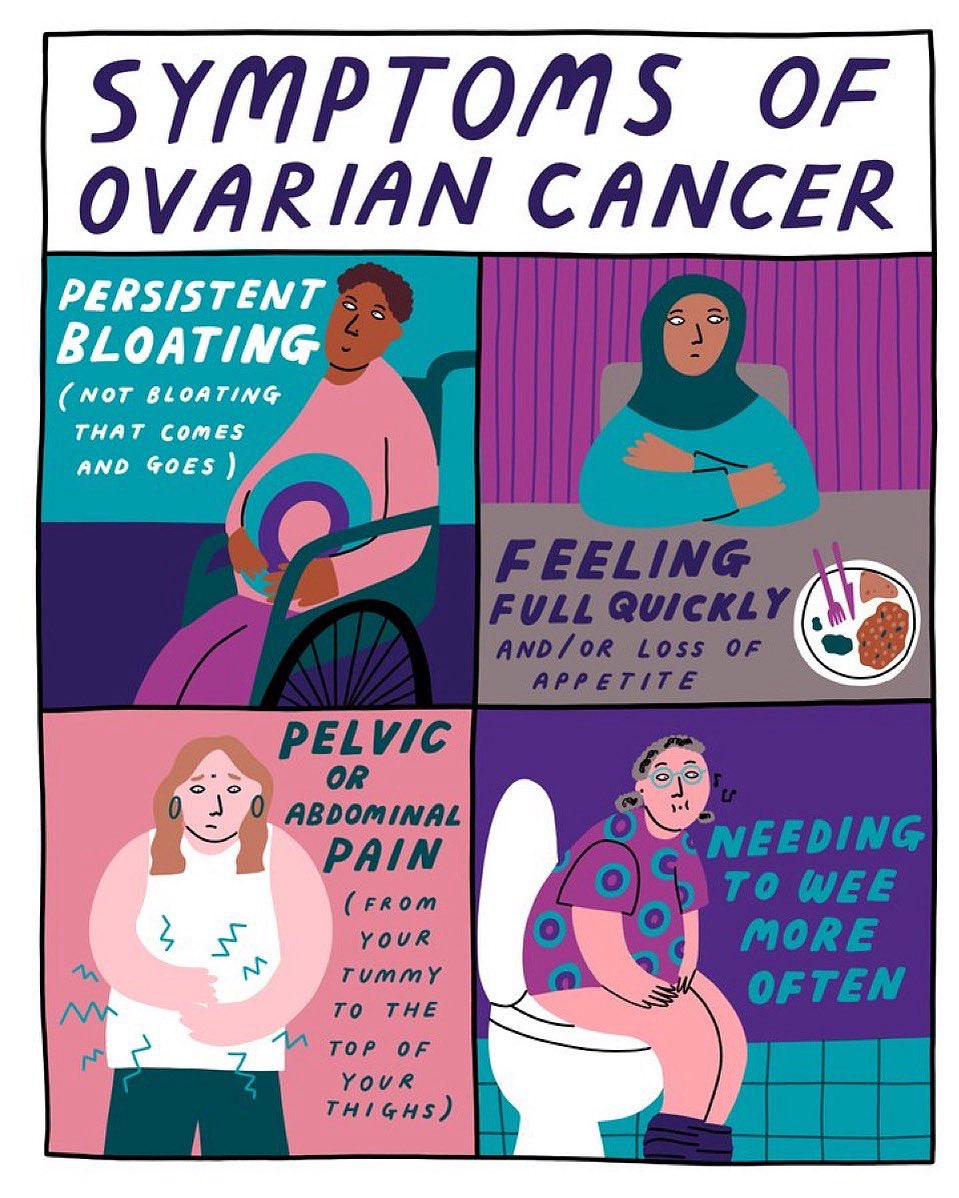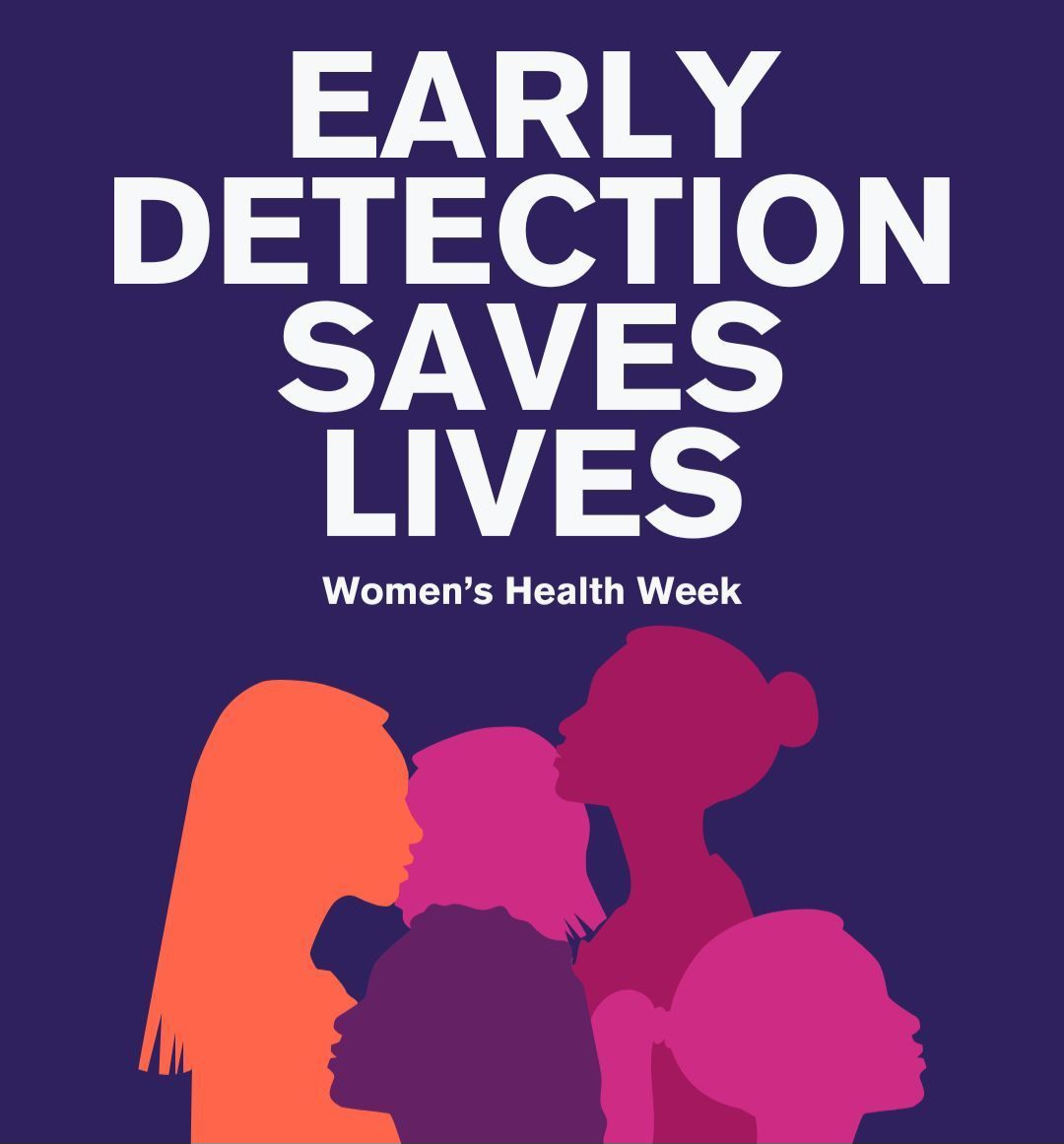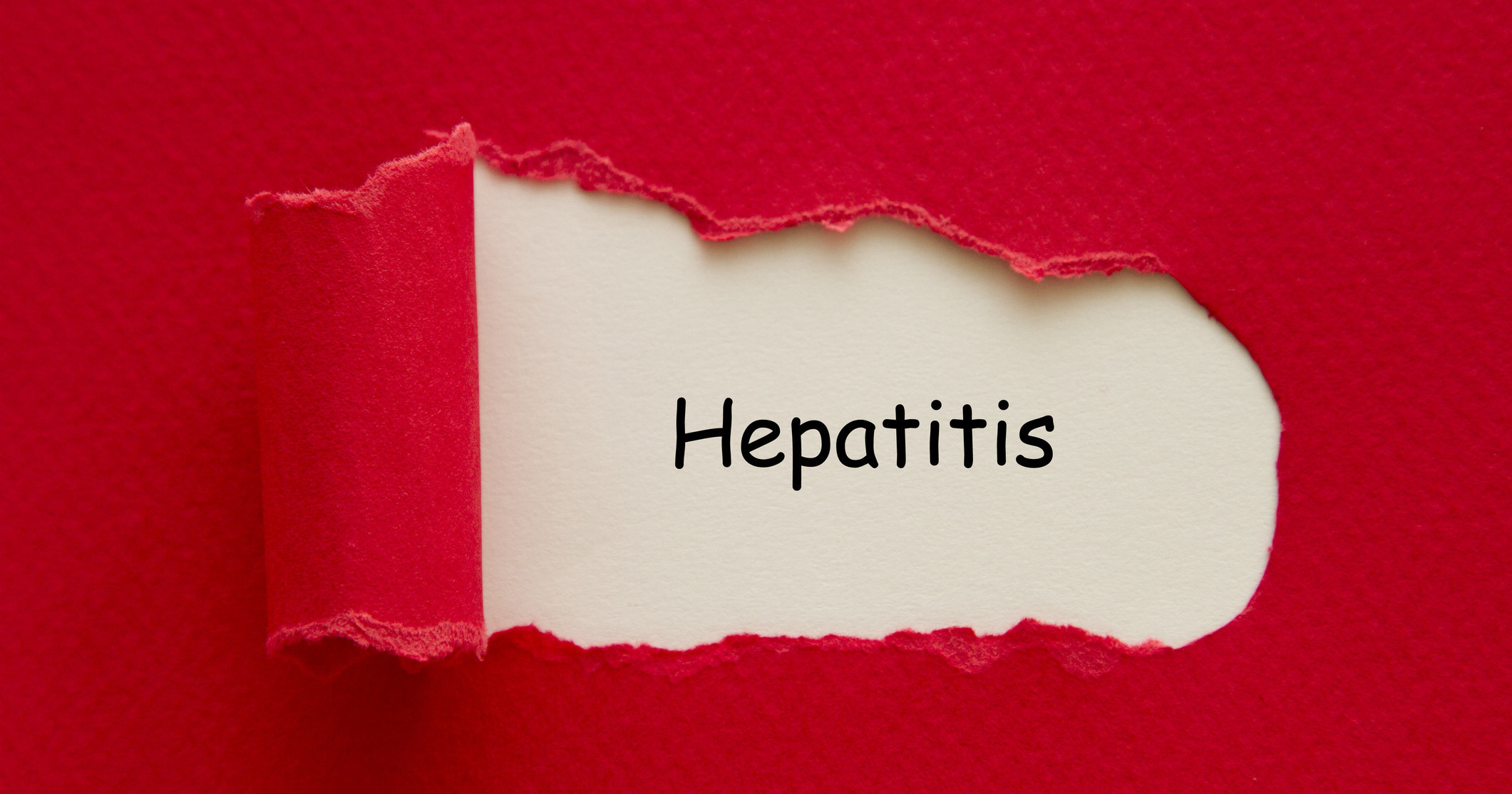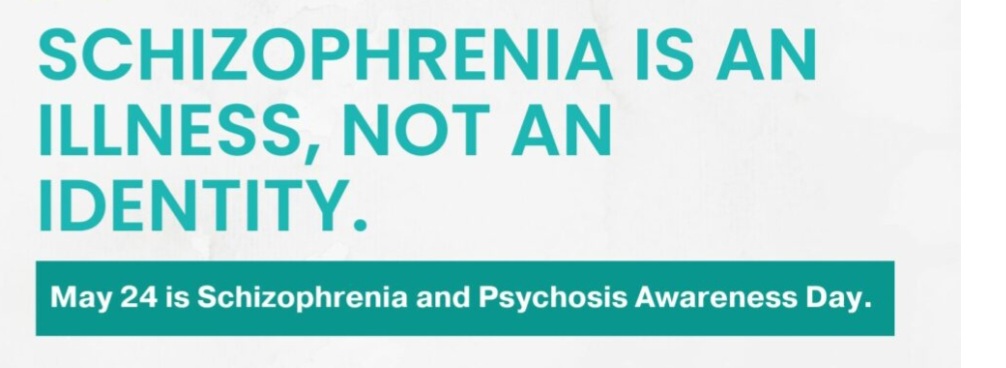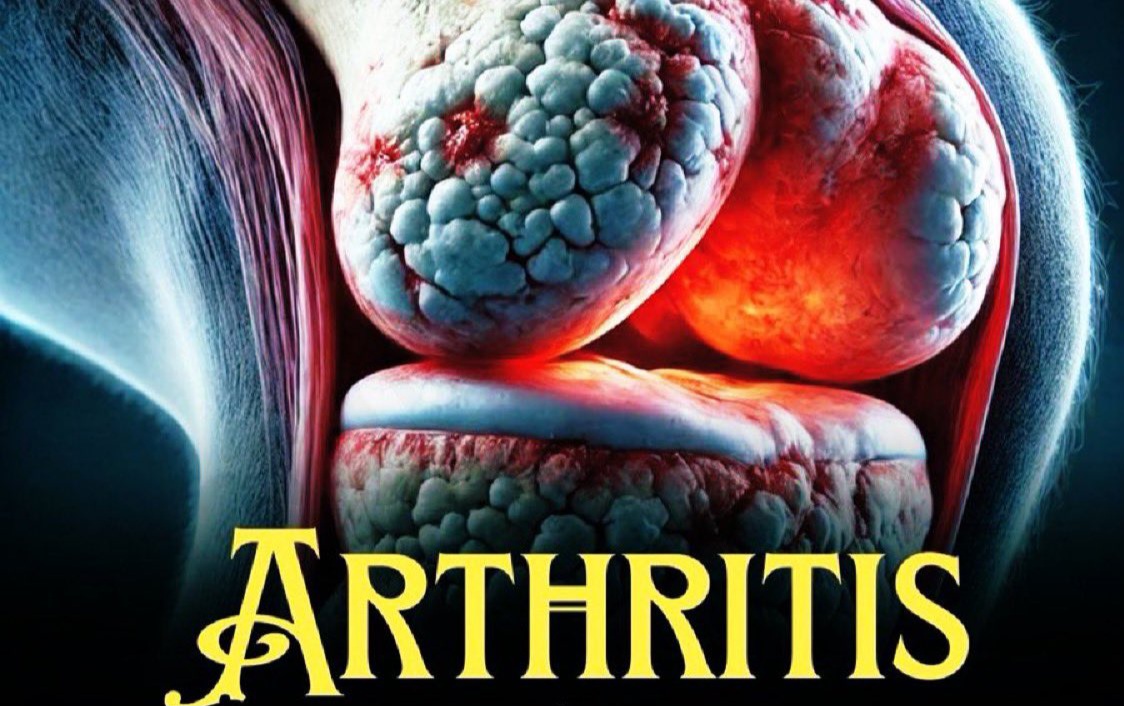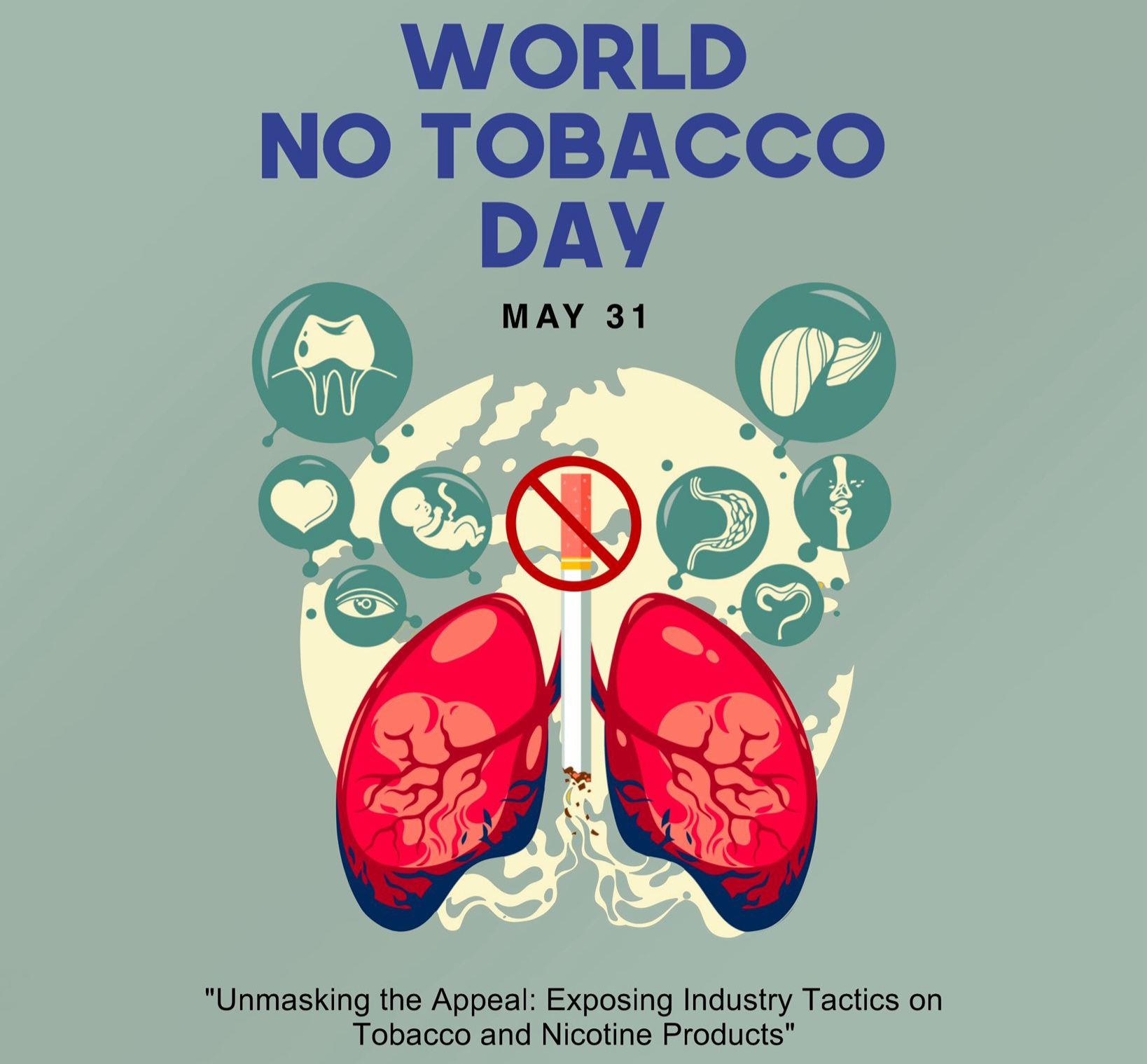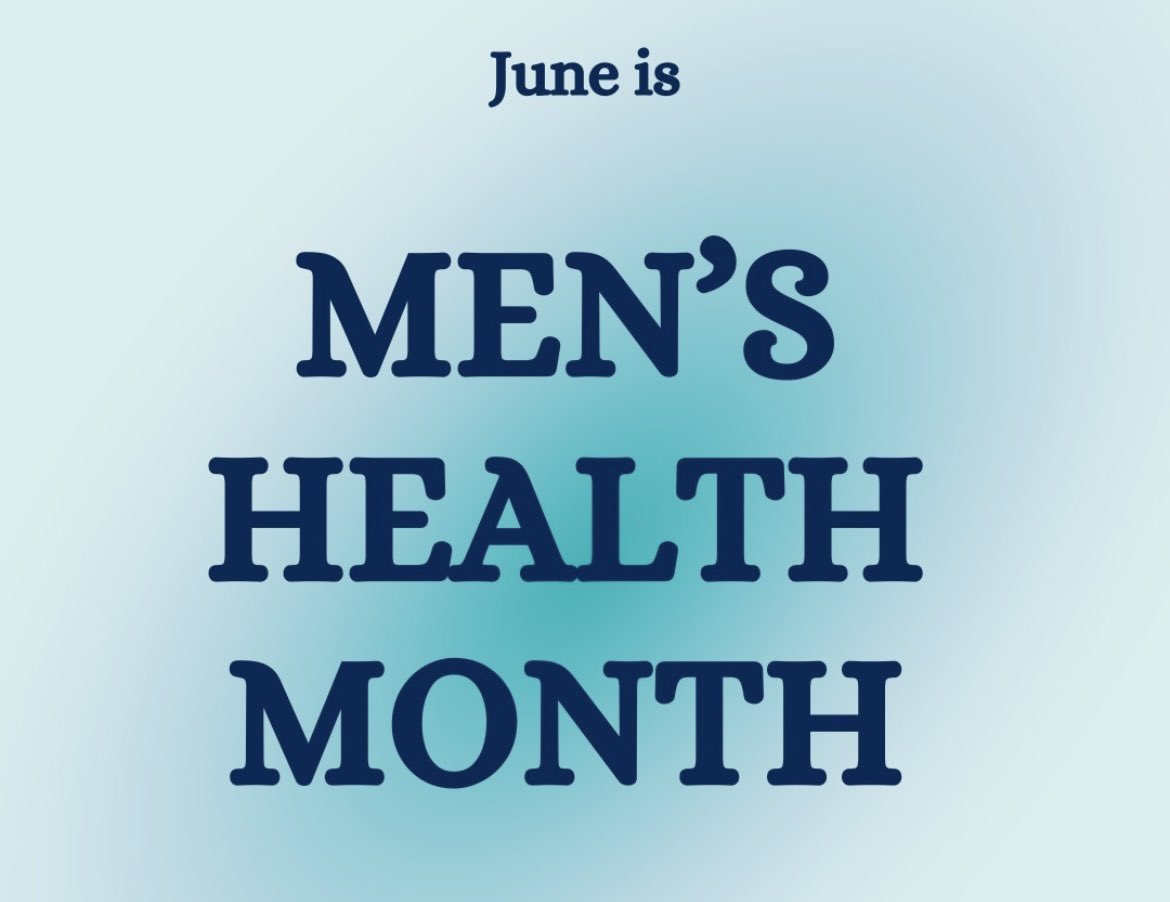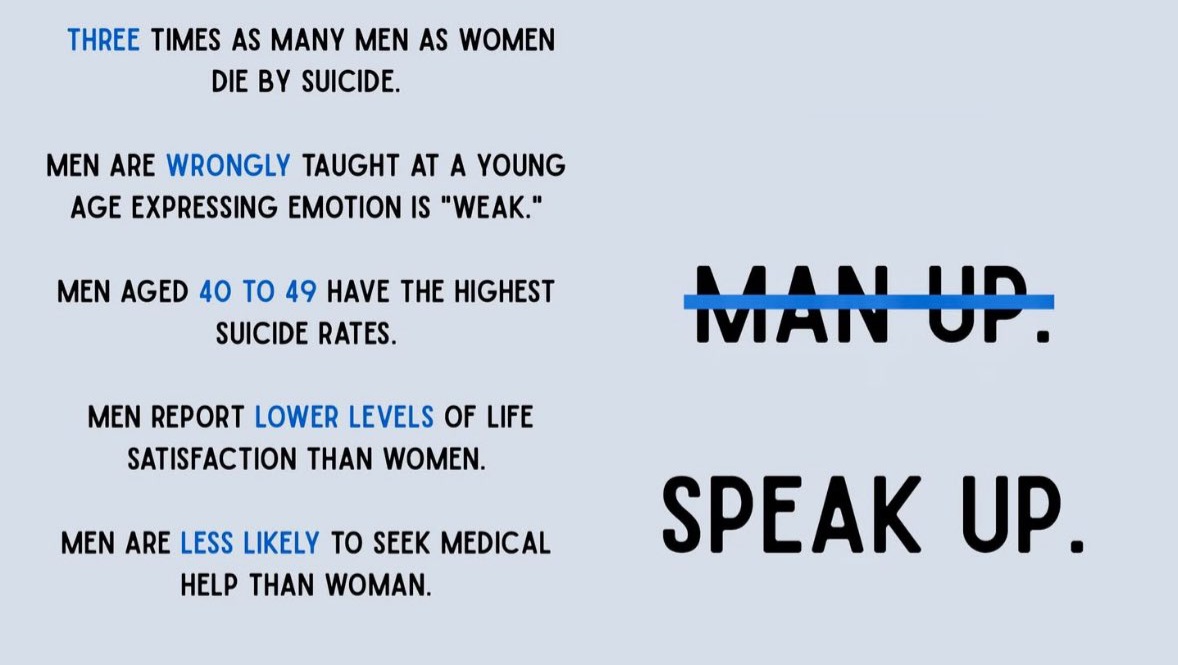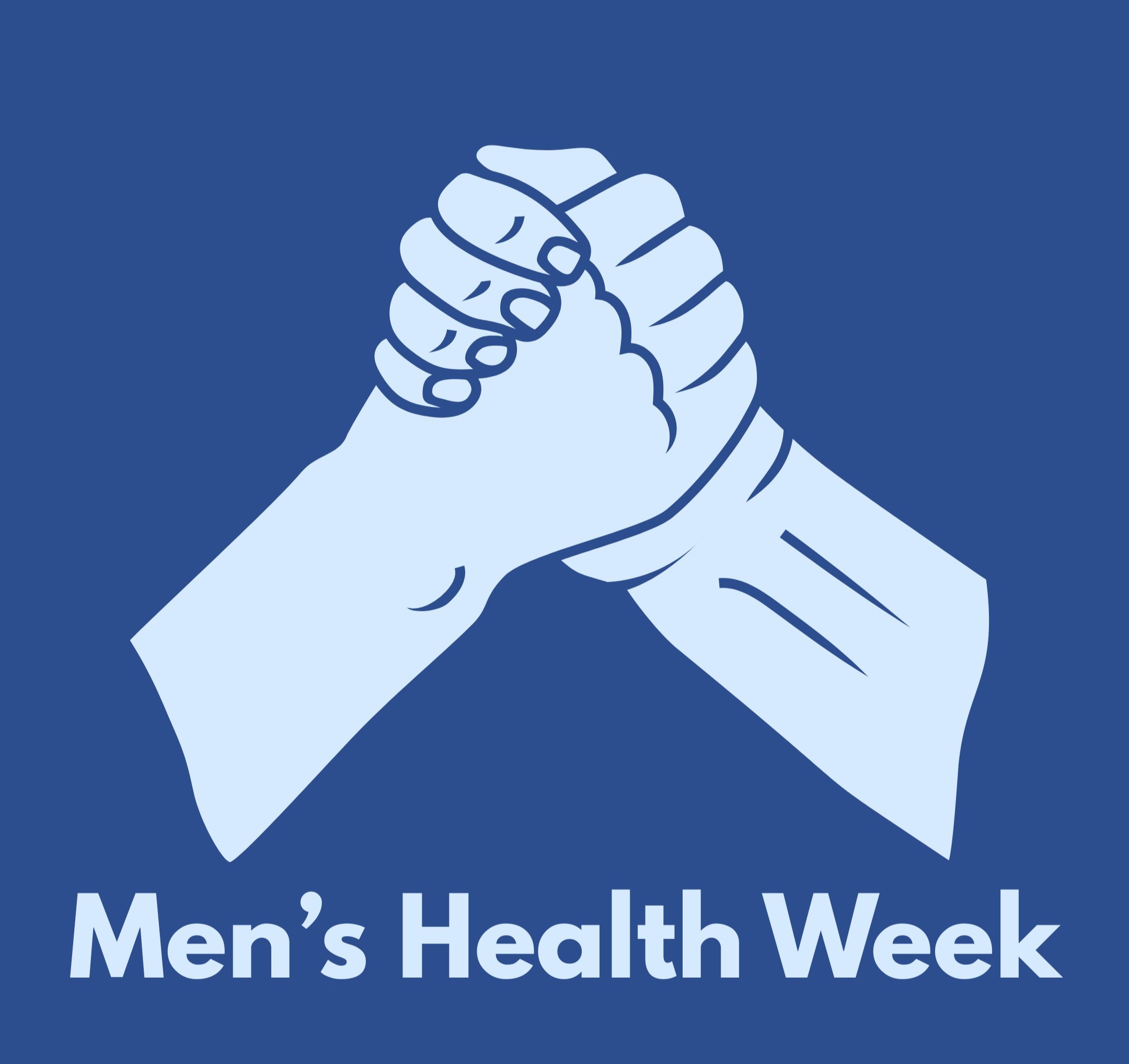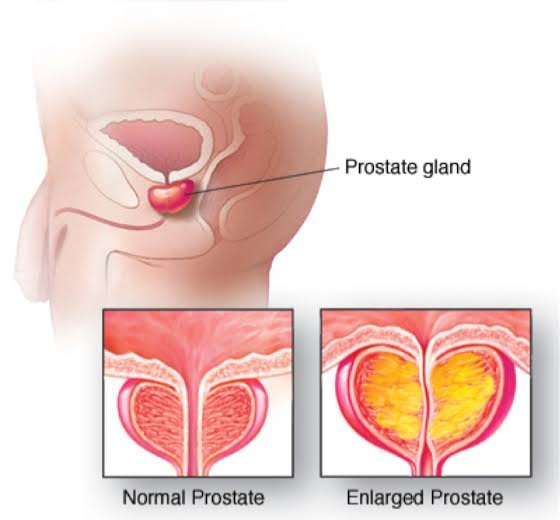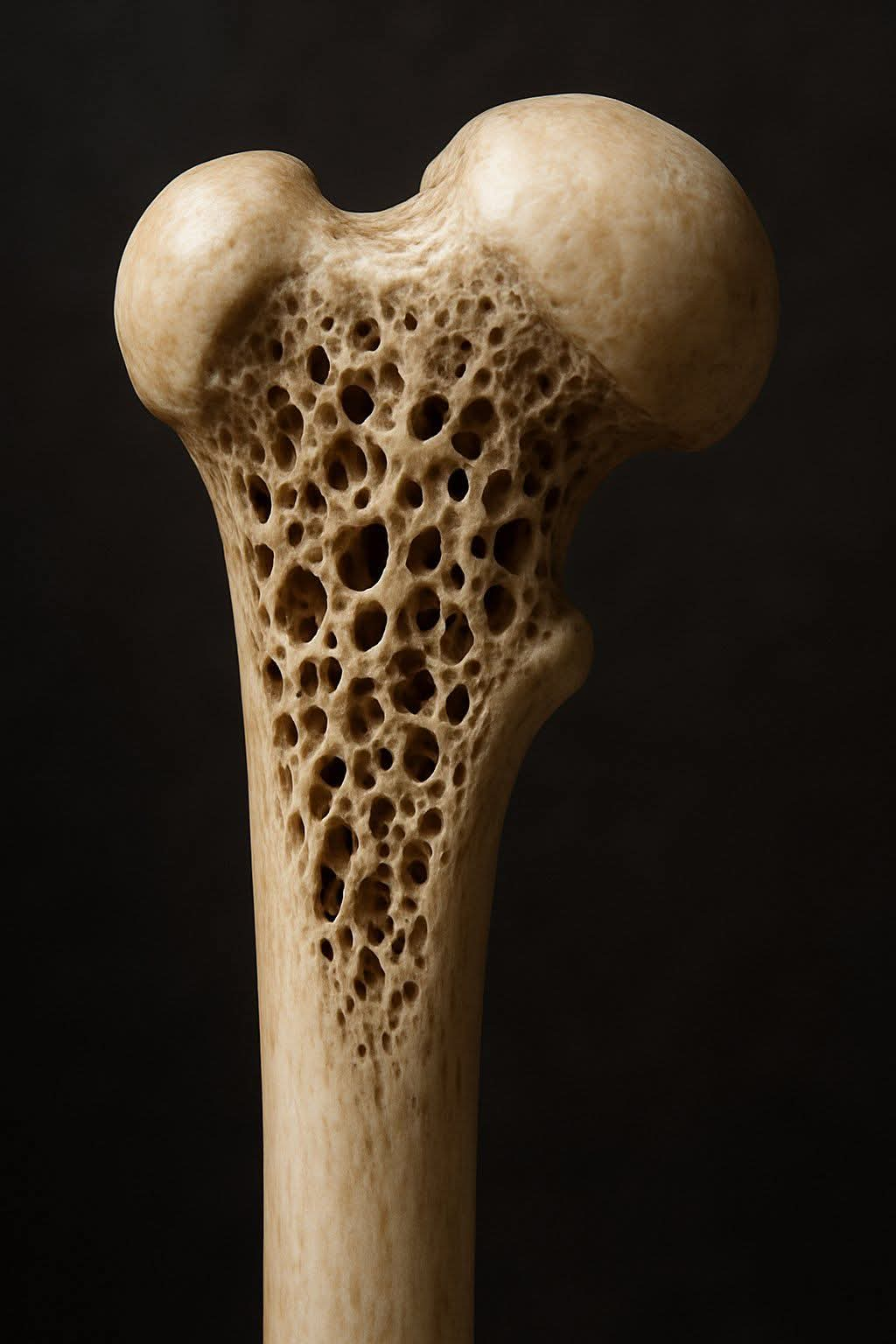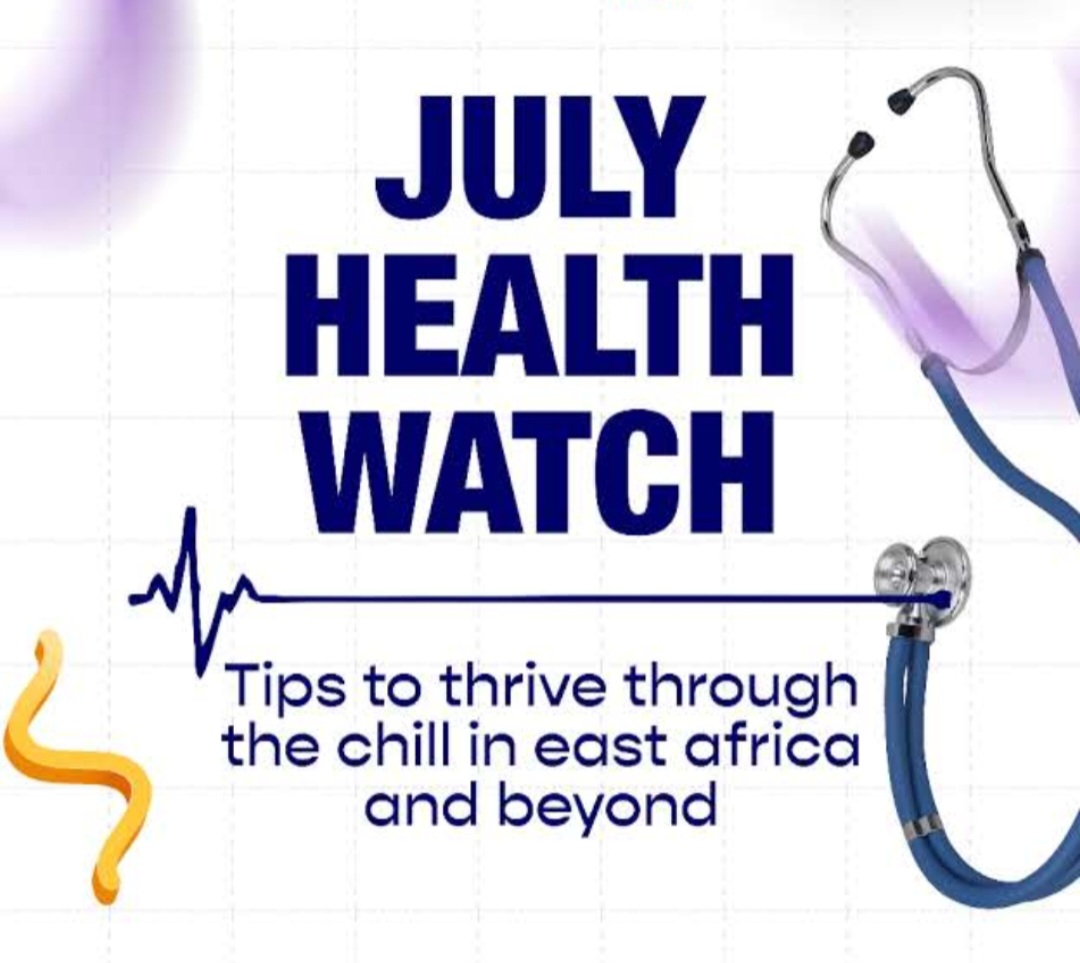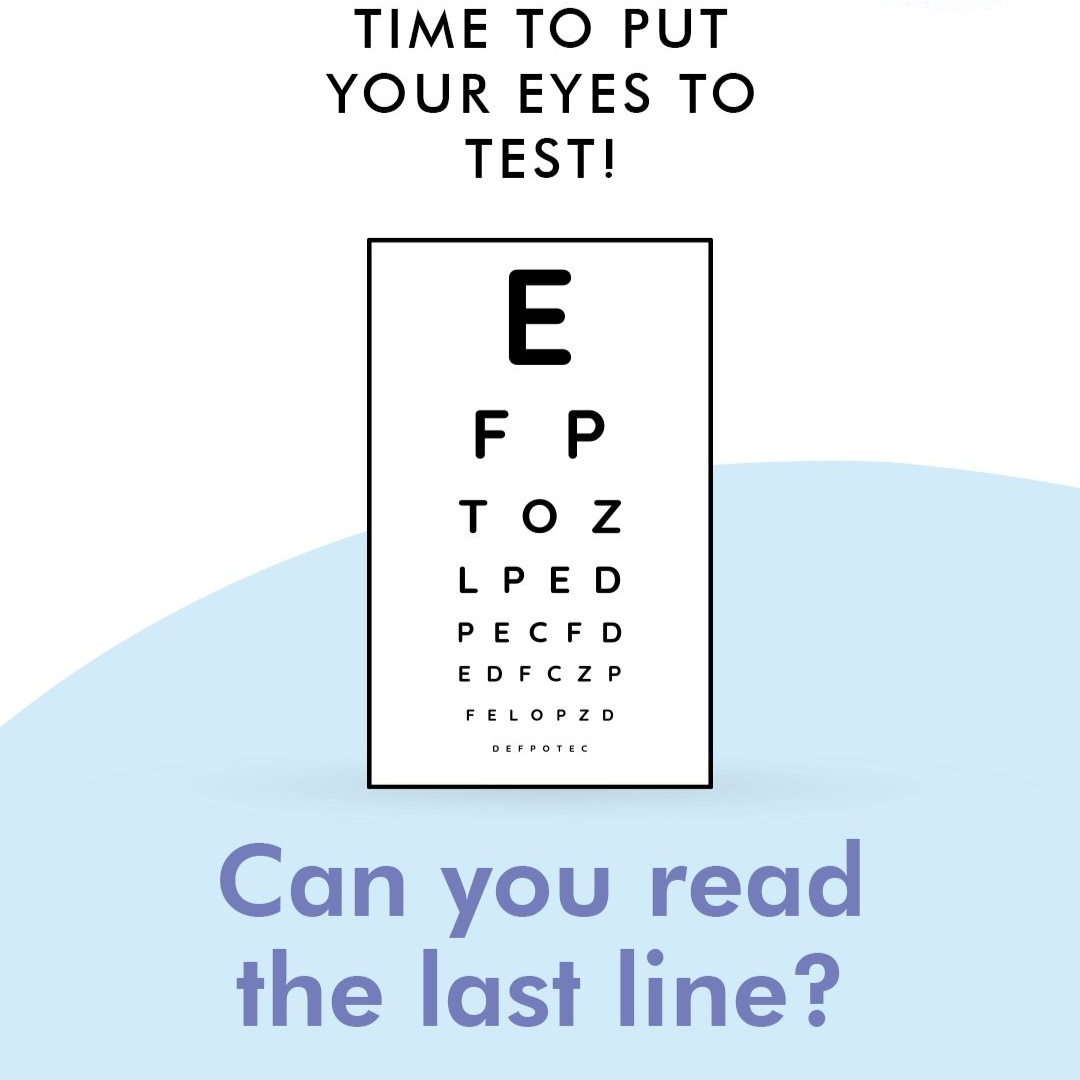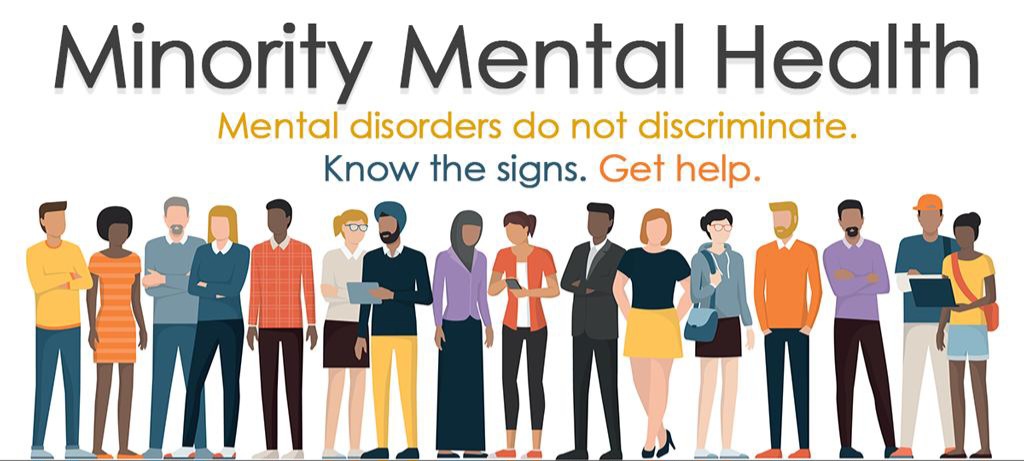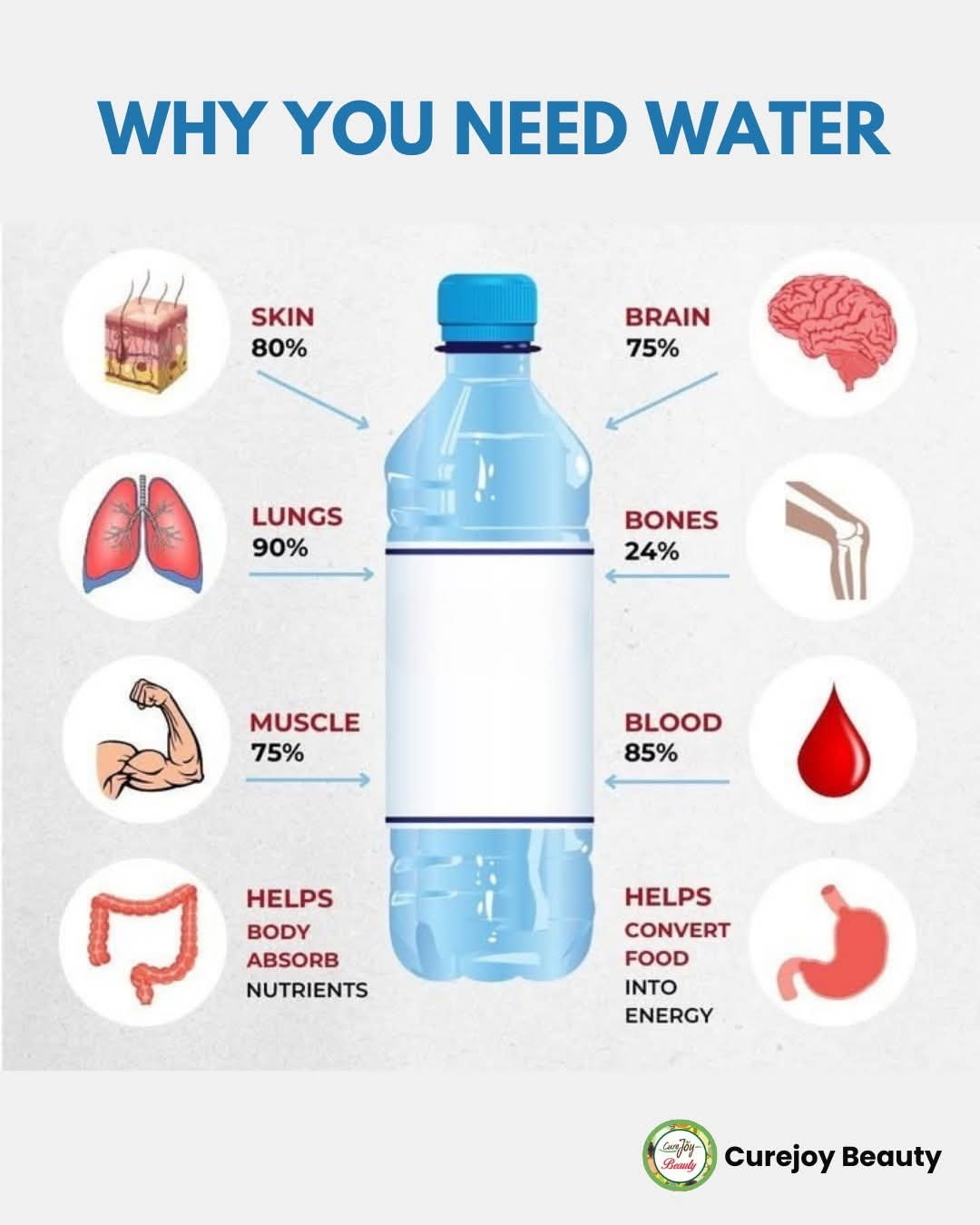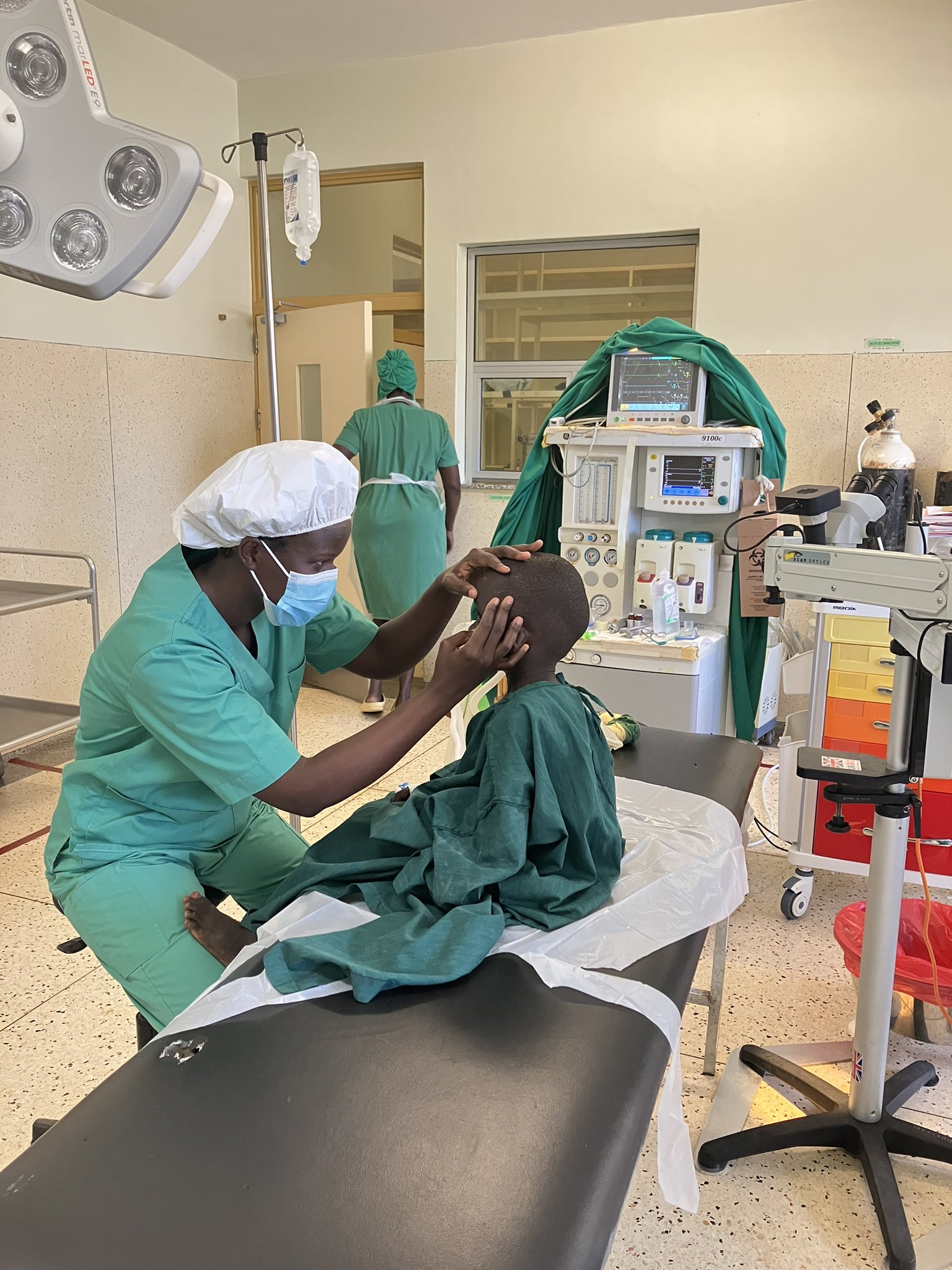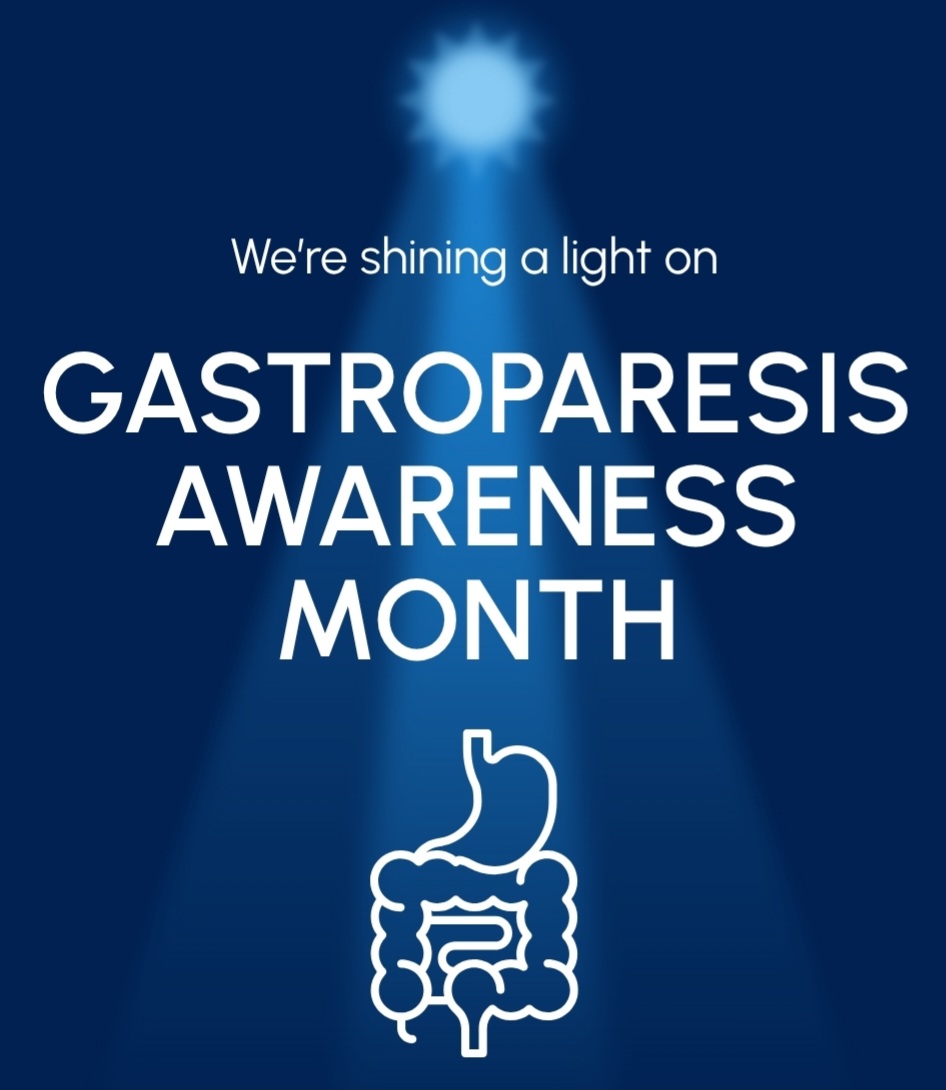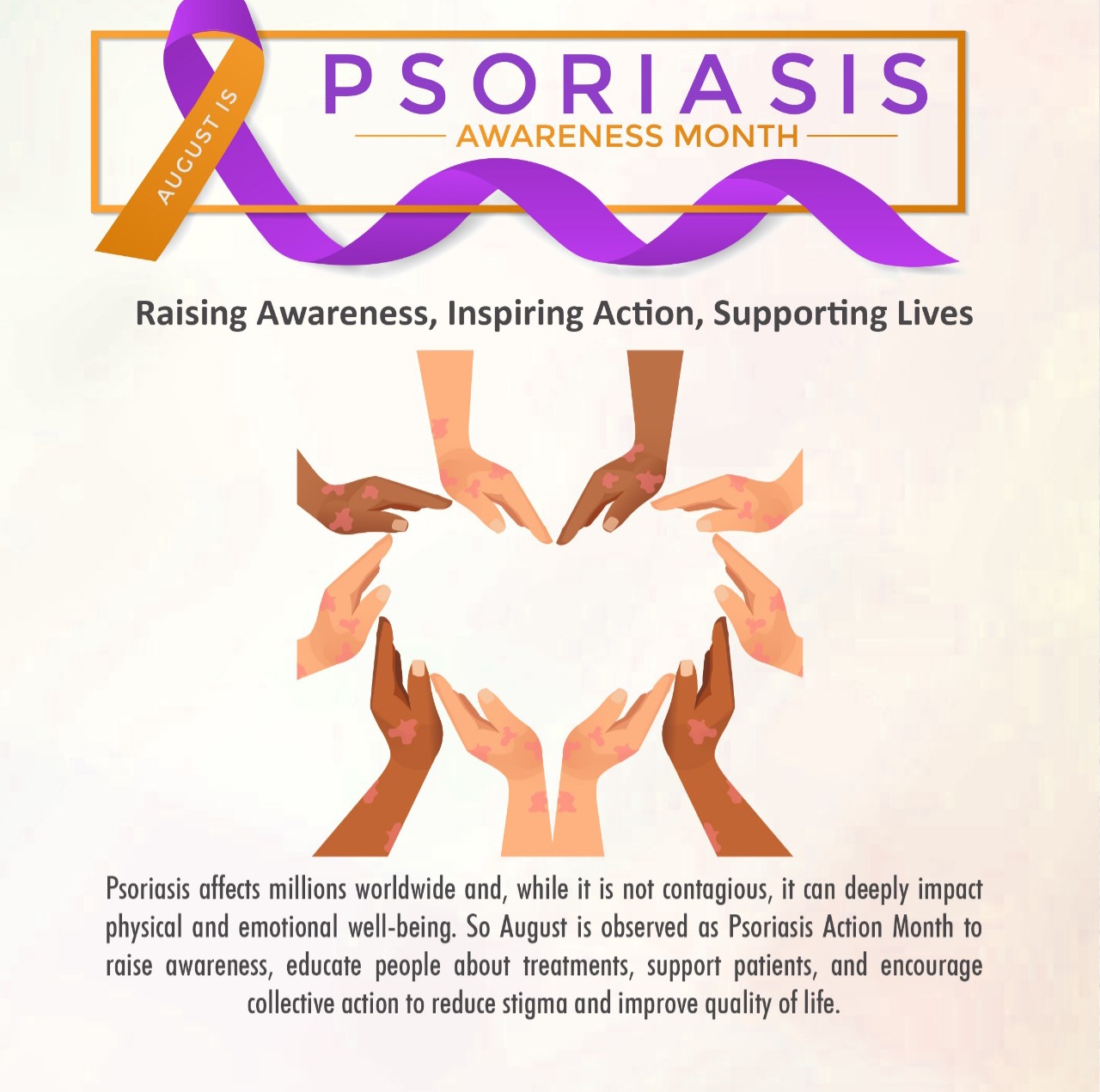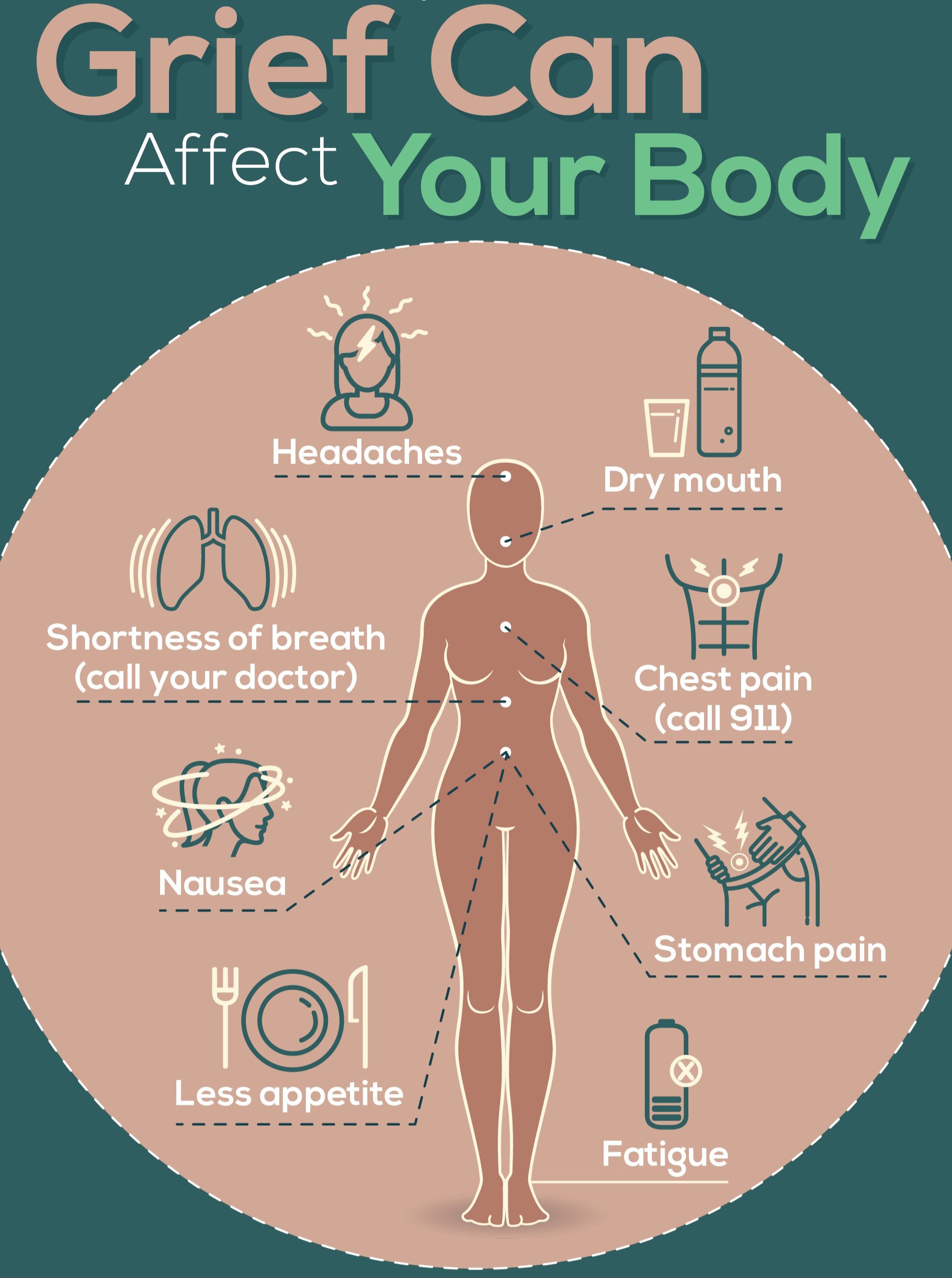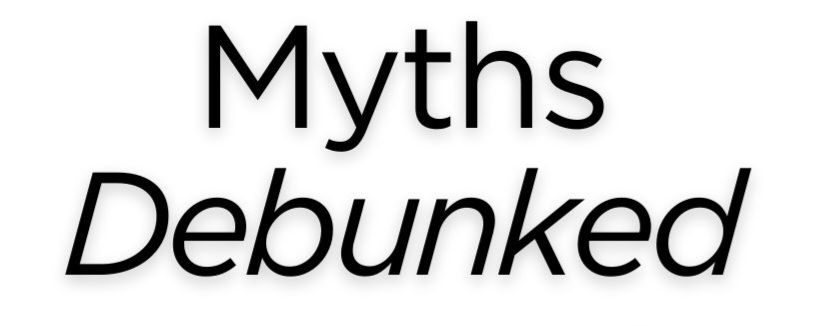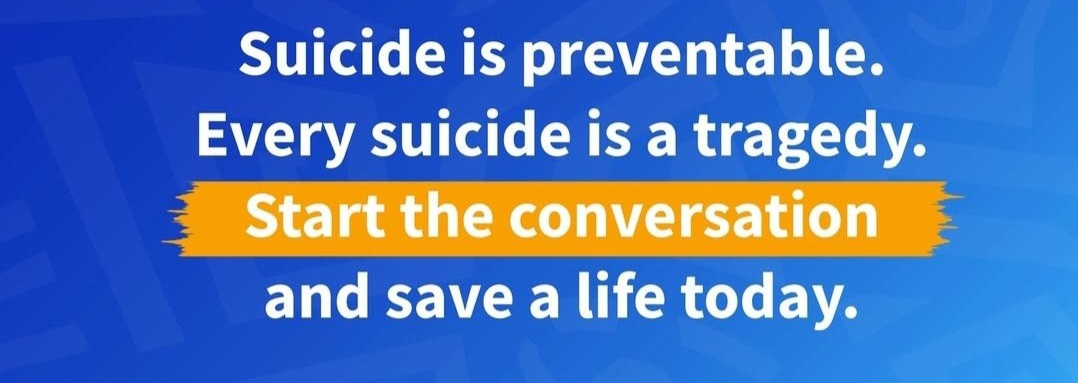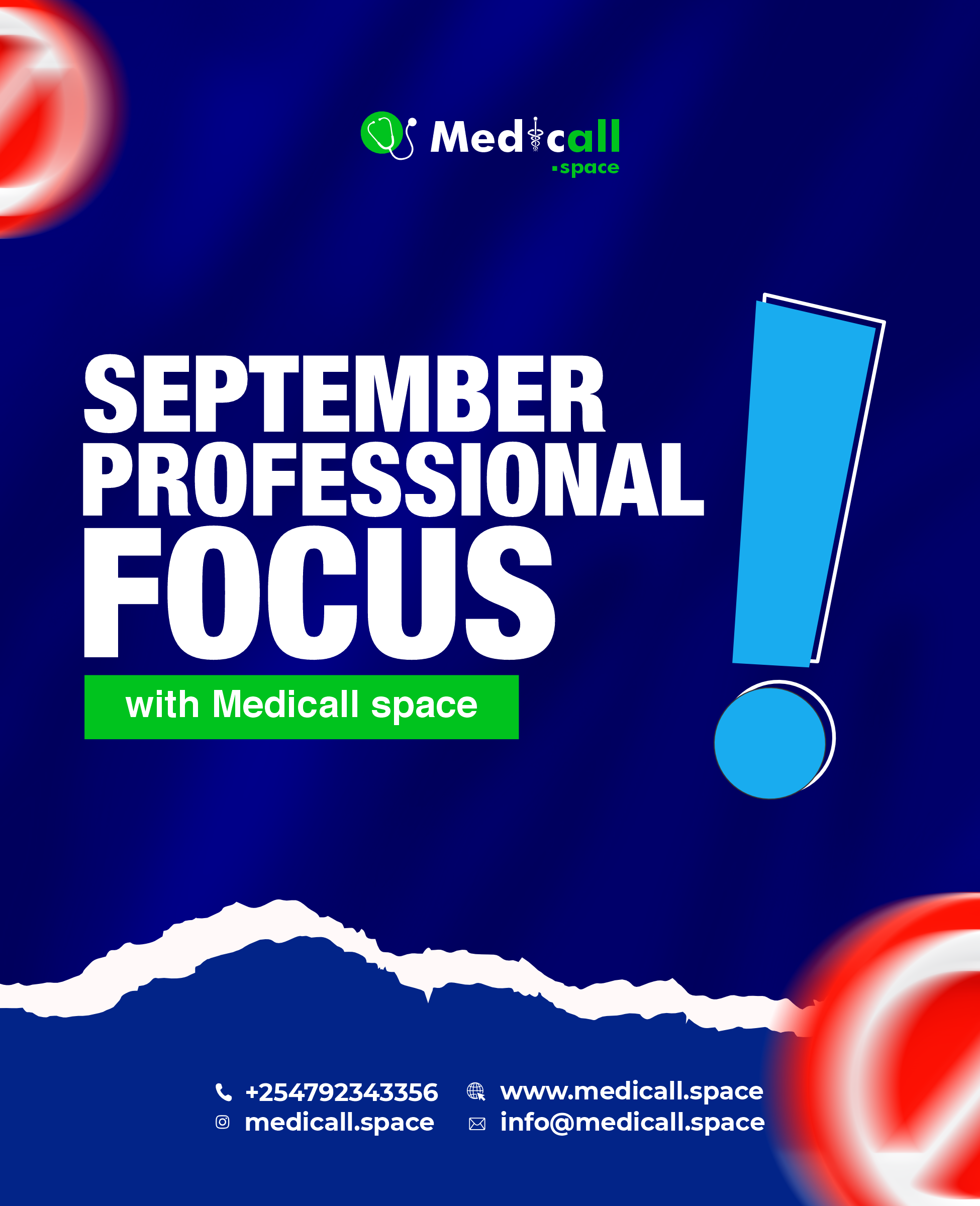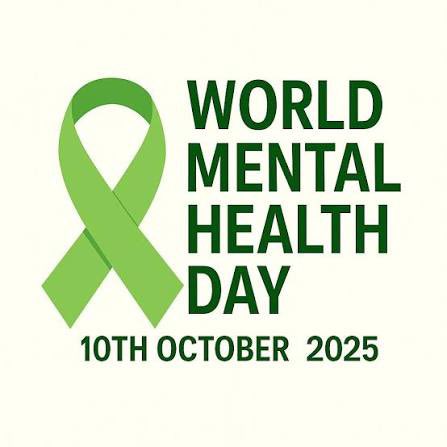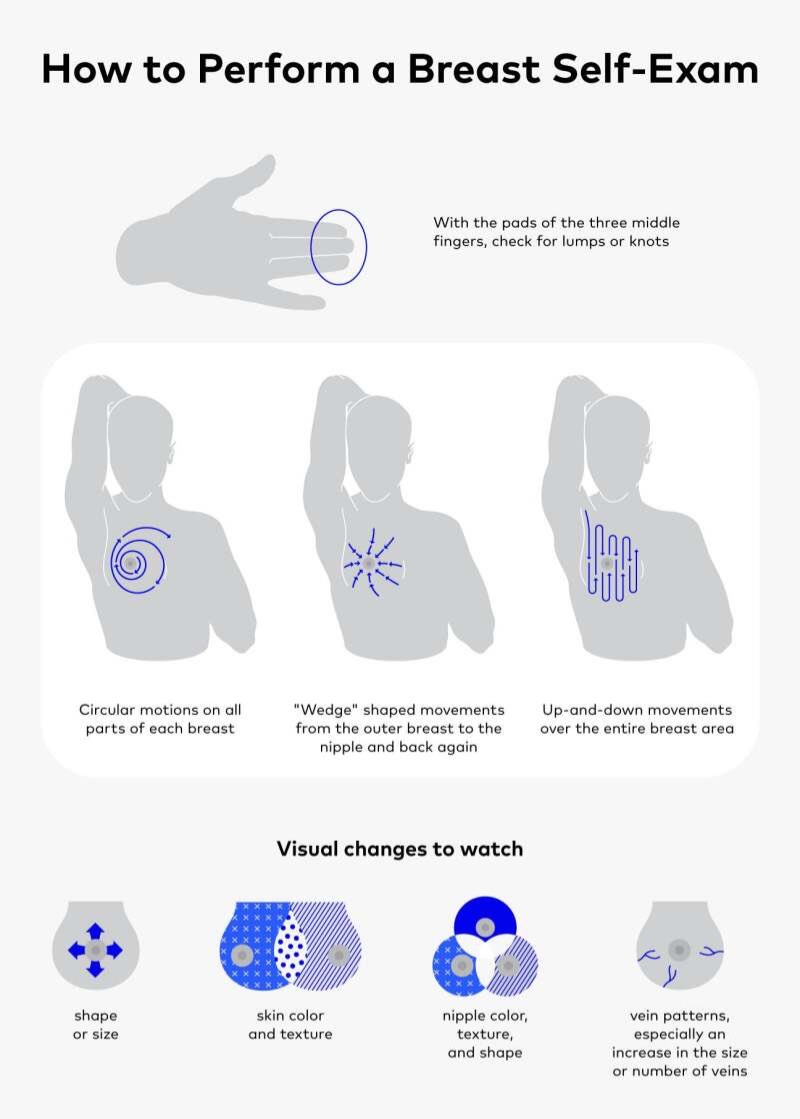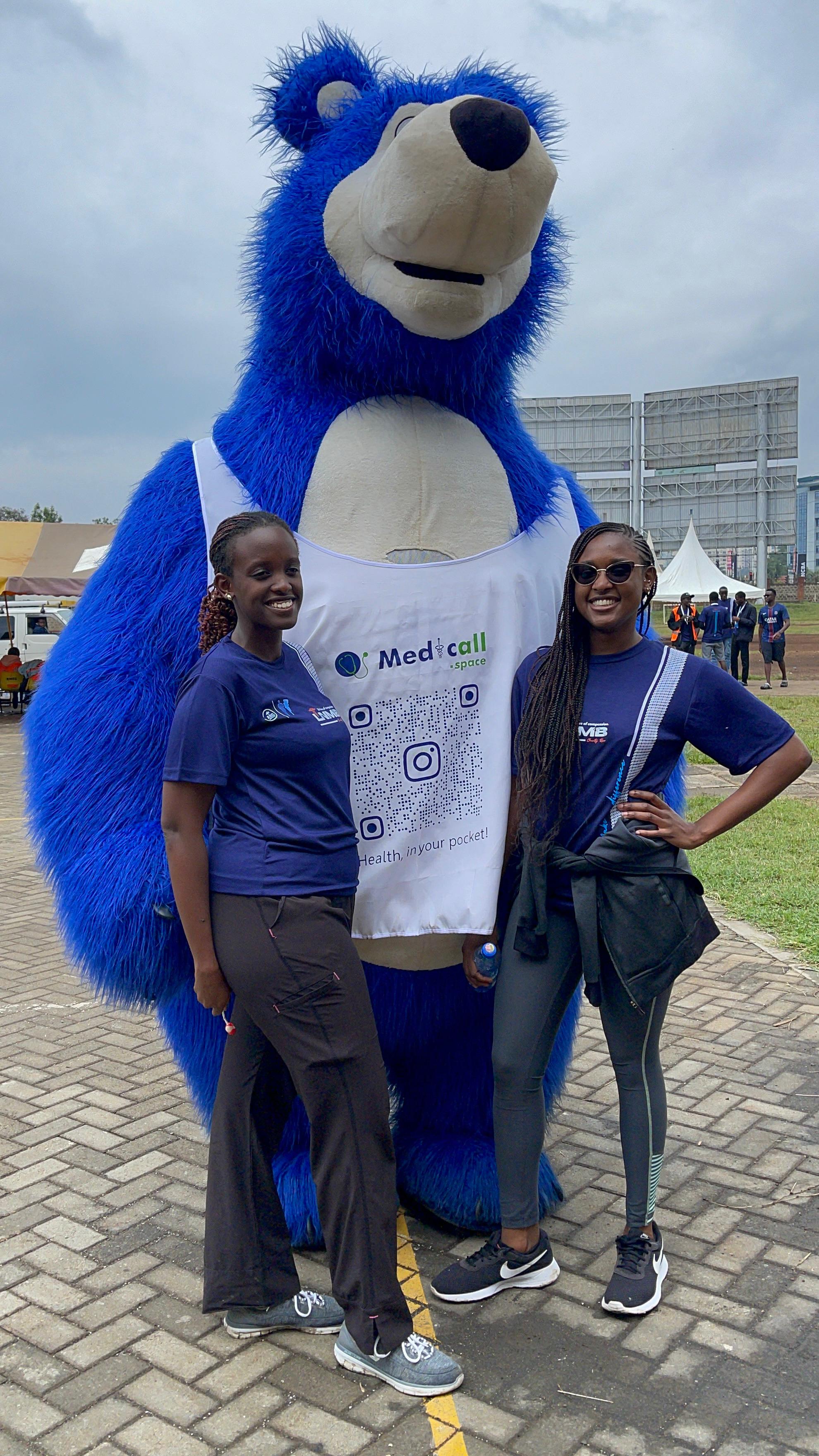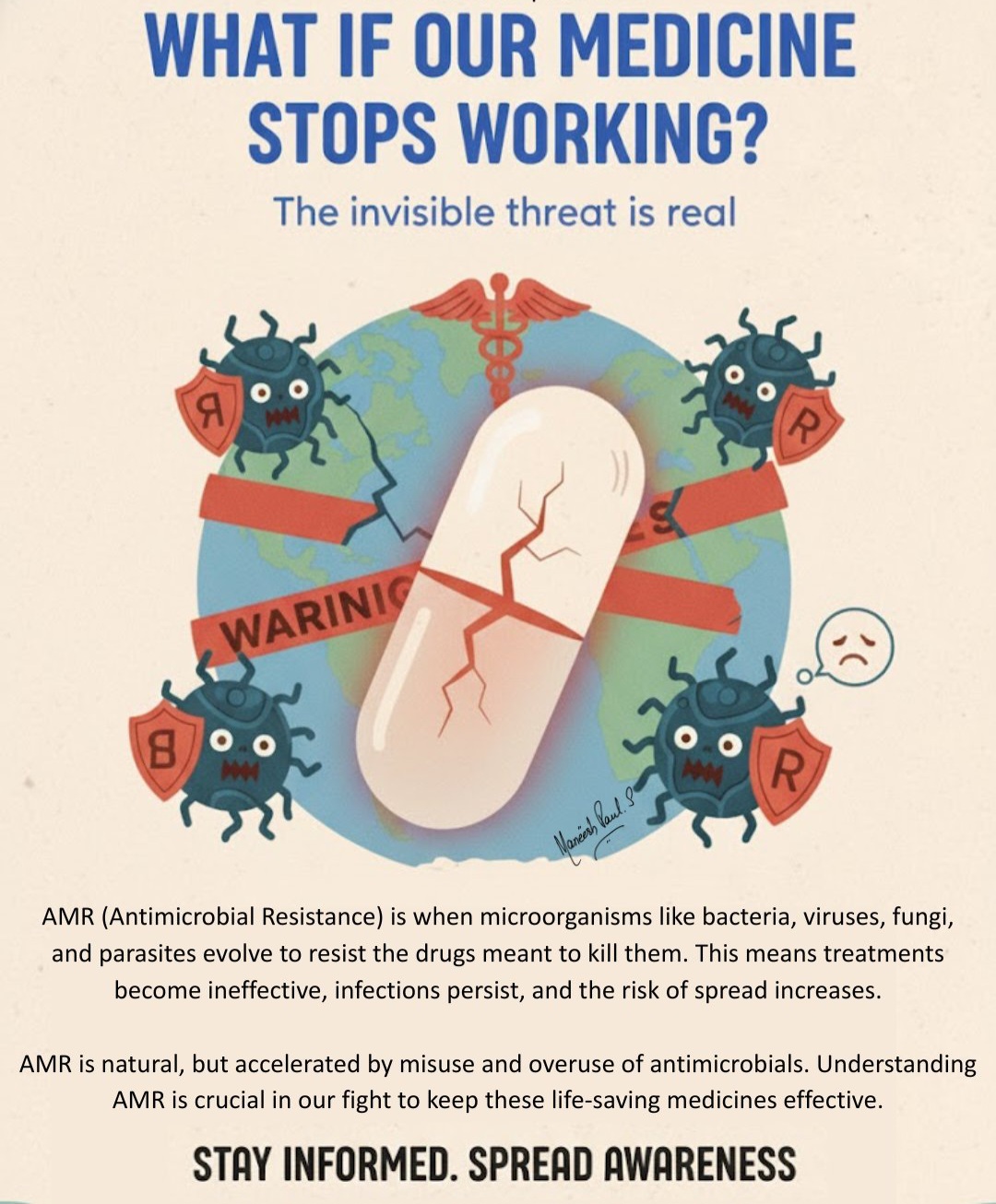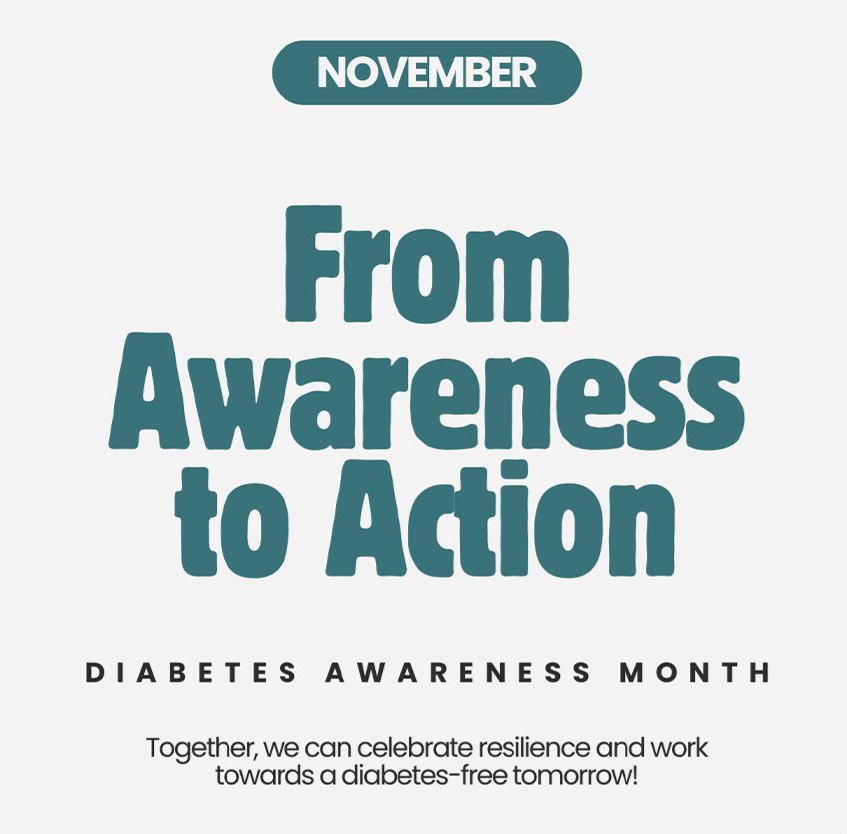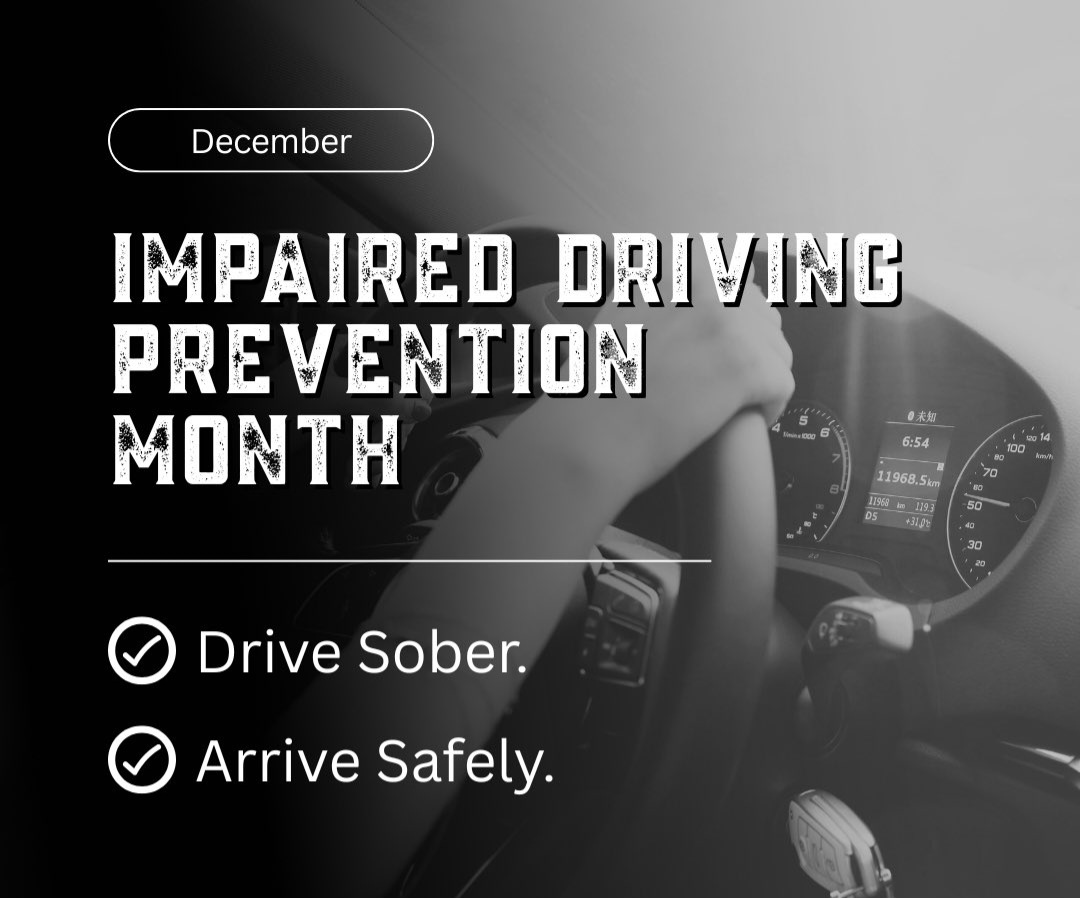As your child goes through childhood development, they are likely to face some common illnesses.
Some of the most common childhood illnesses and their approved treatments as per the American Academy of Pediatrics (AAP) are outlined below.
Always consult the doctor over your child's condition and treatment recommendations especially if your child has an ongoing medical condition or allergy.
The most common childhood illnesses include:
1. Sore Throat
A sore throat that is caused by a virus does not need antibiotics. In those cases, no specific medicine is required, and your child should get better in seven to ten days.
In other cases, a sore throat could be caused by an infection called streptococcal (strep throat) which require test to diagnose. Strep throat are managed by antibiotics (give the child the prescribed antibiotic to the full course).
Note: steroid medicines (such as prednisone) are not an appropriate treatment for most cases of sore throat.
Infants rarely get strep throat.
2. Ear Pain
It can have many causes—including ear infection (otitis media), swimmer's ear (infection of the skin in the ear canal), pressure from a cold or sinus infection, teeth pain radiating up the jaw to the ear etc. The exact cause needs a doctor's or pediatrician's examination.
Amoxicillin is the preferred antibiotic for middle ear infections—except when there is an allergy to penicillin or chronic or recurrent infections.
Many true ear infections are caused by viruses and do not require antibiotics. If your pediatrician suspects your child's ear infection may be from a virus, they will advise an appropriate treatment option.
3. Urinary Tract Infection
Bladder infections, also called urinary tract infections or UTIs, occur when bacteria build up in the urinary tract.
A UTI can be found in children from infancy through the teen years and into adulthood. Symptoms of a UTI include pain or burning during urination, the need to urinate frequently or urgently, bedwetting or accidents by a child who knows to use the toilet, abdominal pain, or side or back pain.
UTI requires a test to diagnose. The doctor will advise on treatment bases on the particular bacteria found.
4. Skin Infection
A skin test (culture or swab) may be needed to determine the most-appropriate treatment.
The doctor will need history of MRSA, staph infection, or other resistant bacteria or if the child has been exposed to other family members or contacts with resistant bacteria.
5. Bronchiolitis
Bronchiolitis is common in infants and young children during the cold and flu season. The doctor may hear "wheezing" when your child breathes.
Bronchiolitis is most often caused by a virus, which does not require antibiotics. Instead, most treatment will target making your child comfortable with close monitoring for any difficulty in breathing, eating, or signs of dehydration.
6. Pain
The best medicines for pain relief for children are acetaminophen (paracetamol) or ibuprofen. Give the child pain relivers as prescribed.
Narcotic pain medications are not appropriate for children with mild common injuries or complaints such as sprained ankle, ear pain, or sore throats. More warning signs are on use of codeine in children.
7. Common Cold
Many young children—especially those in child care—can get 6 to 8 colds per year. Symptoms of a cold (including runny nose, congestion, and cough) may last for up to ten days.
Green mucus in the nose does not automatically mean that antibiotics are needed.
Common colds never need antibiotics. However, if a sinus infection is suspected, the doctor will examine your child and advise on which antibiotics to use.
8. Bacterial Sinusitis
Bacterial sinusitis is caused by bacteria trapped in the sinuses. Sinusitis is suspected when cold-like symptoms such as nasal discharge, daytime cough, or both last over ten days without improvement.
Antibiotics may be needed if this condition is accompanied by thick yellow nasal discharge and a persistent fever that lasts at least 3 or 4 days.
8. Cough
Coughs are usually caused by viruses and do not often require antibiotics.
Cough medicine is not recommended for children 4 years of age and younger, or for children 4 to 6 years of age unless advised by your doctor.
Usually, cough medicines do not work in the 4-years-and-younger age group and have the potential for serious side effects. Cough medicines with narcotics—such as codeine—should not be used in children.
Always consult the doctor/pediatrician if your child's illness appears to change, becomes worse, does not go away after a few days, or if new symptoms develop.
